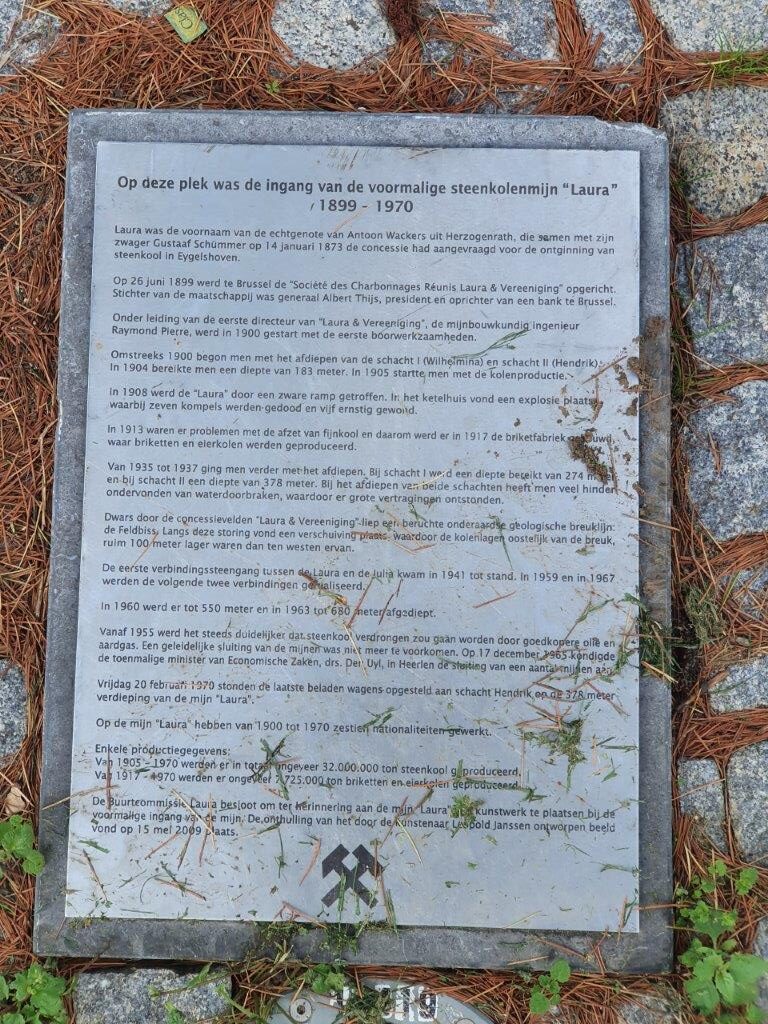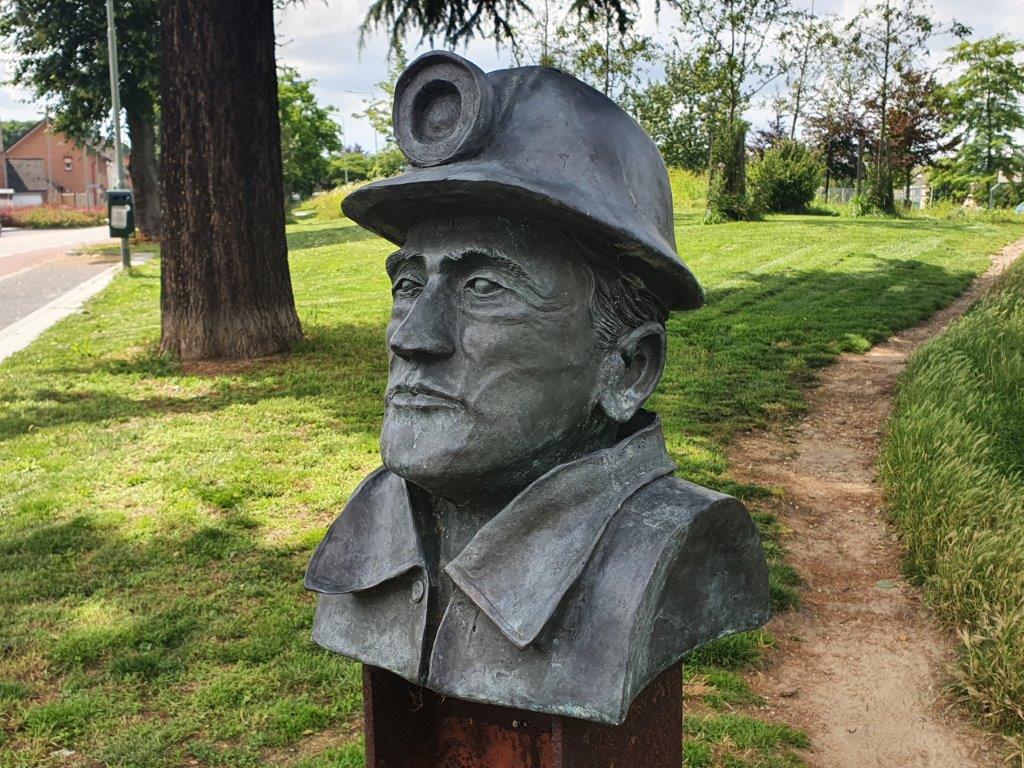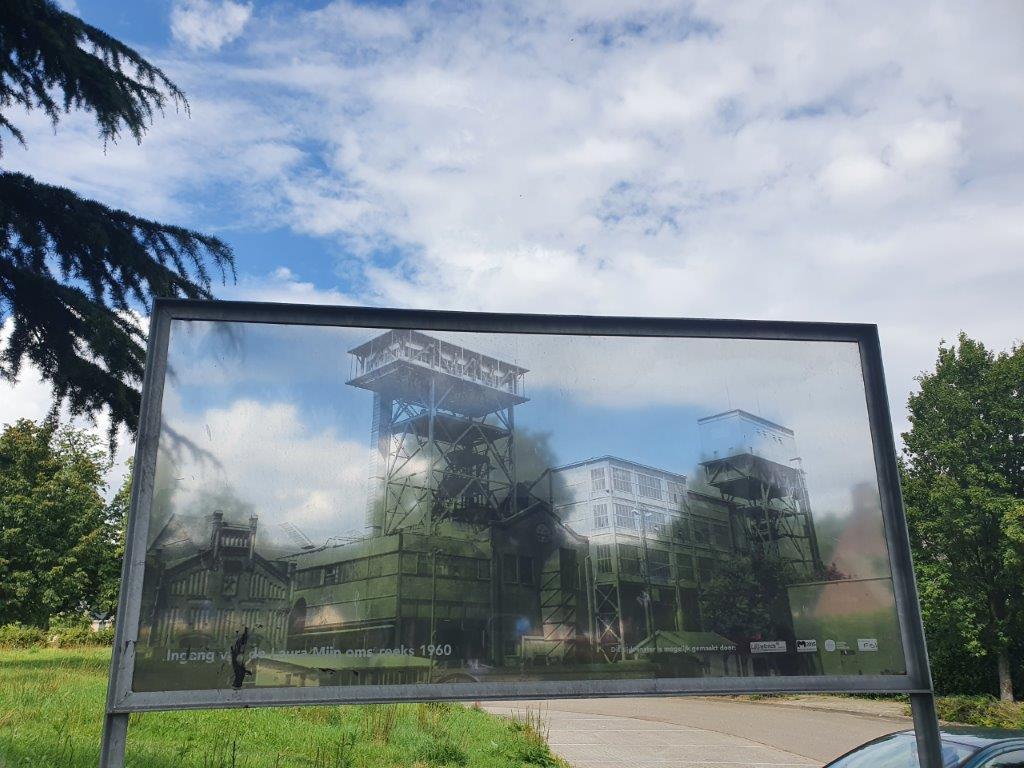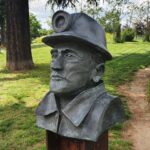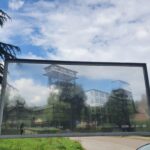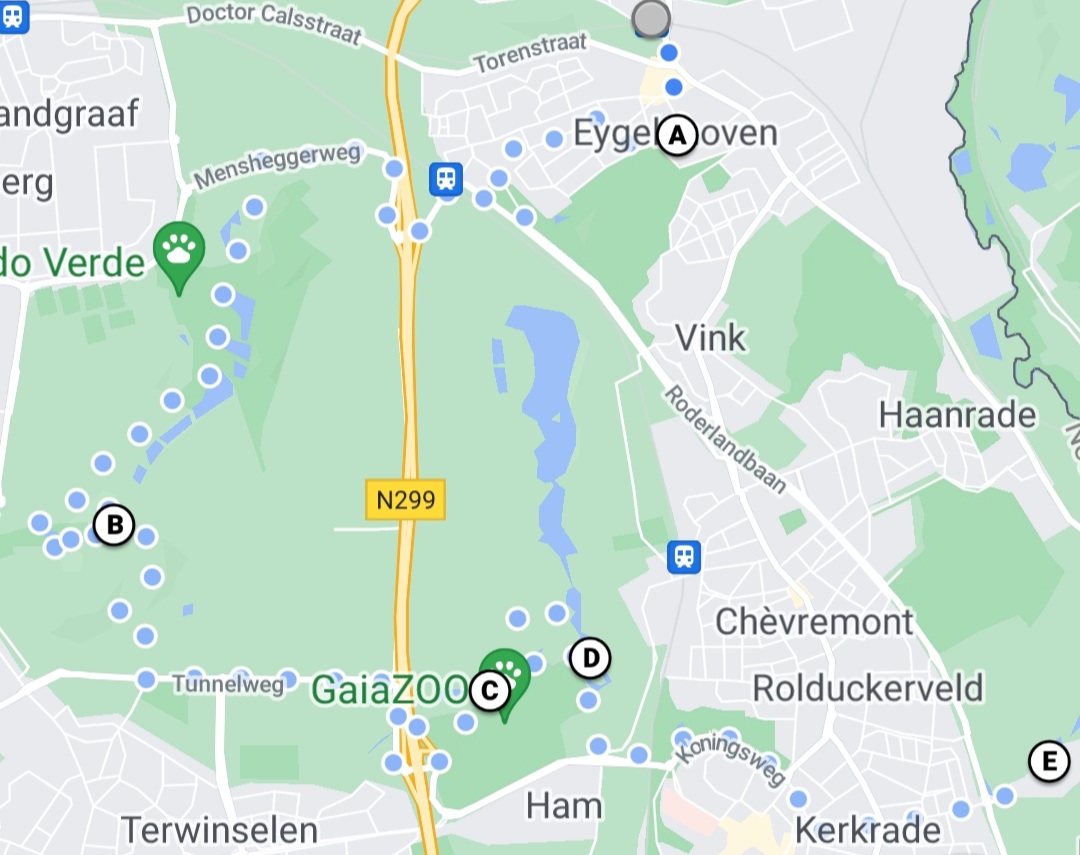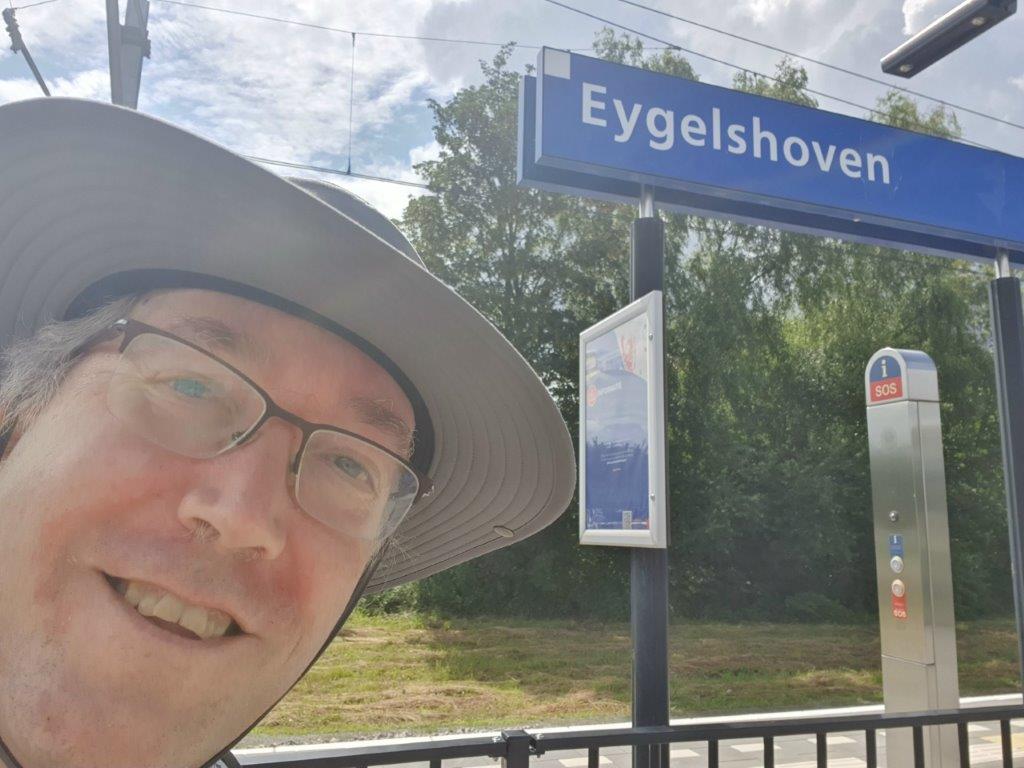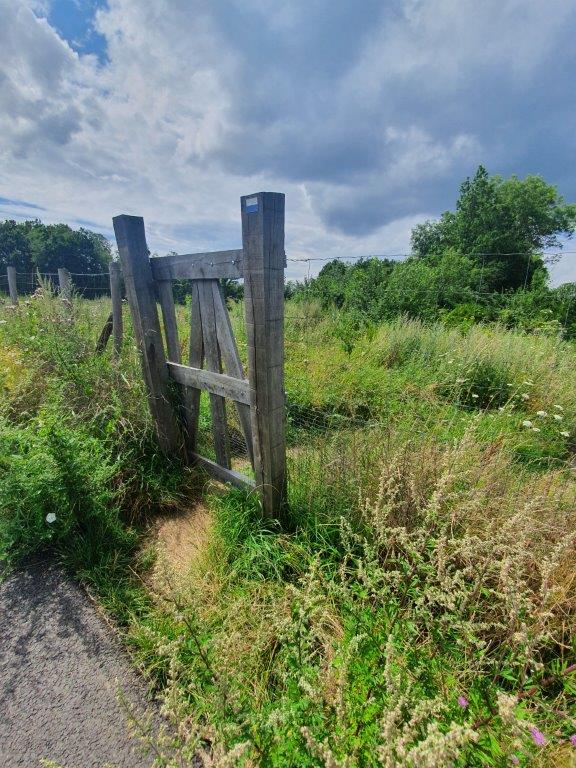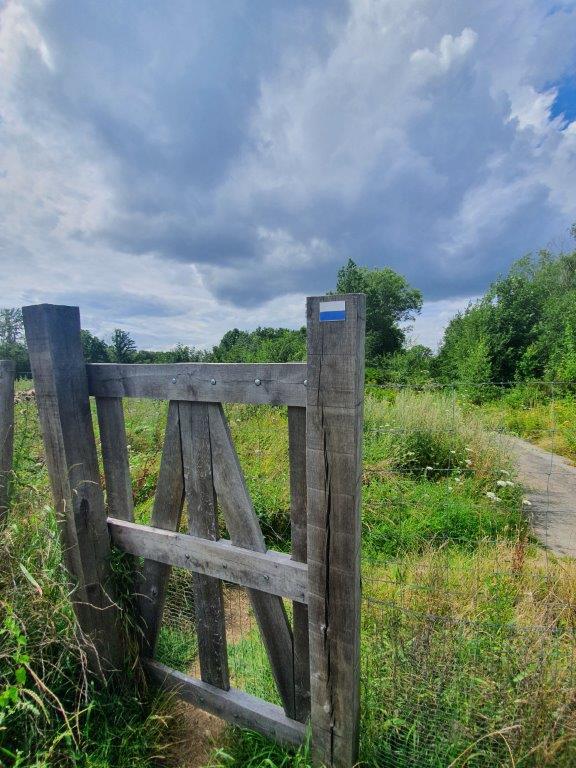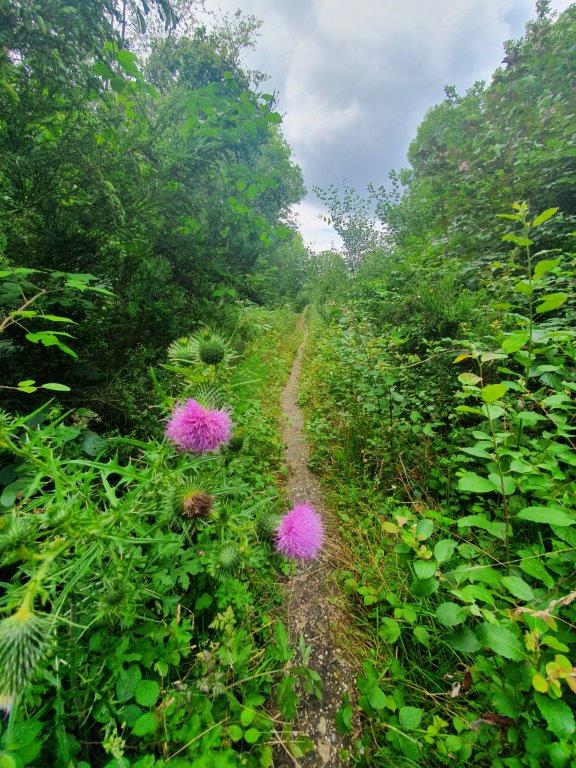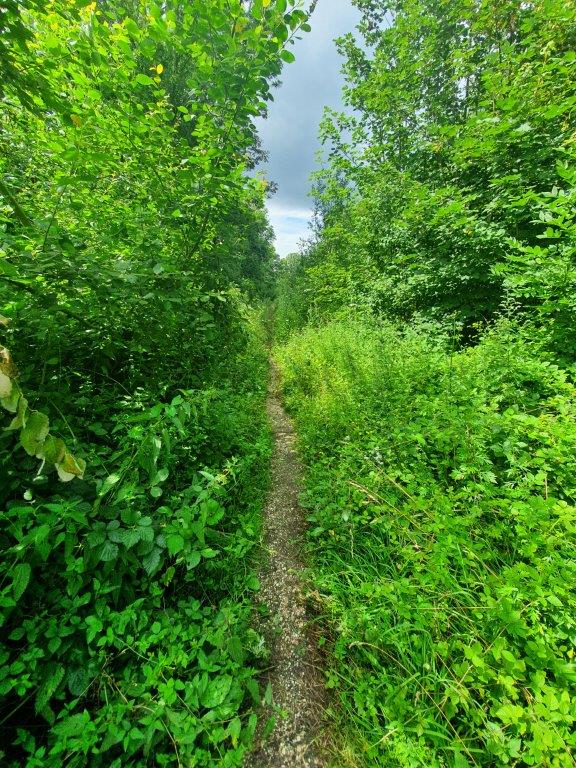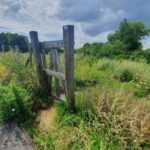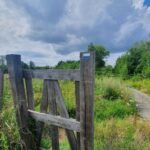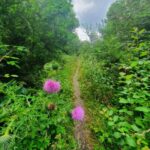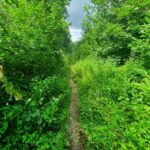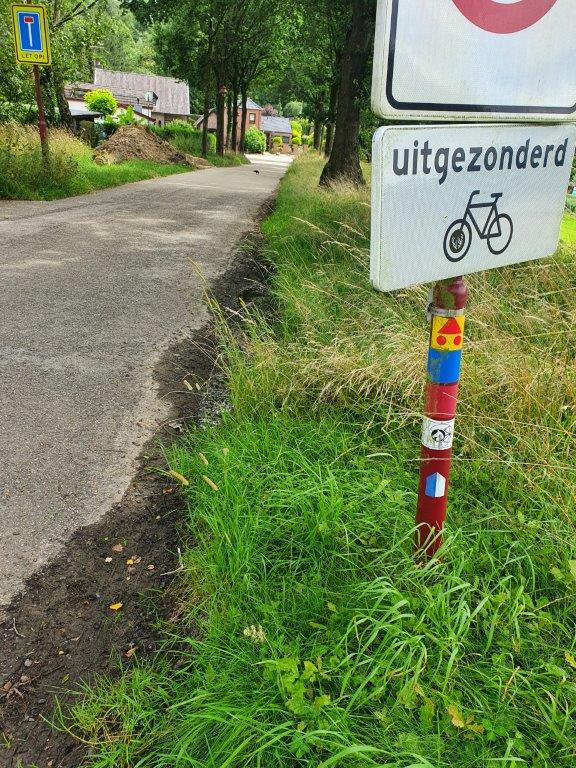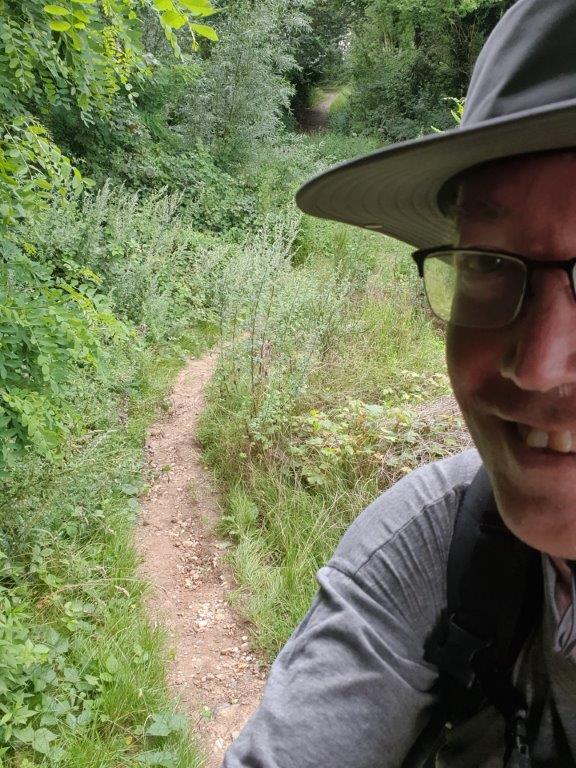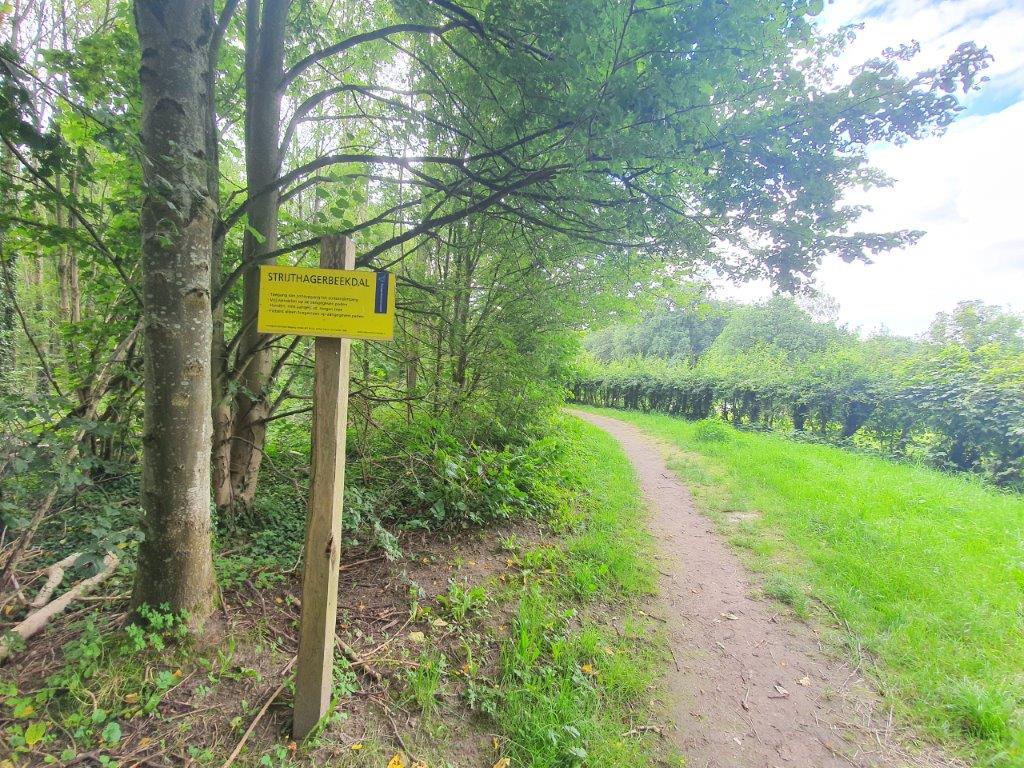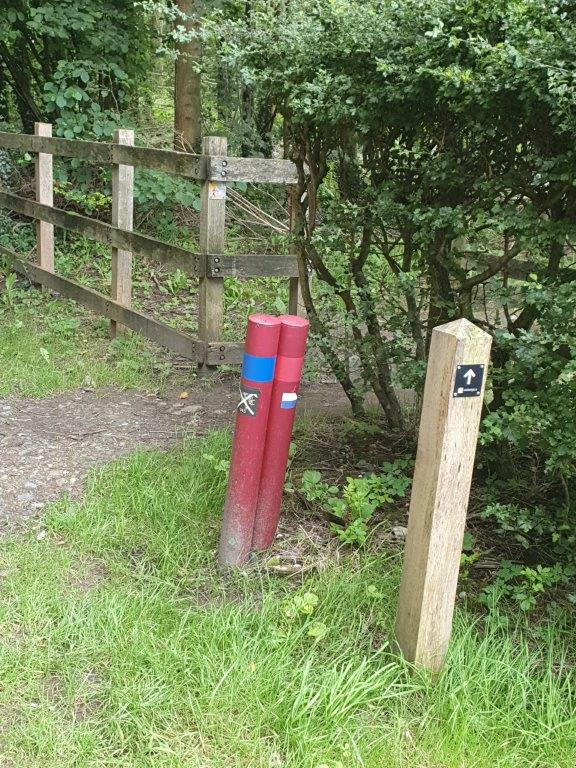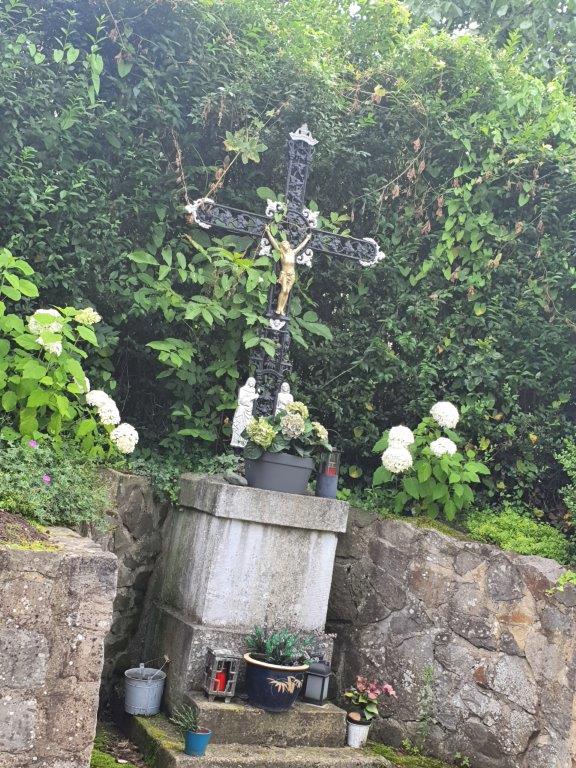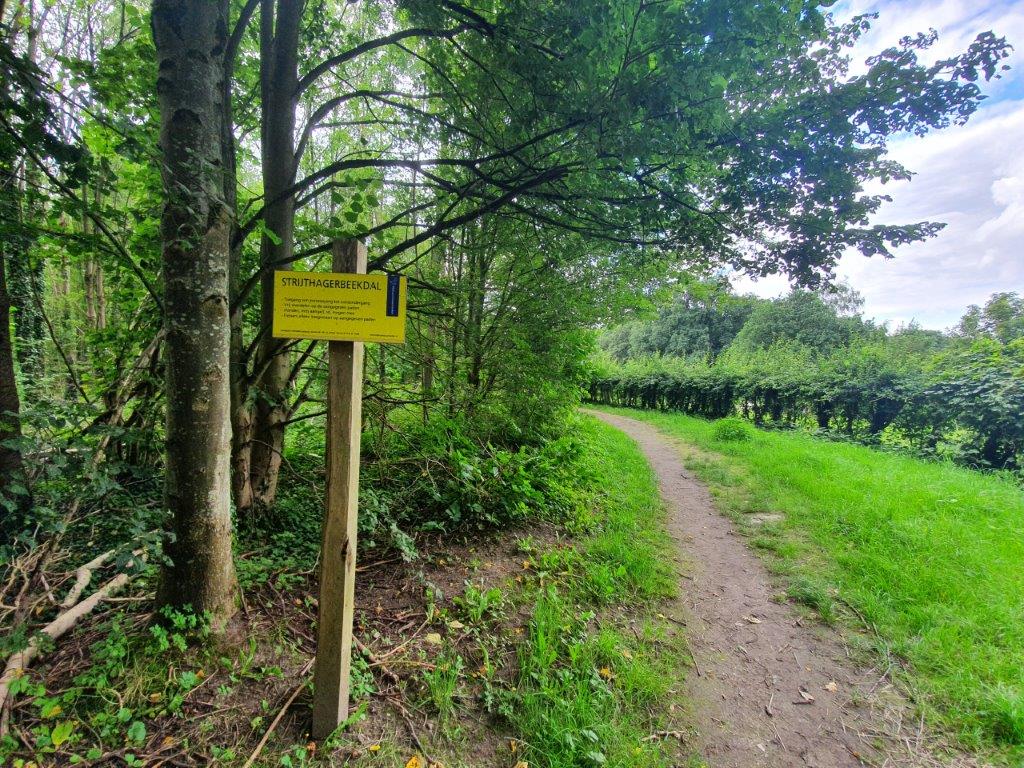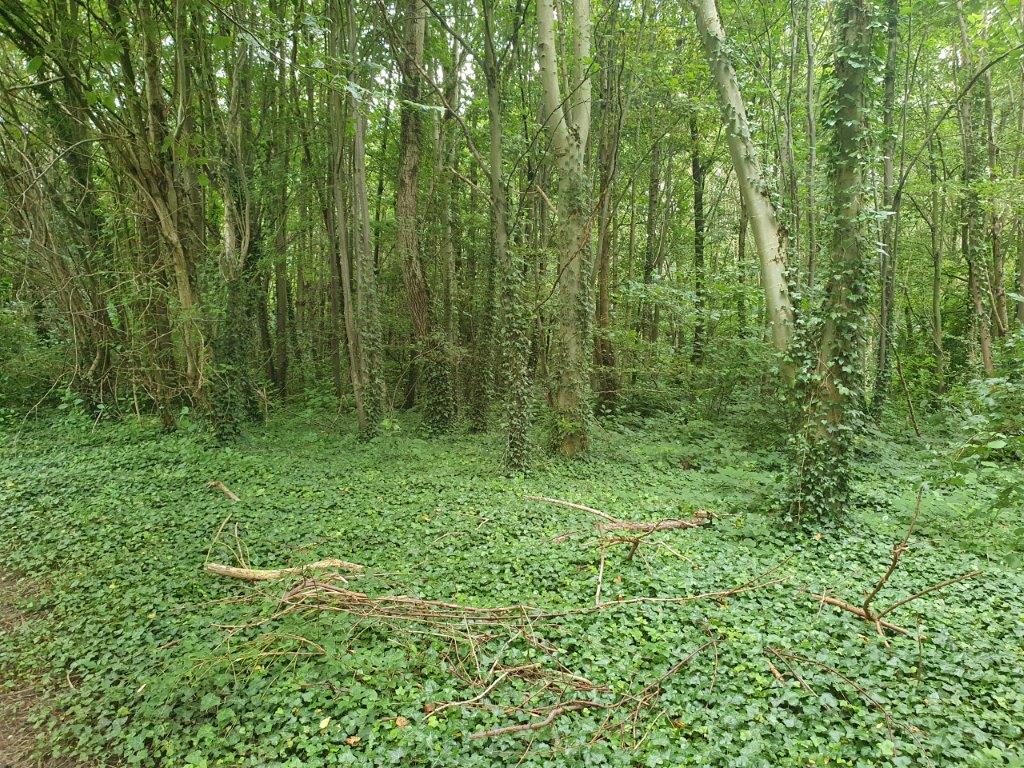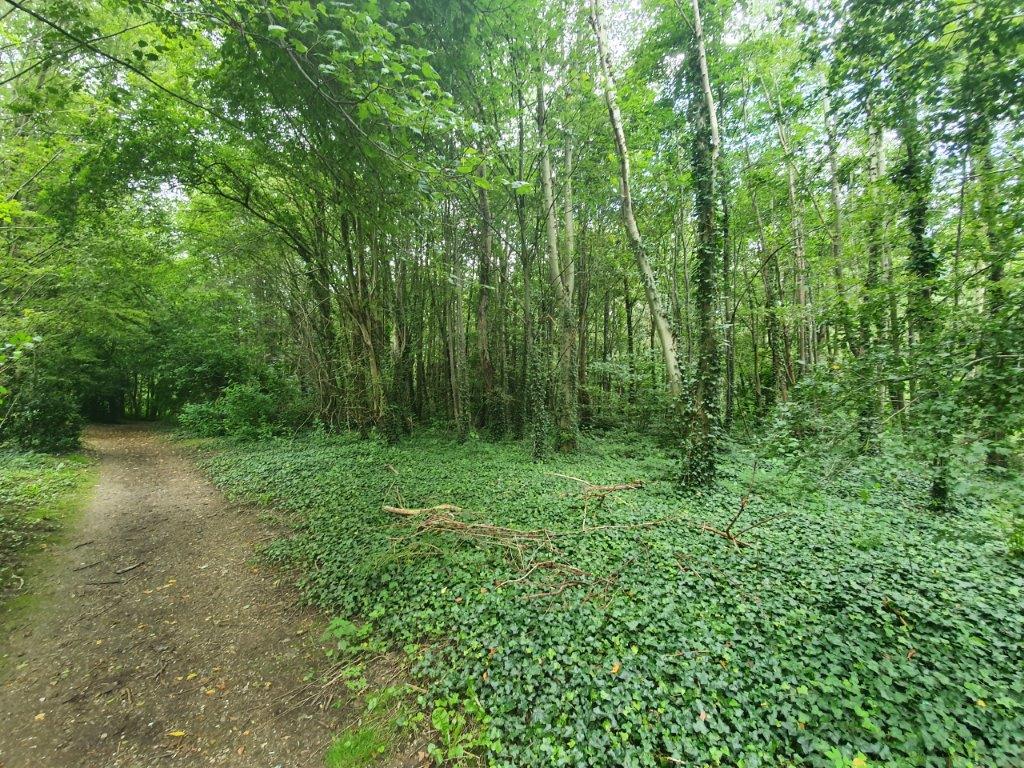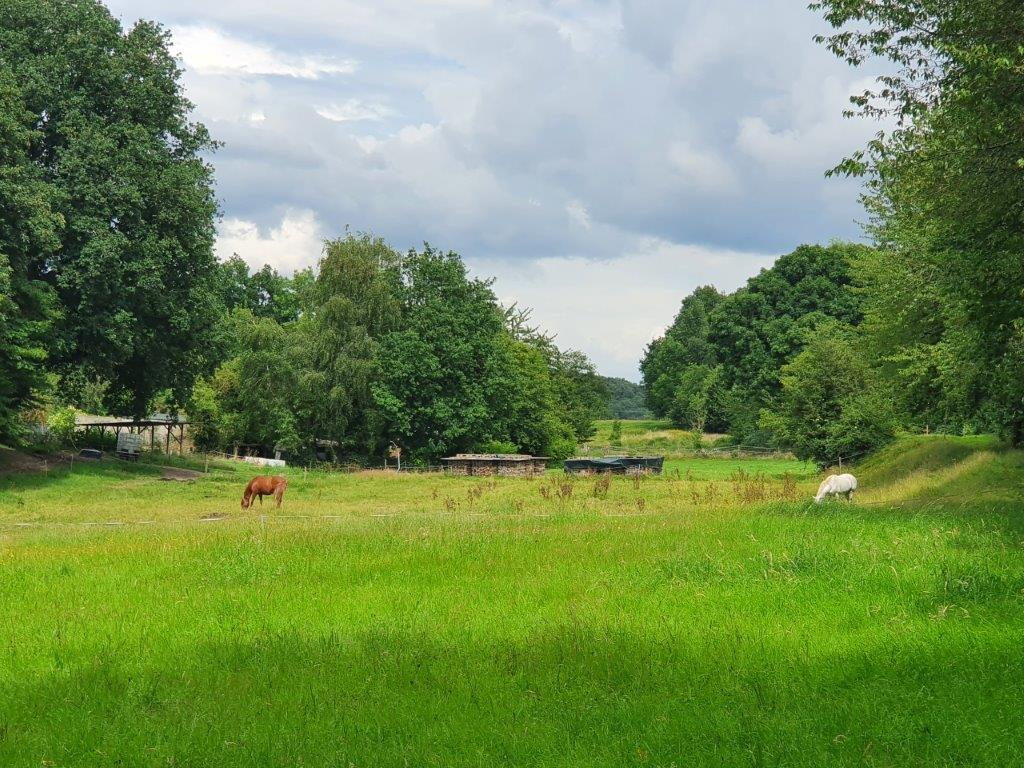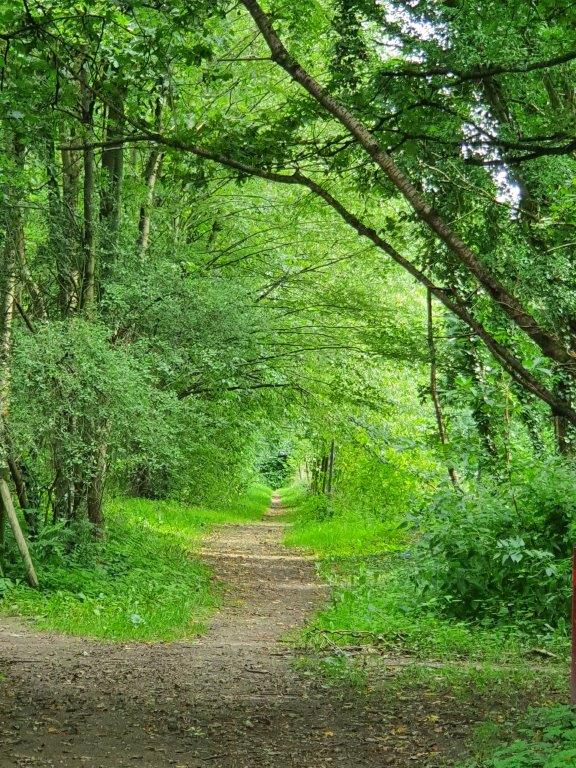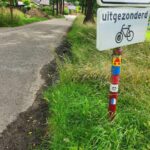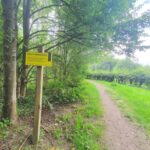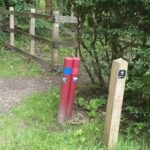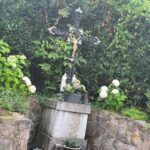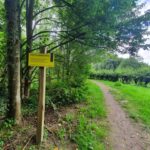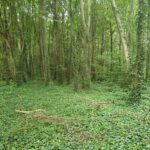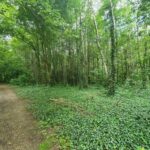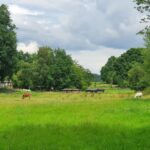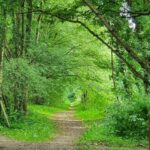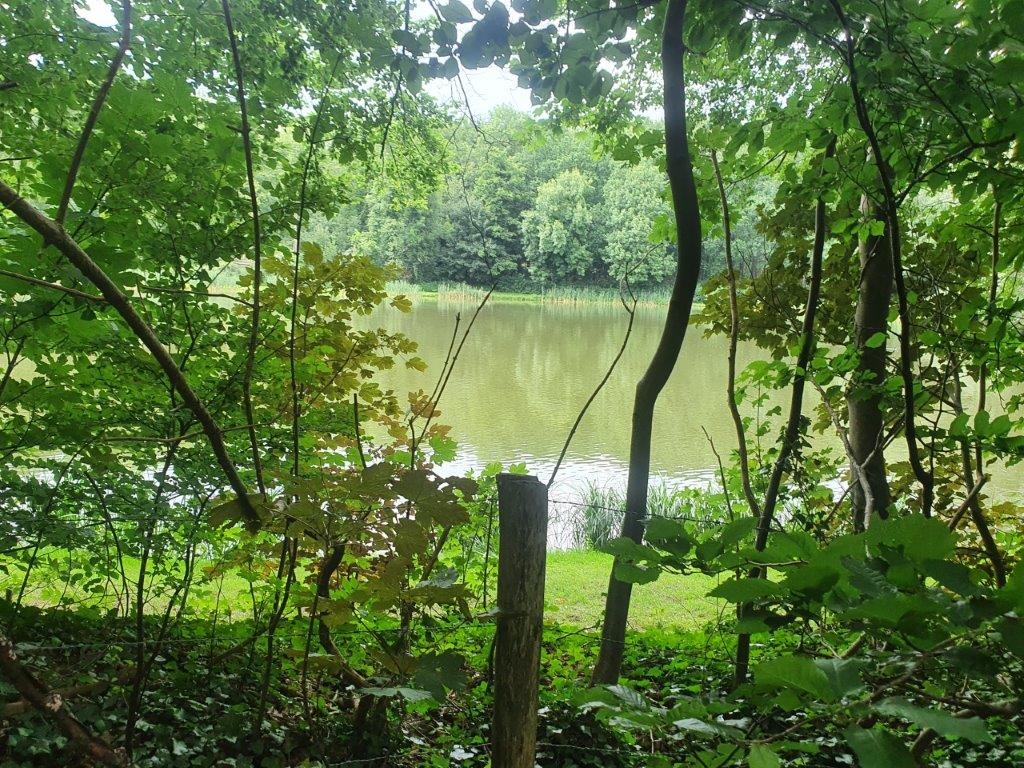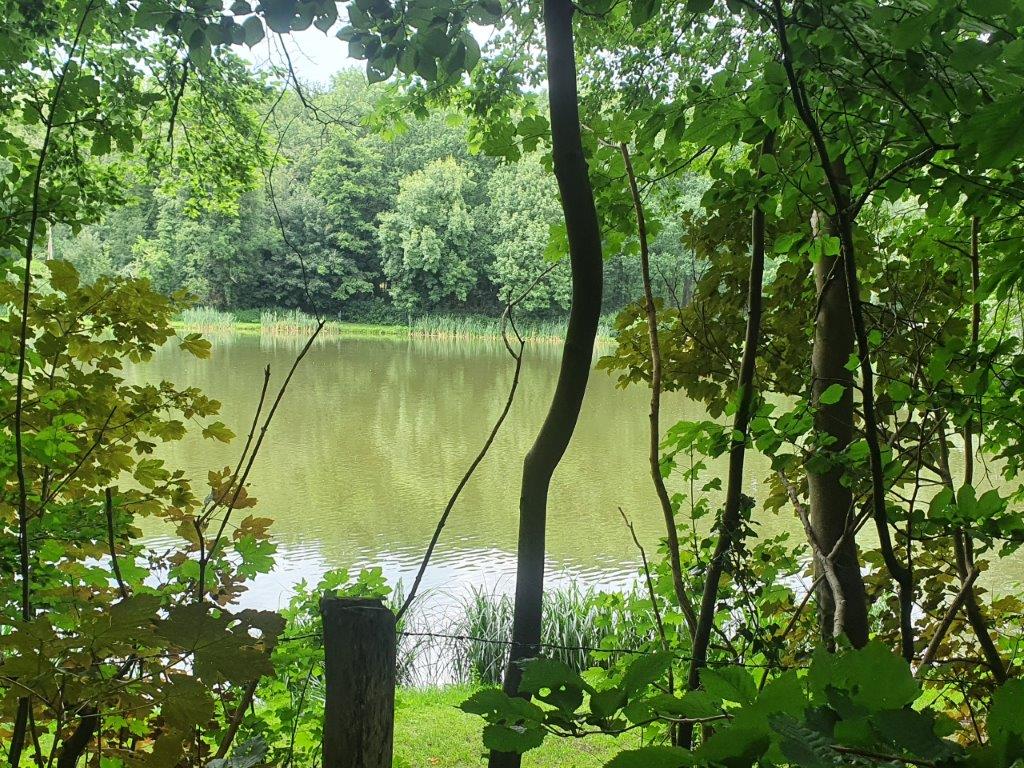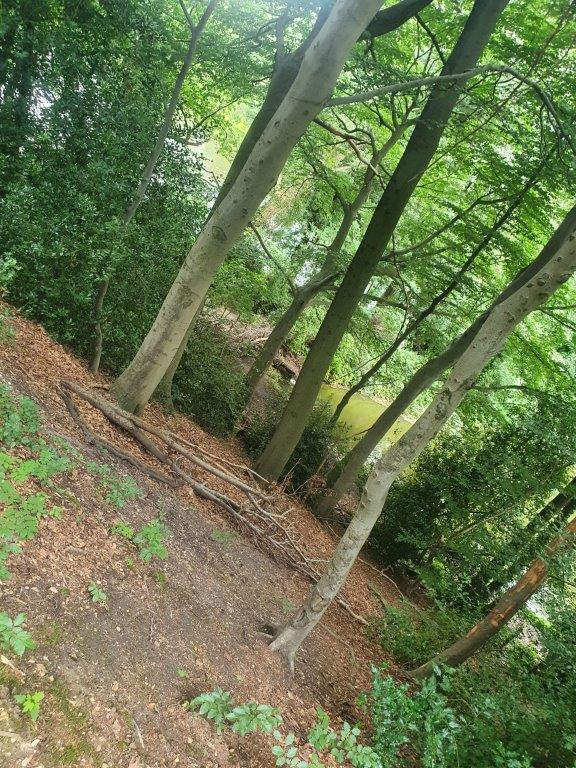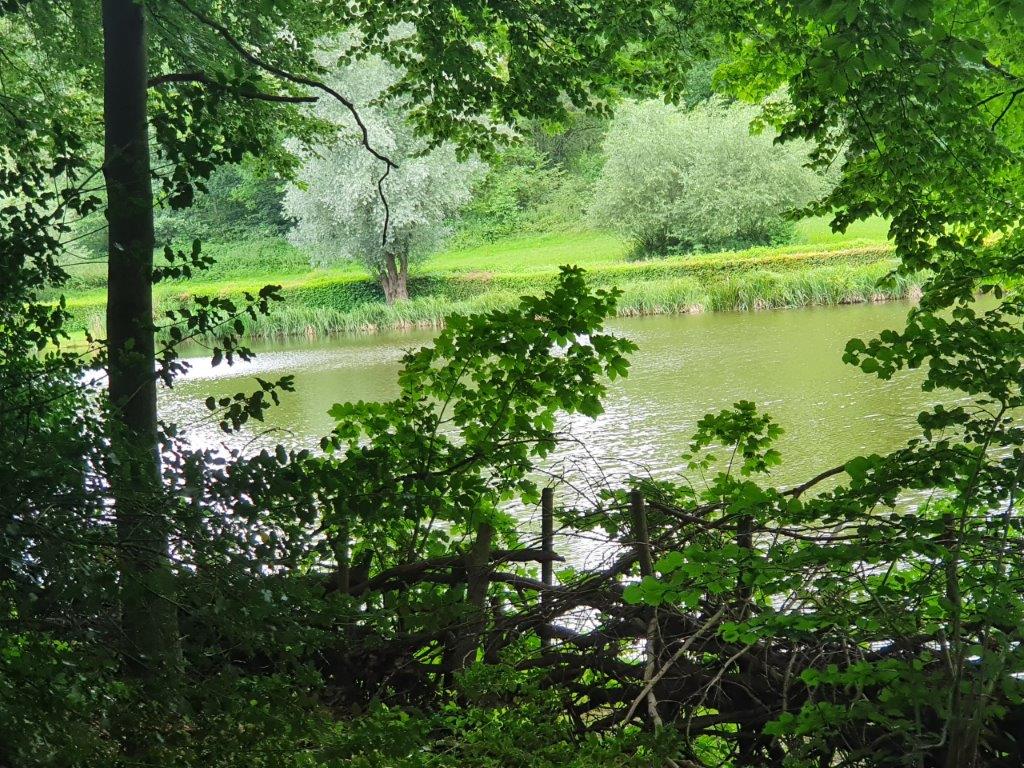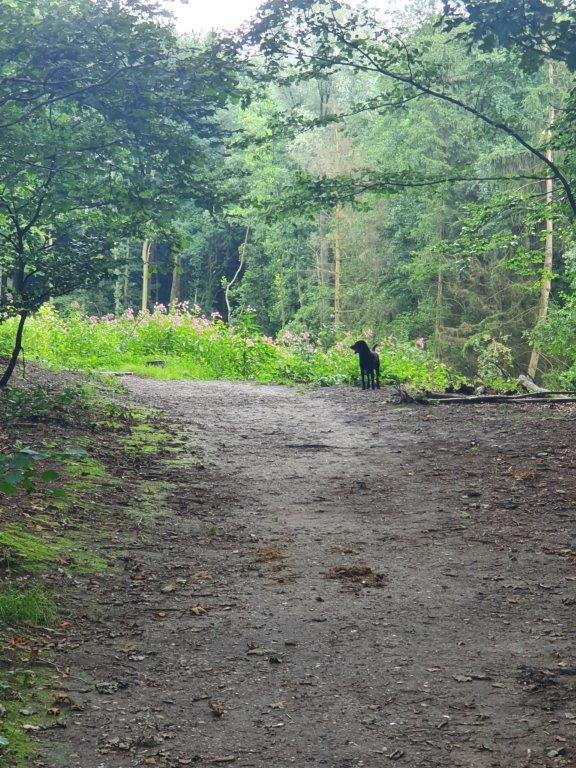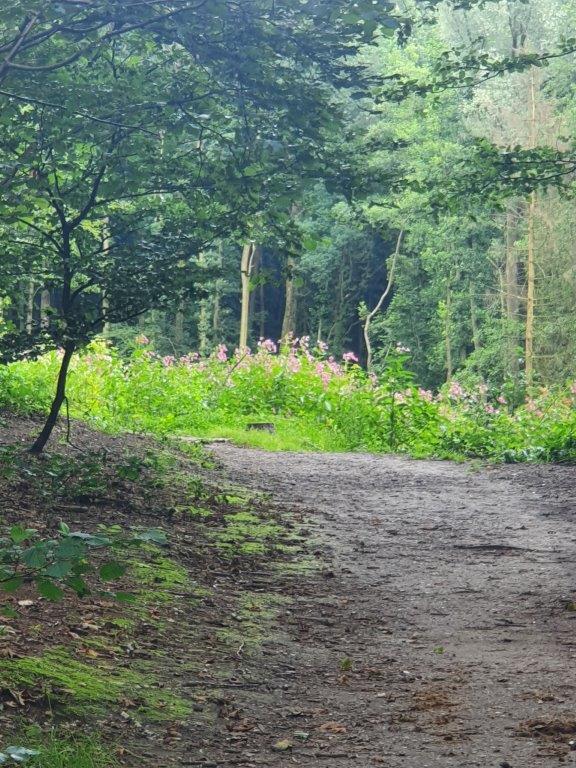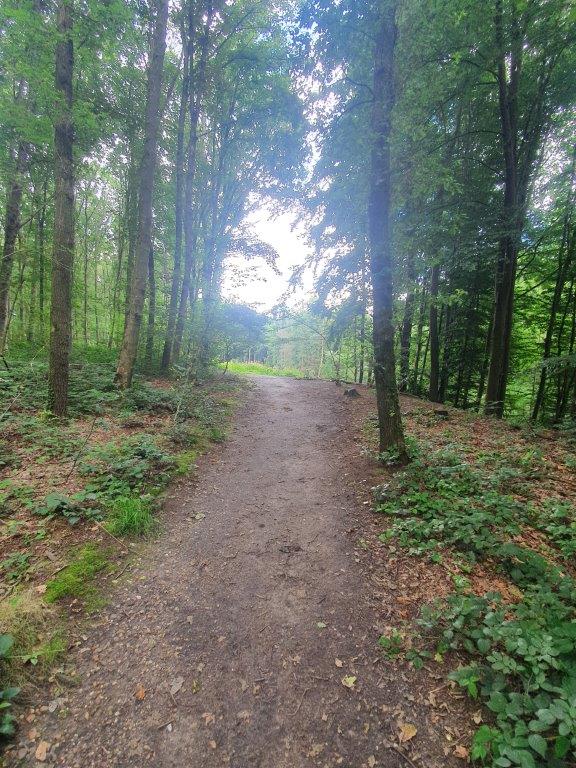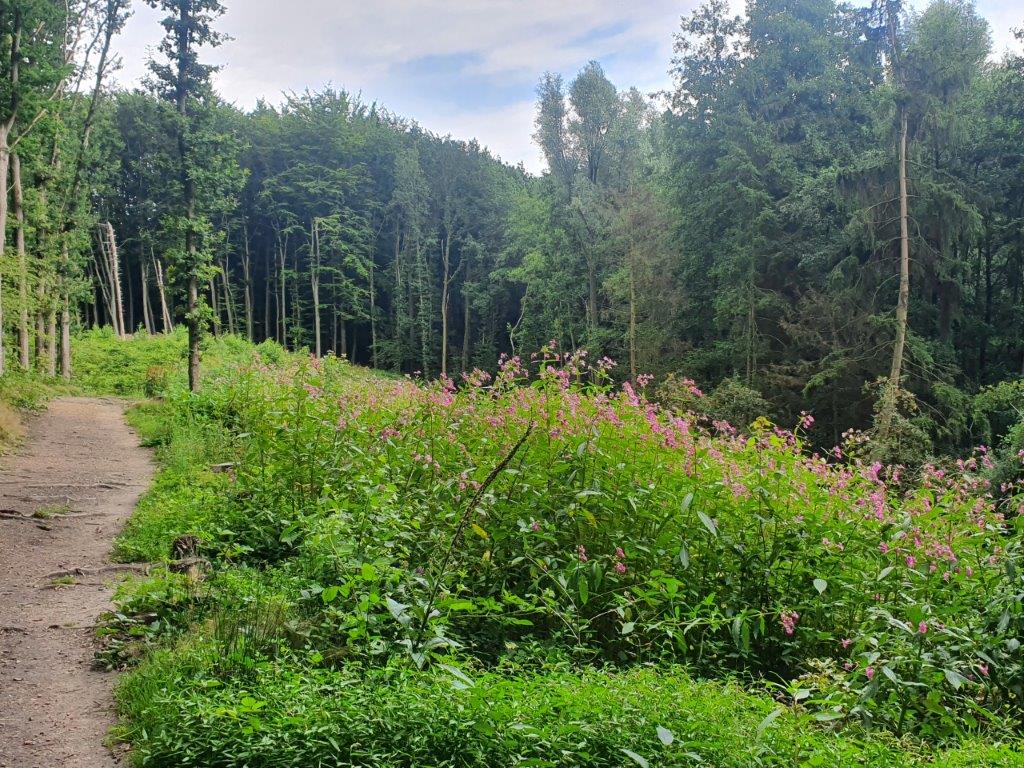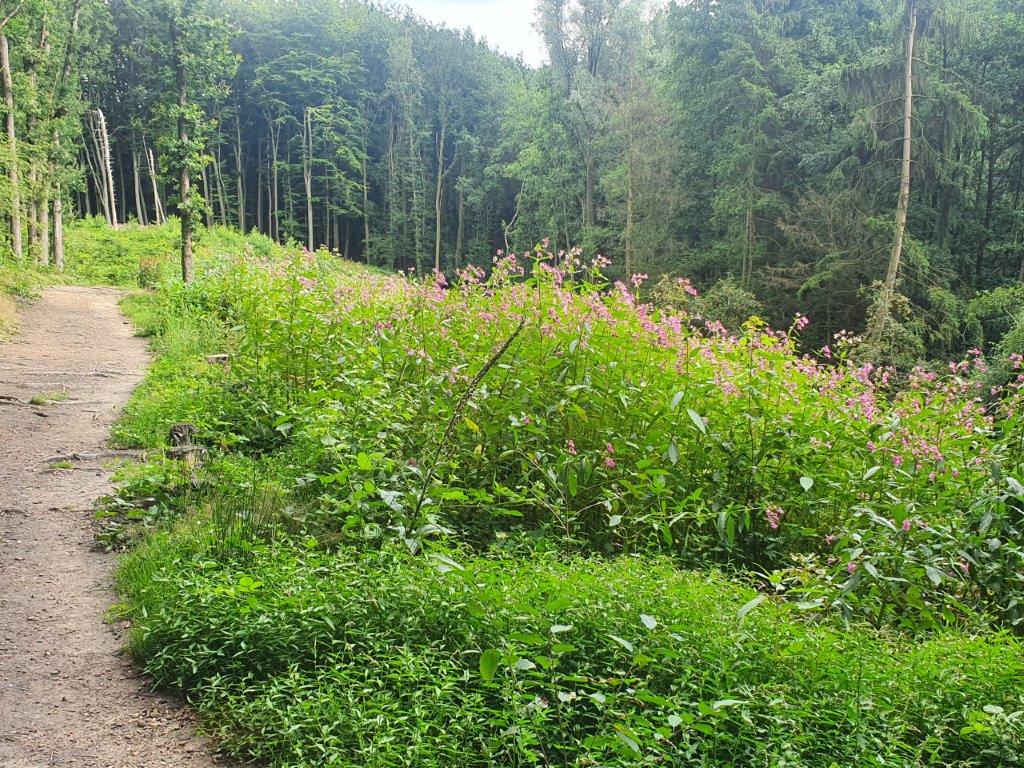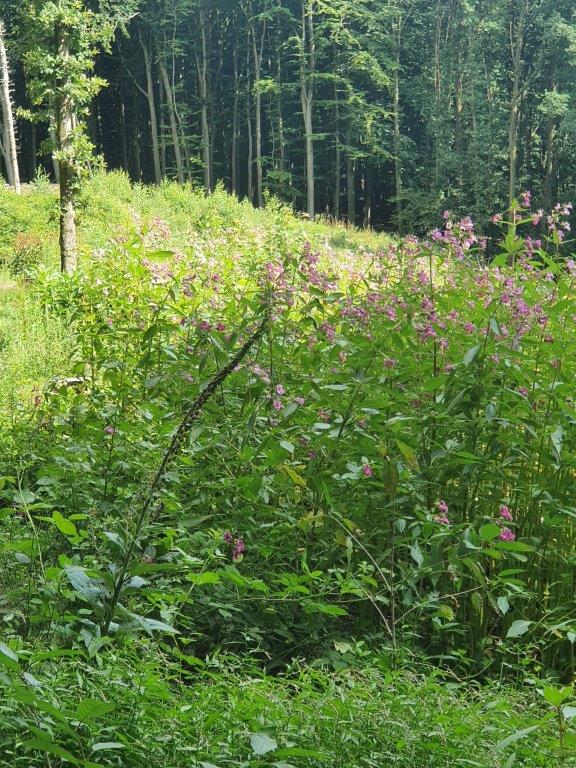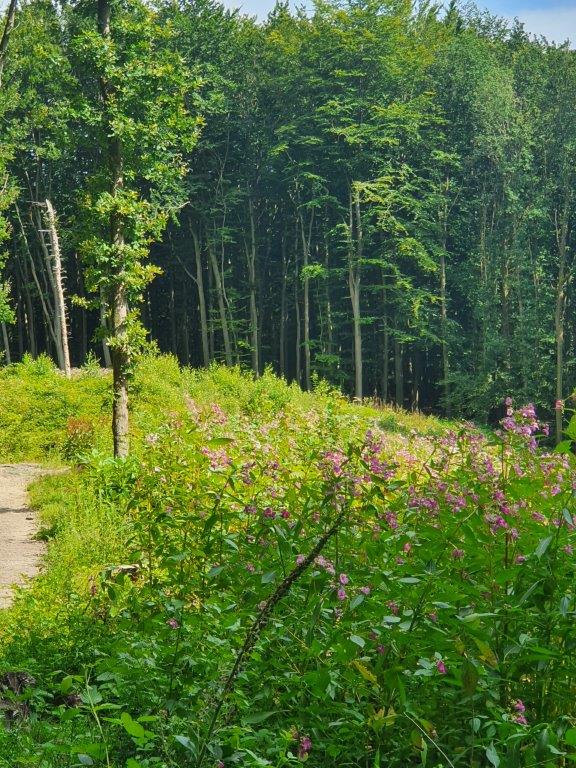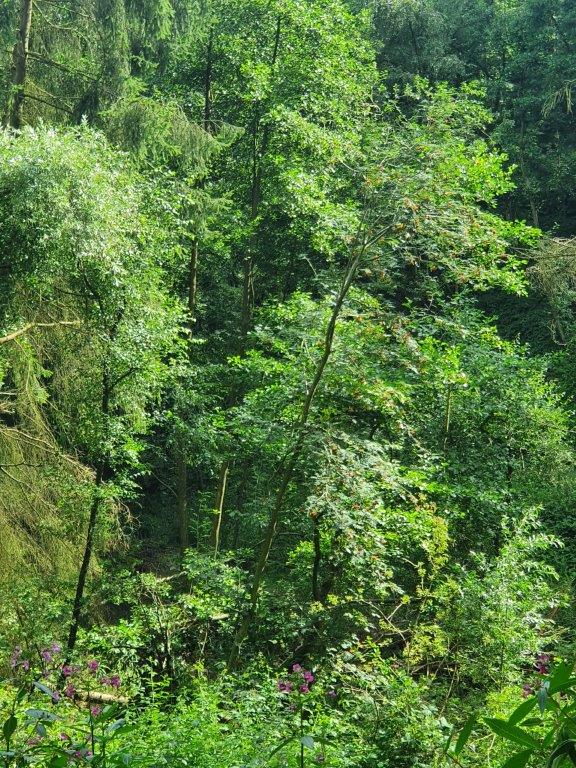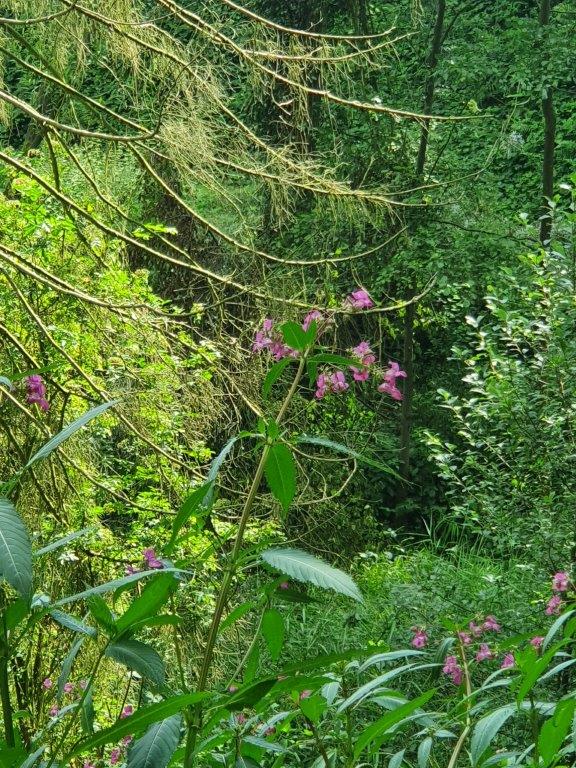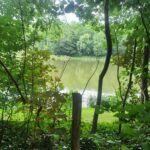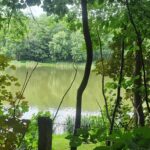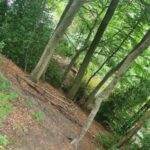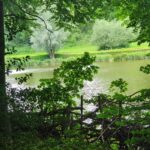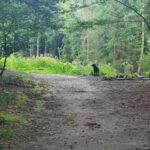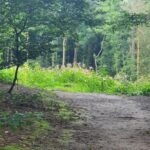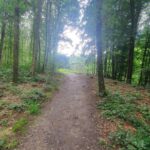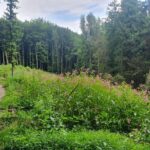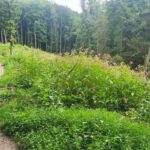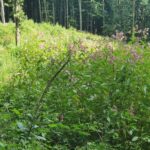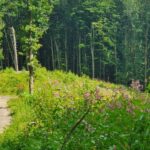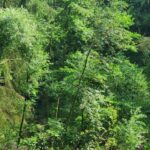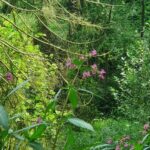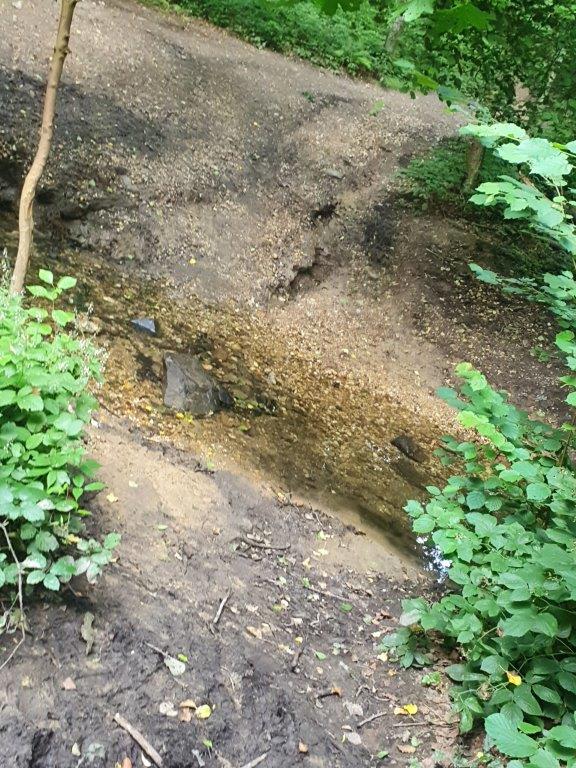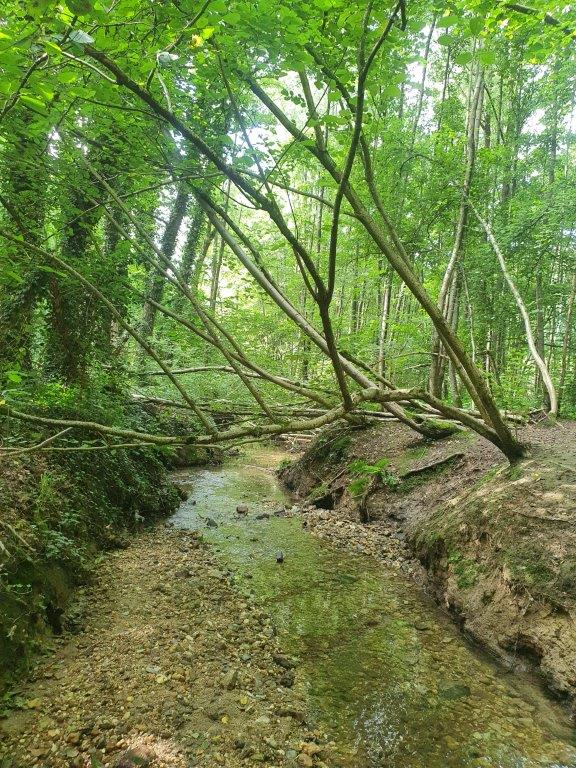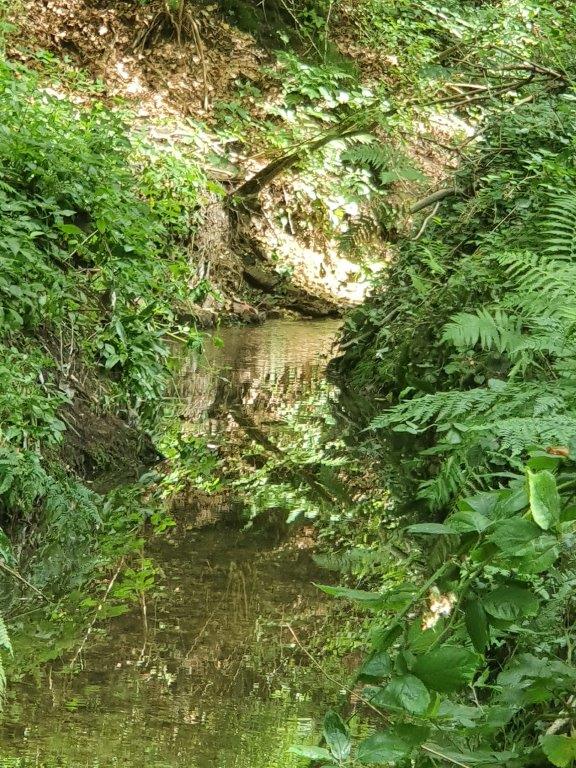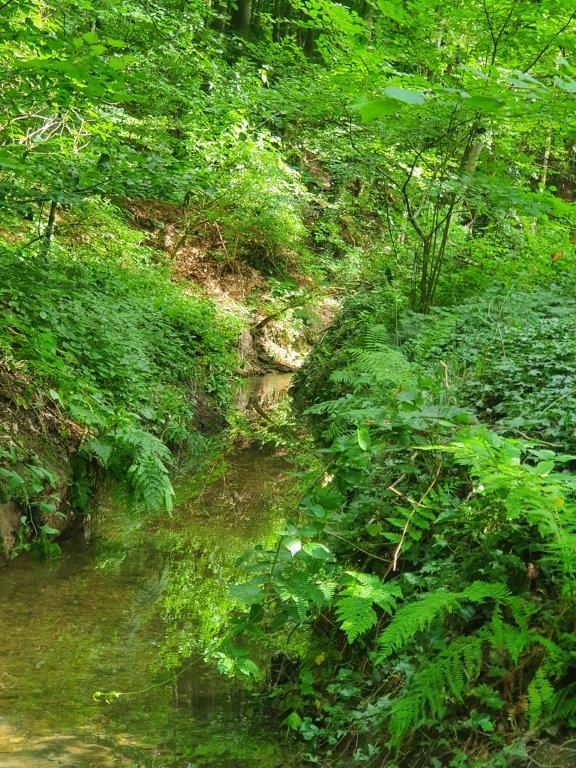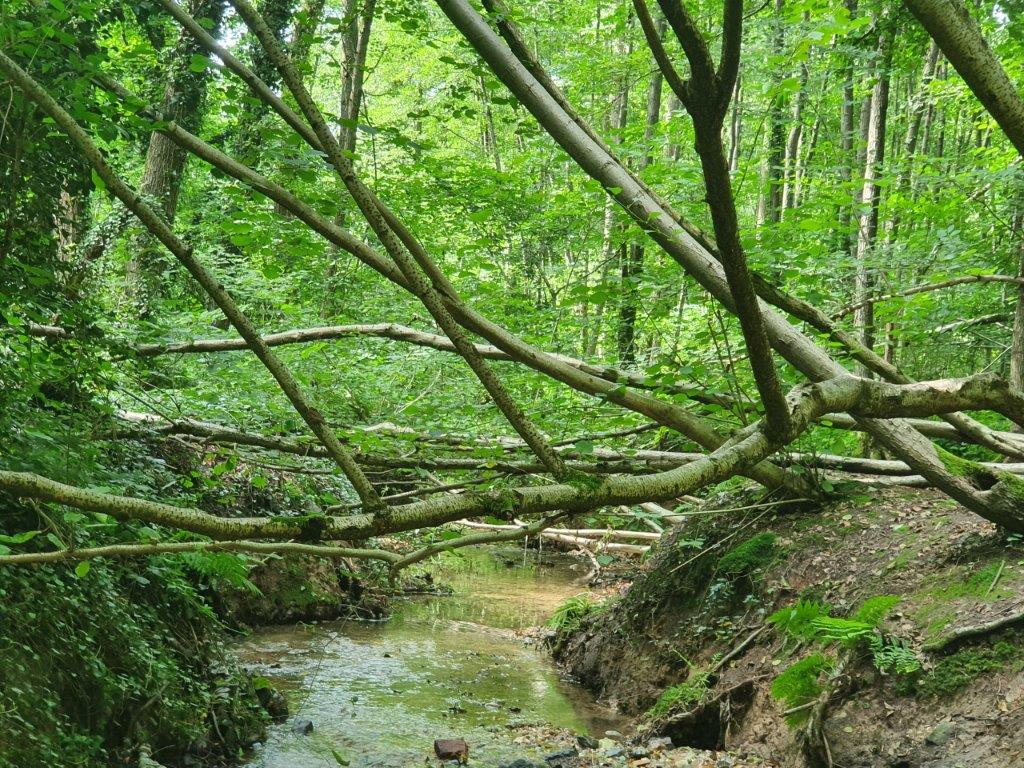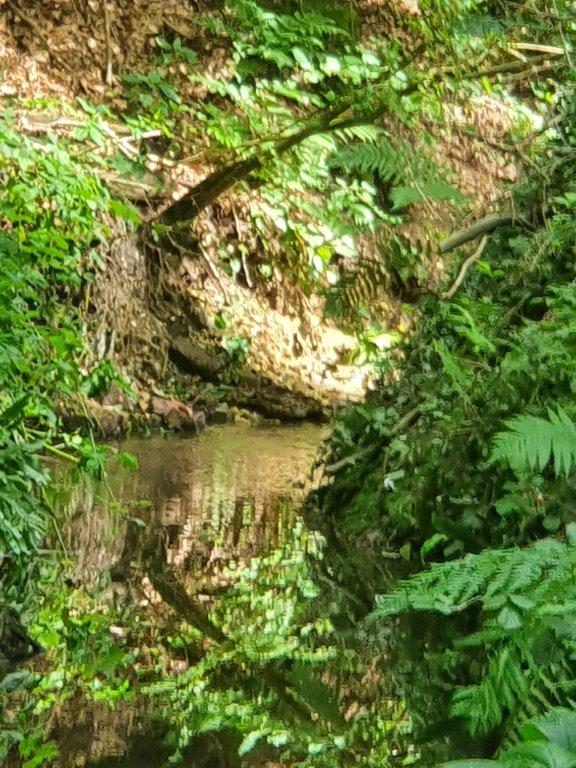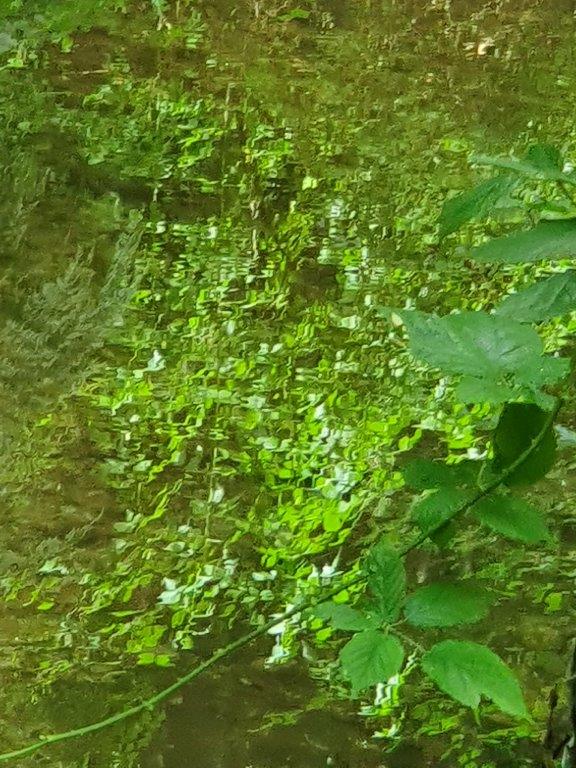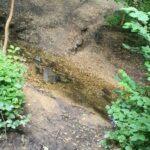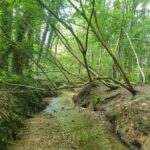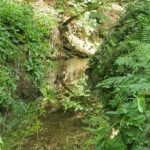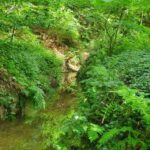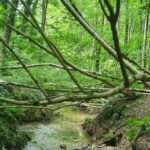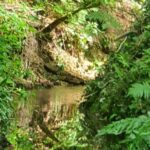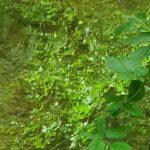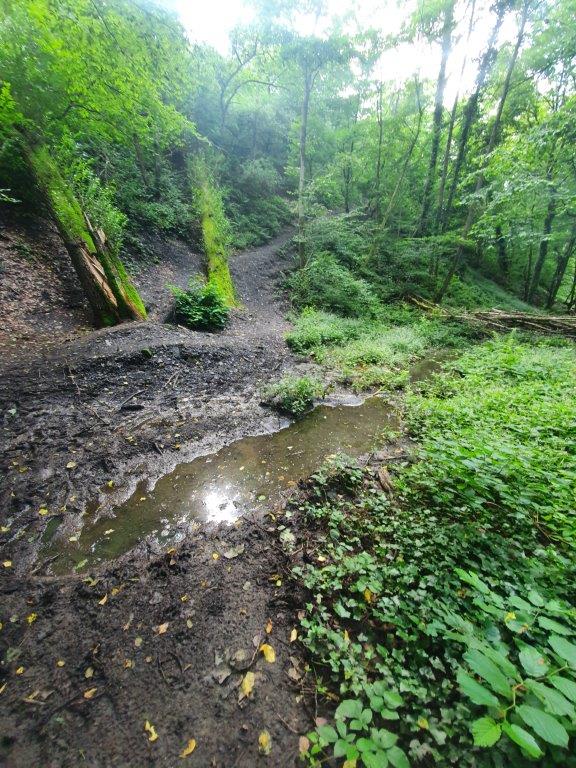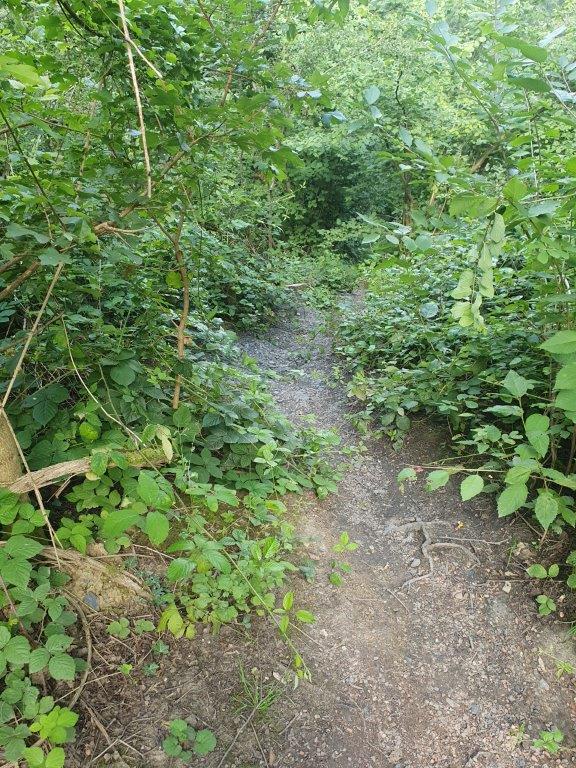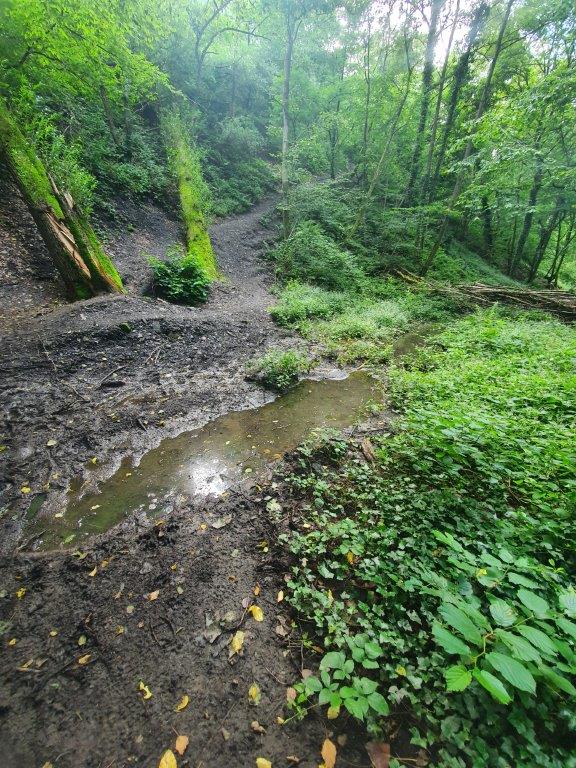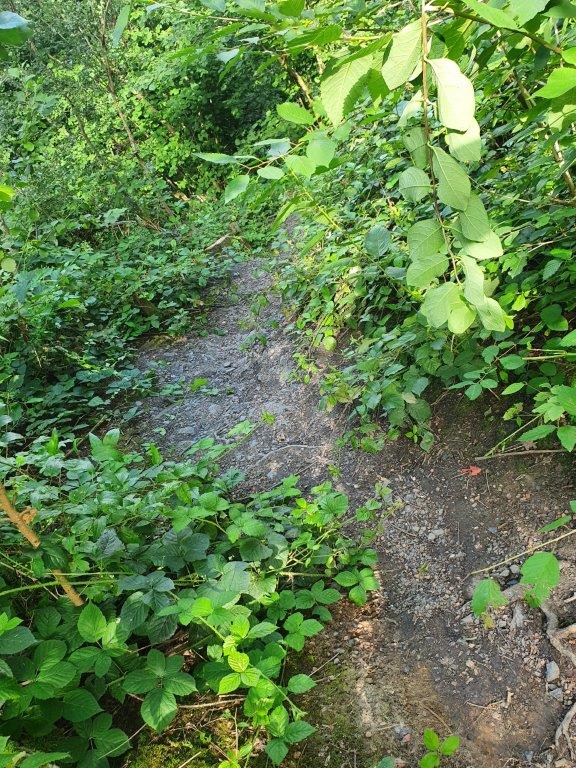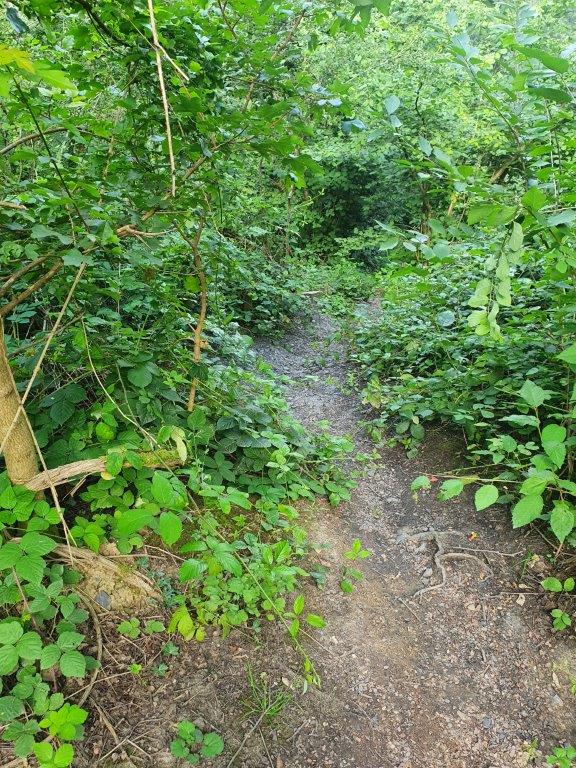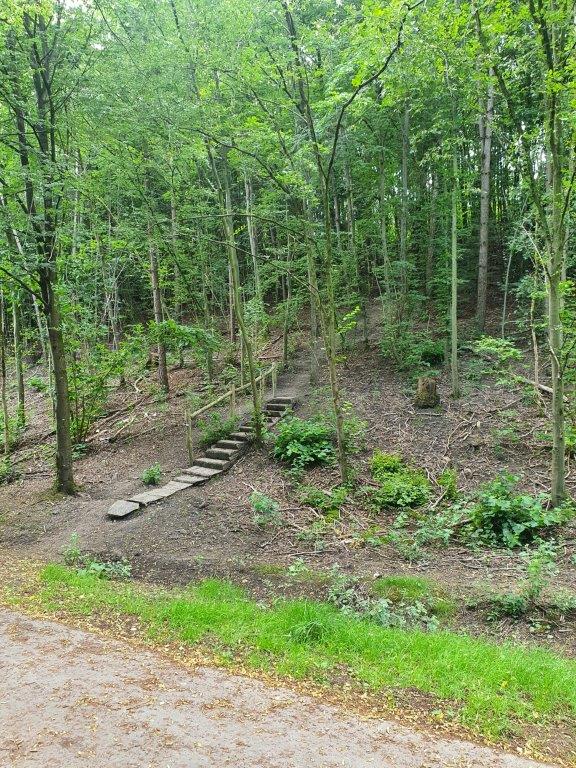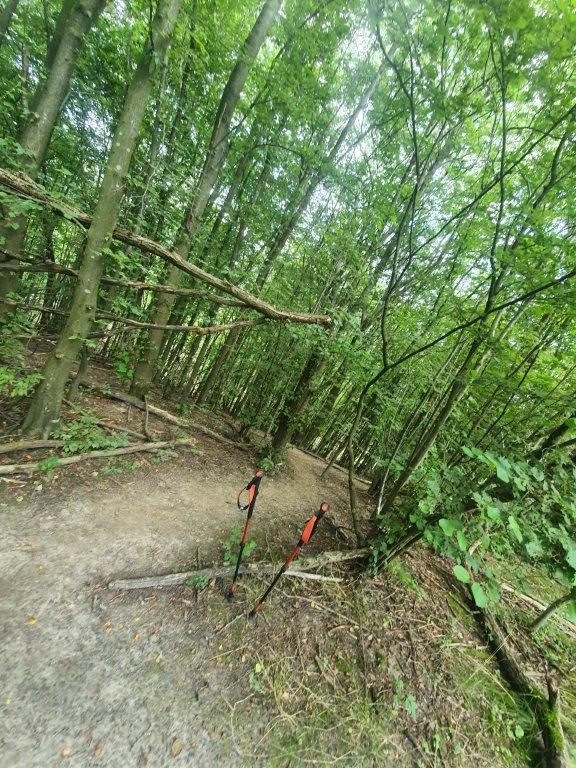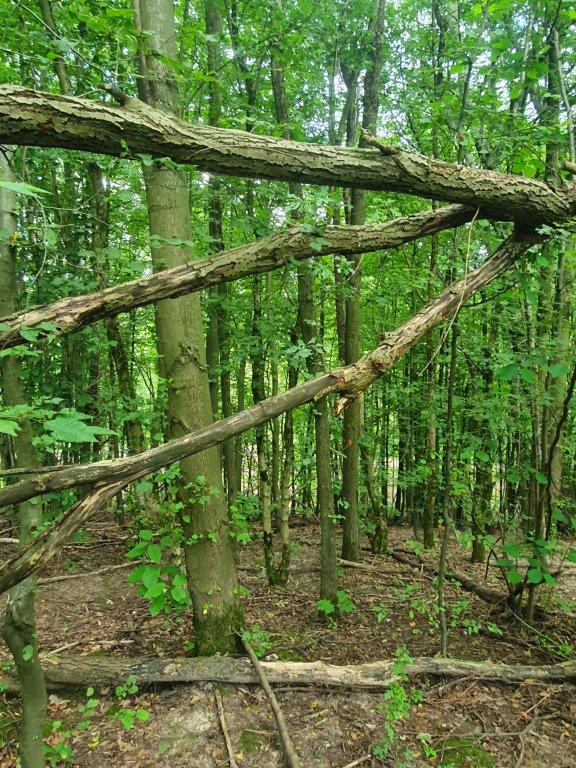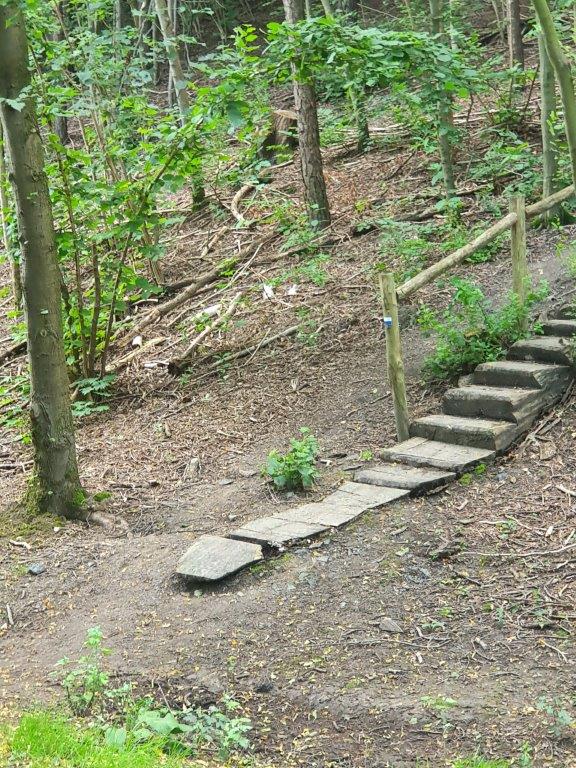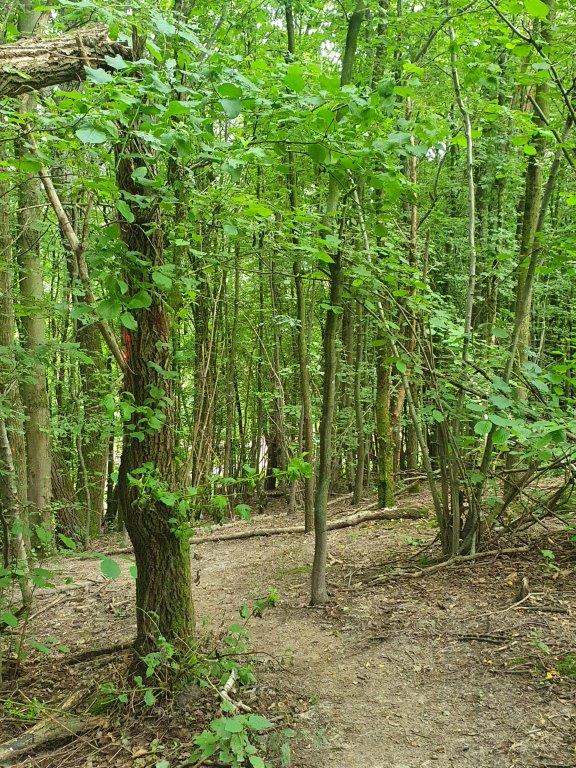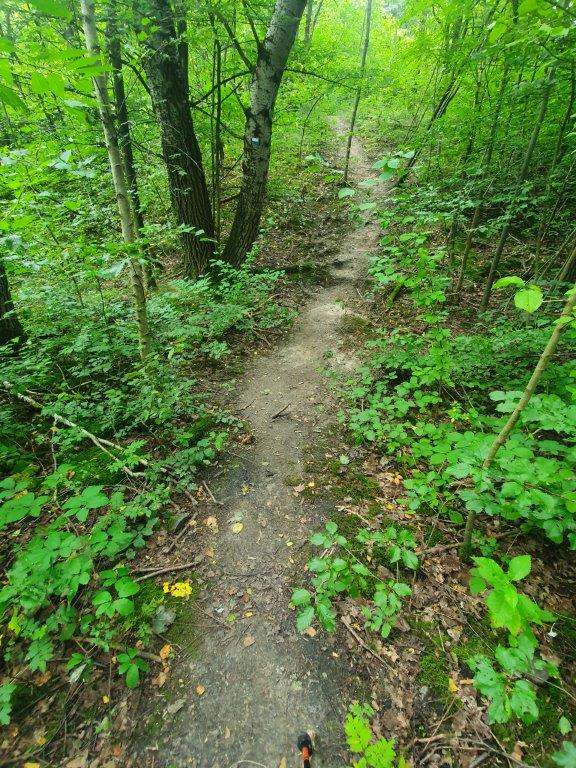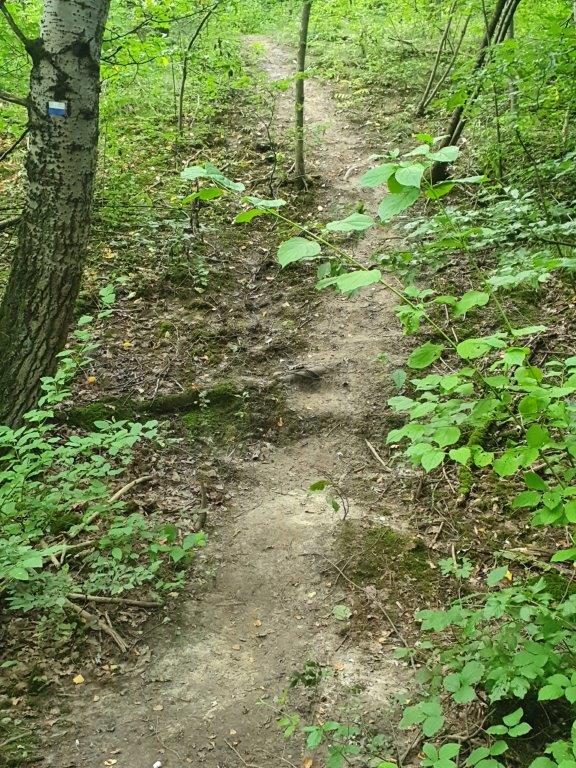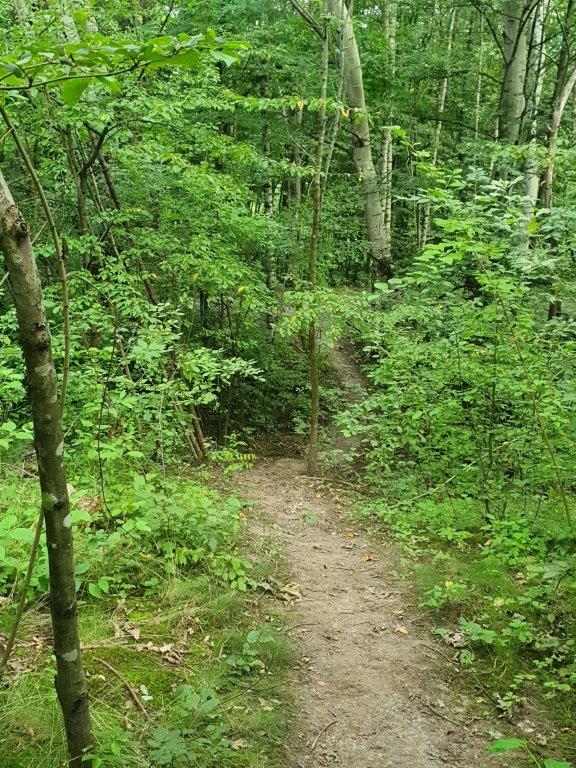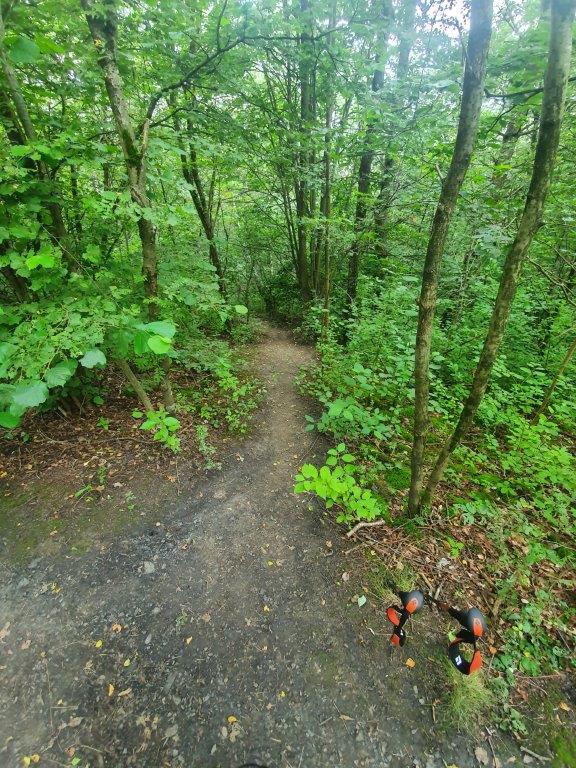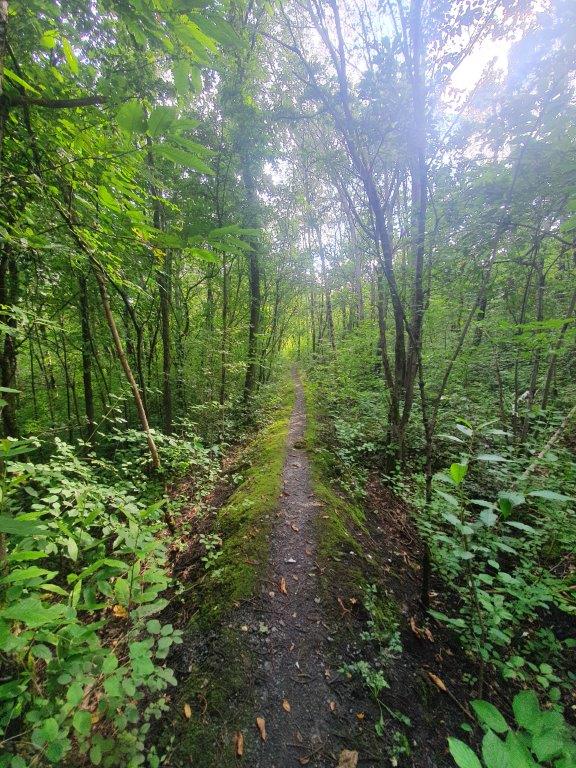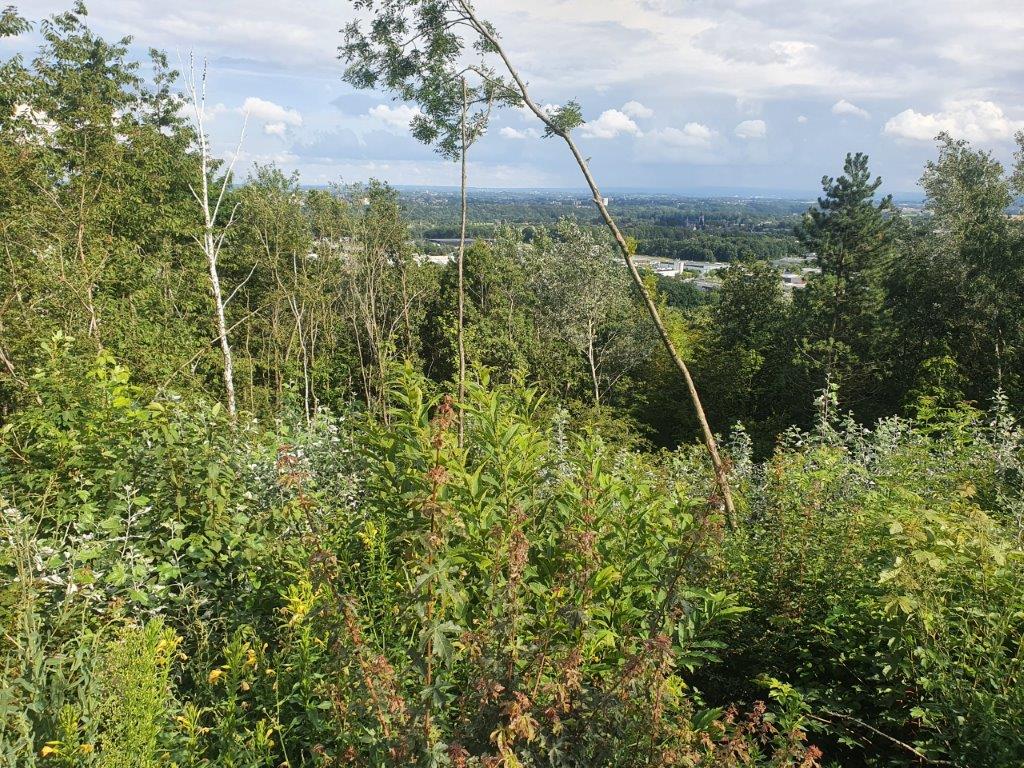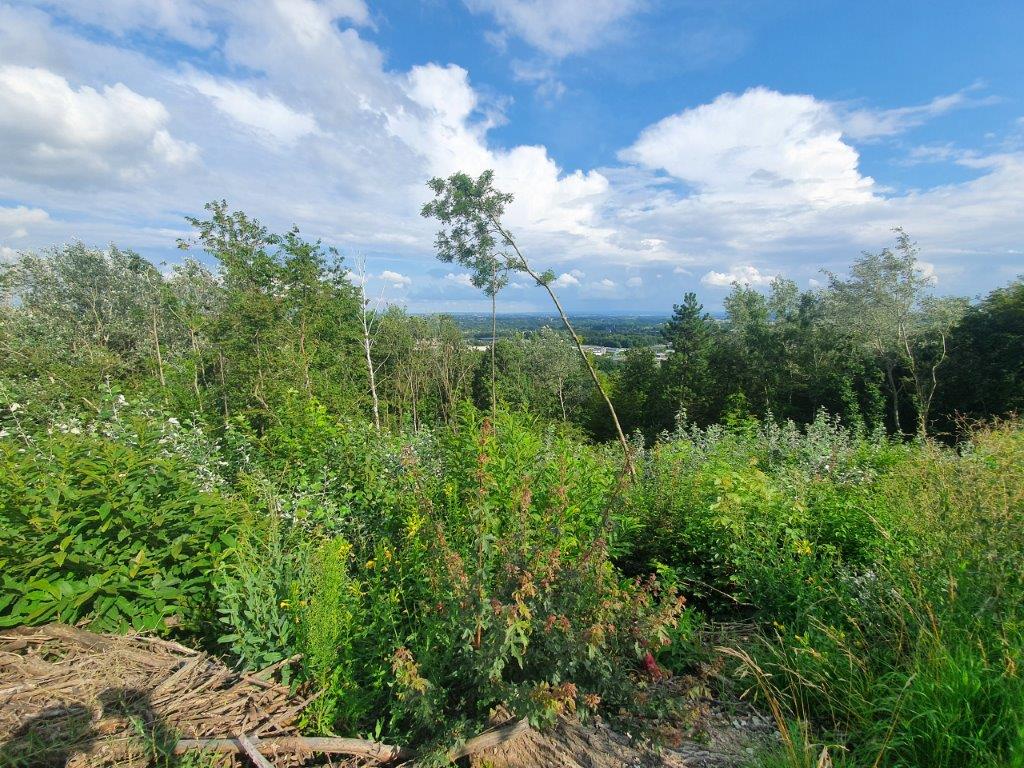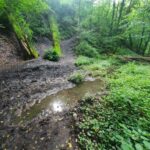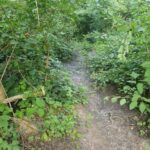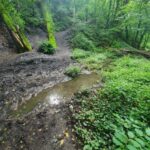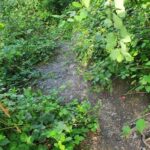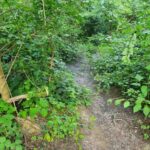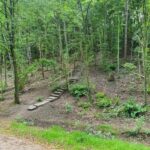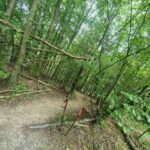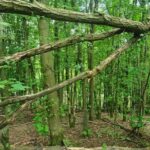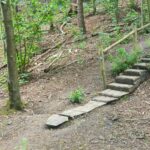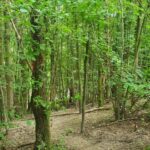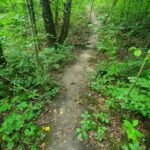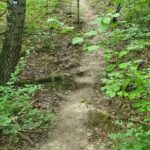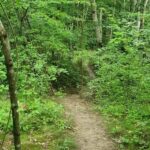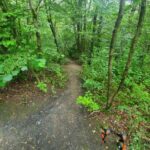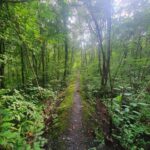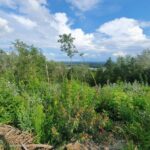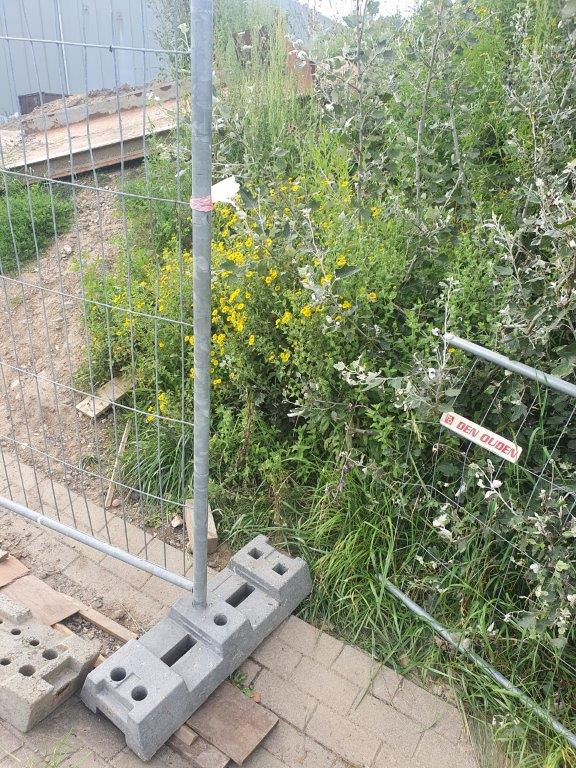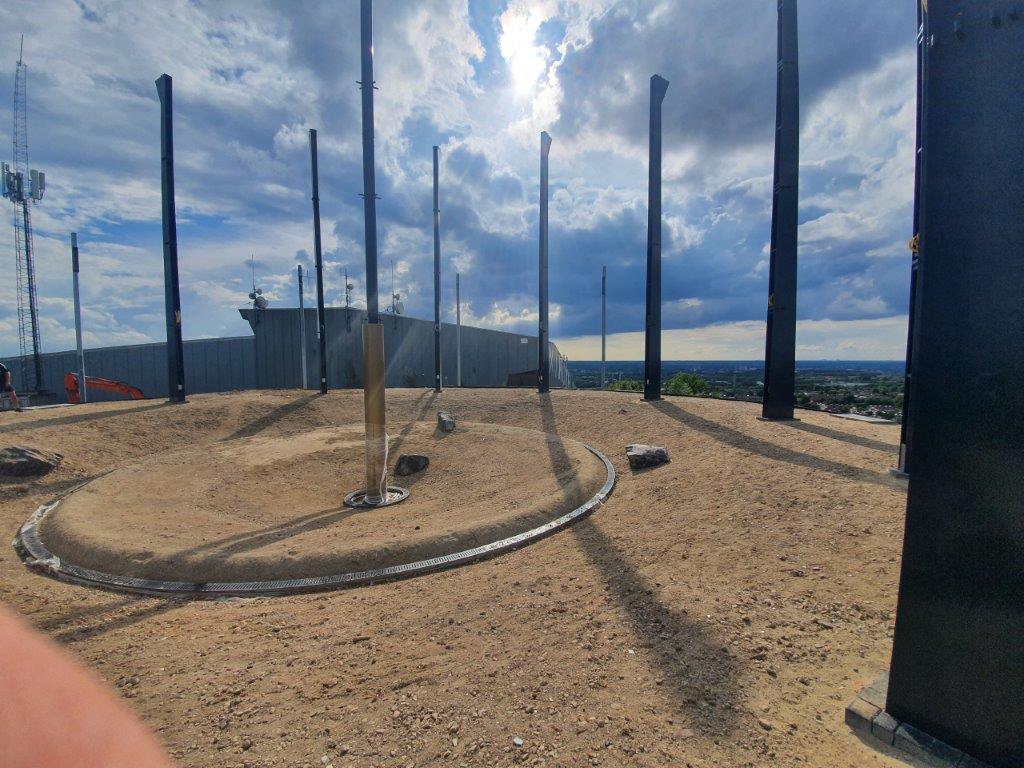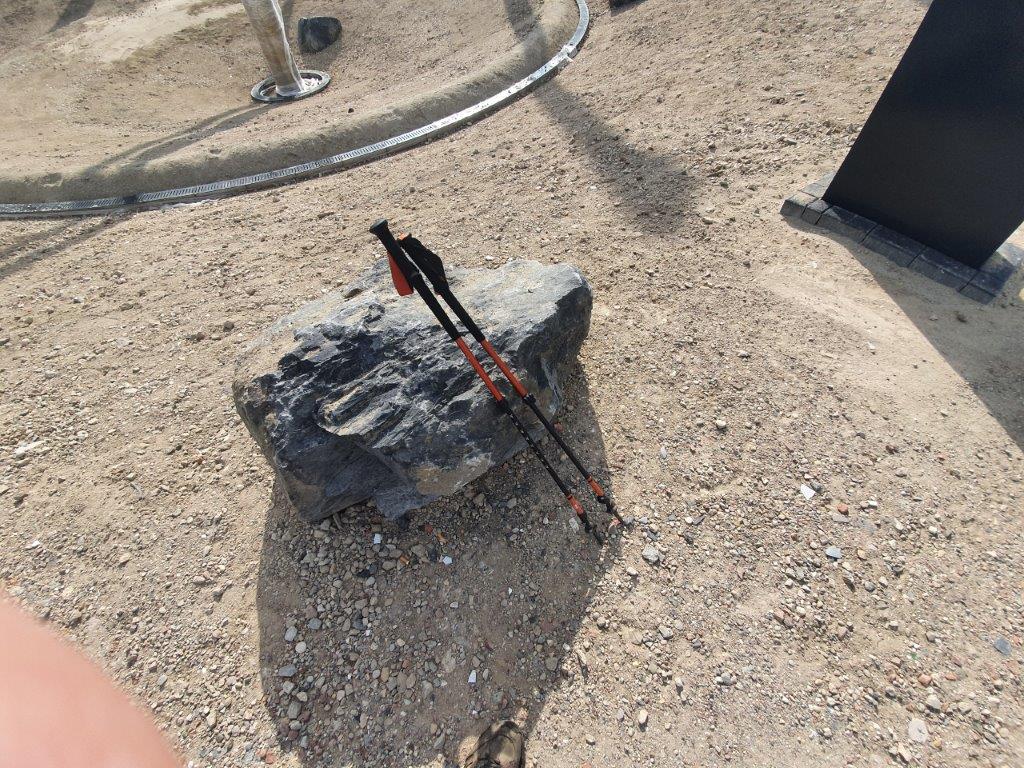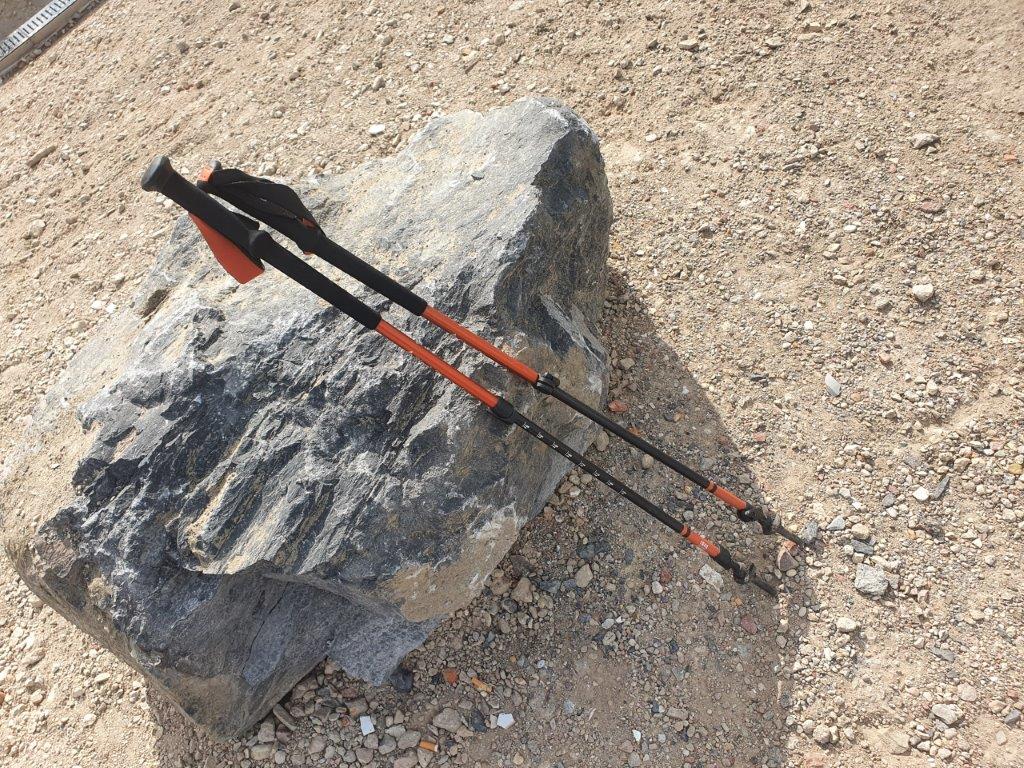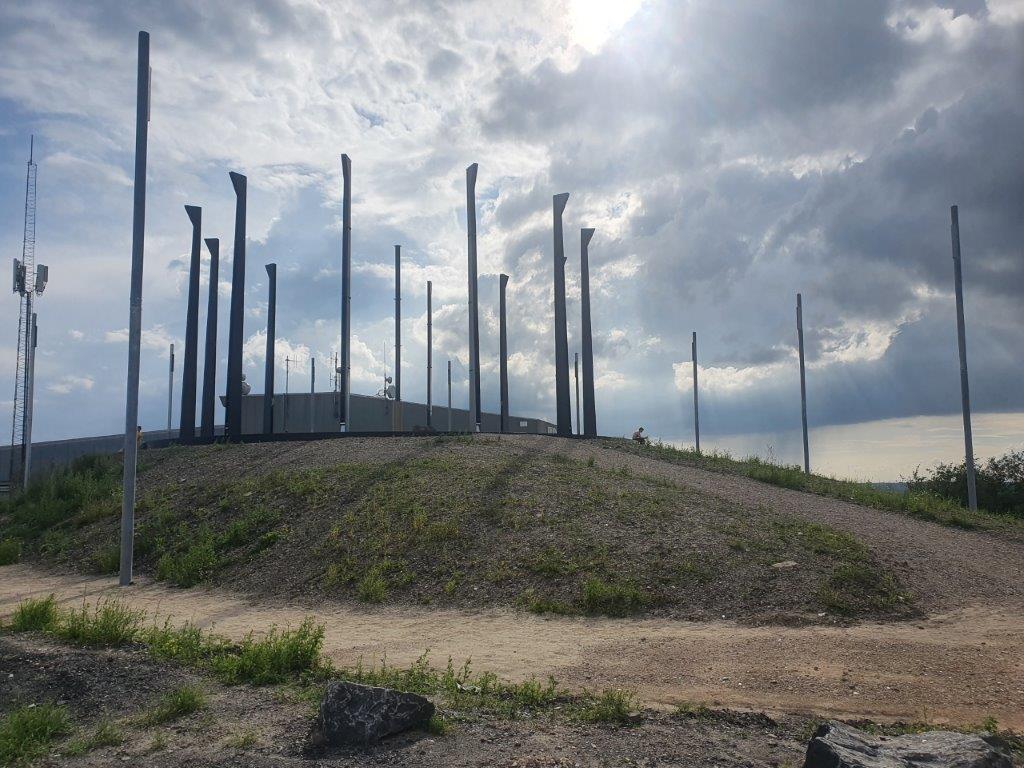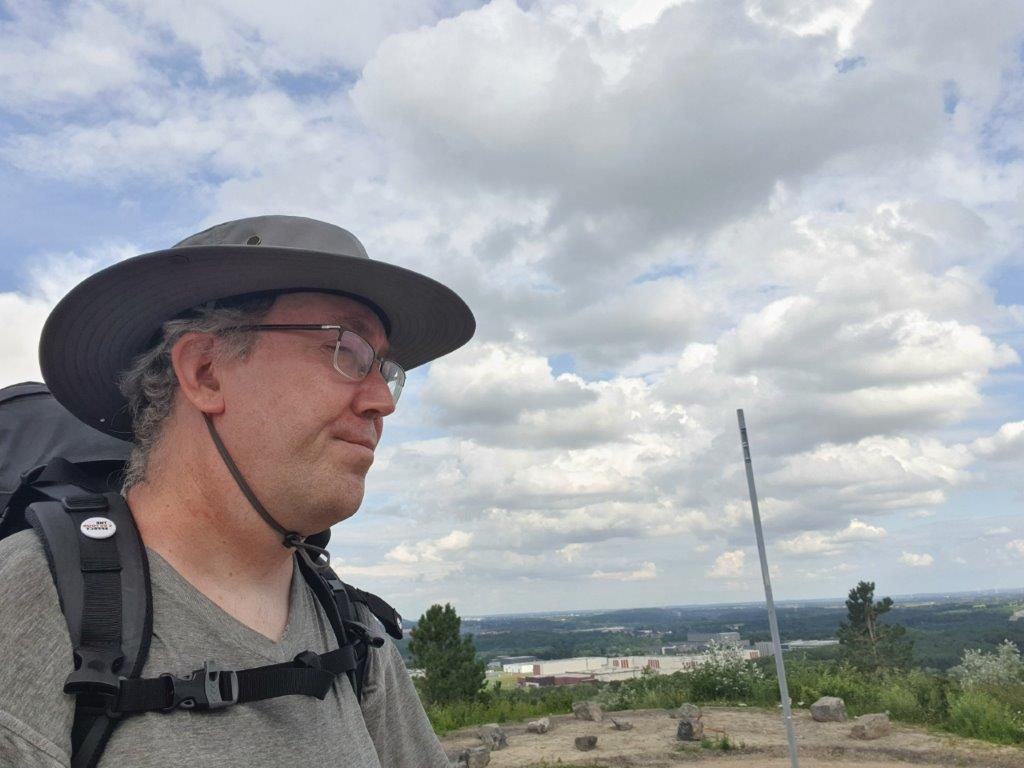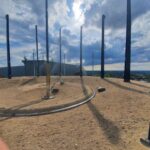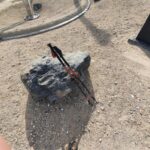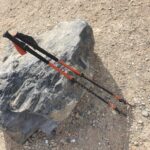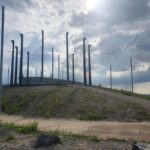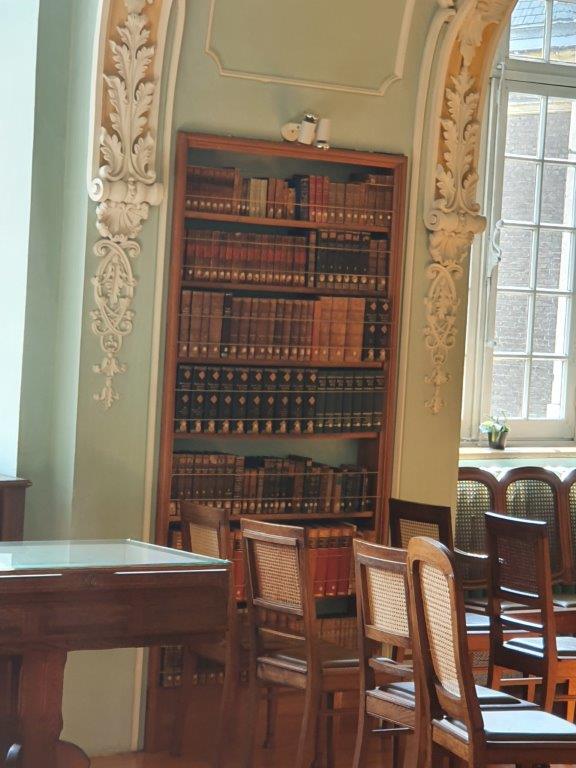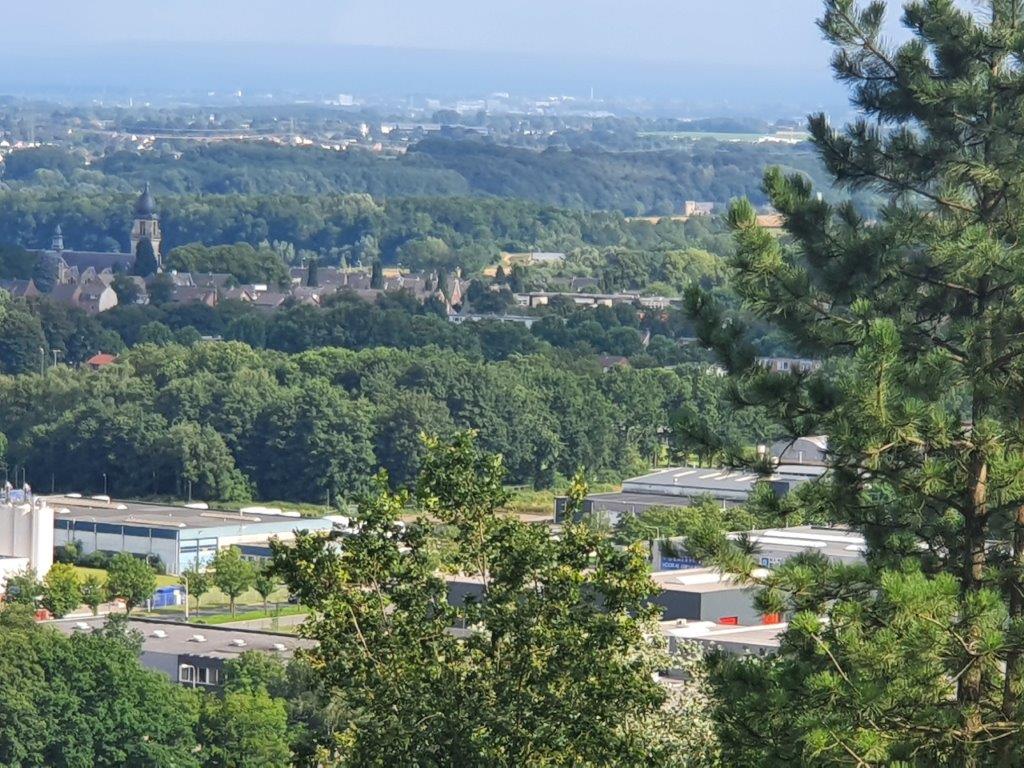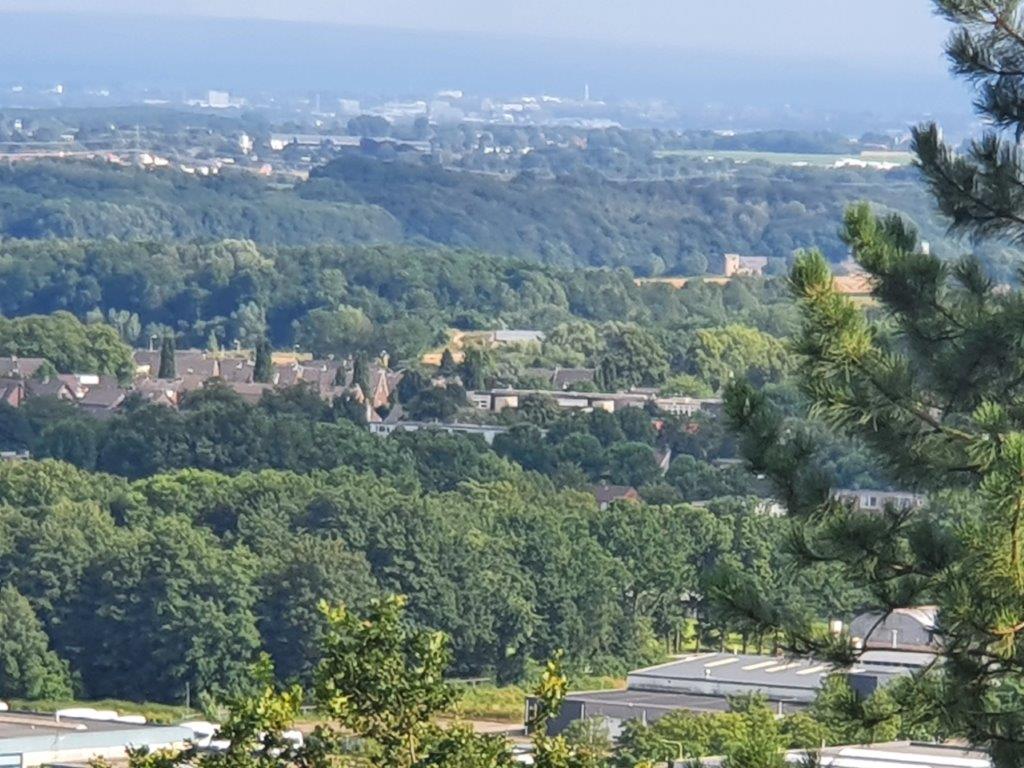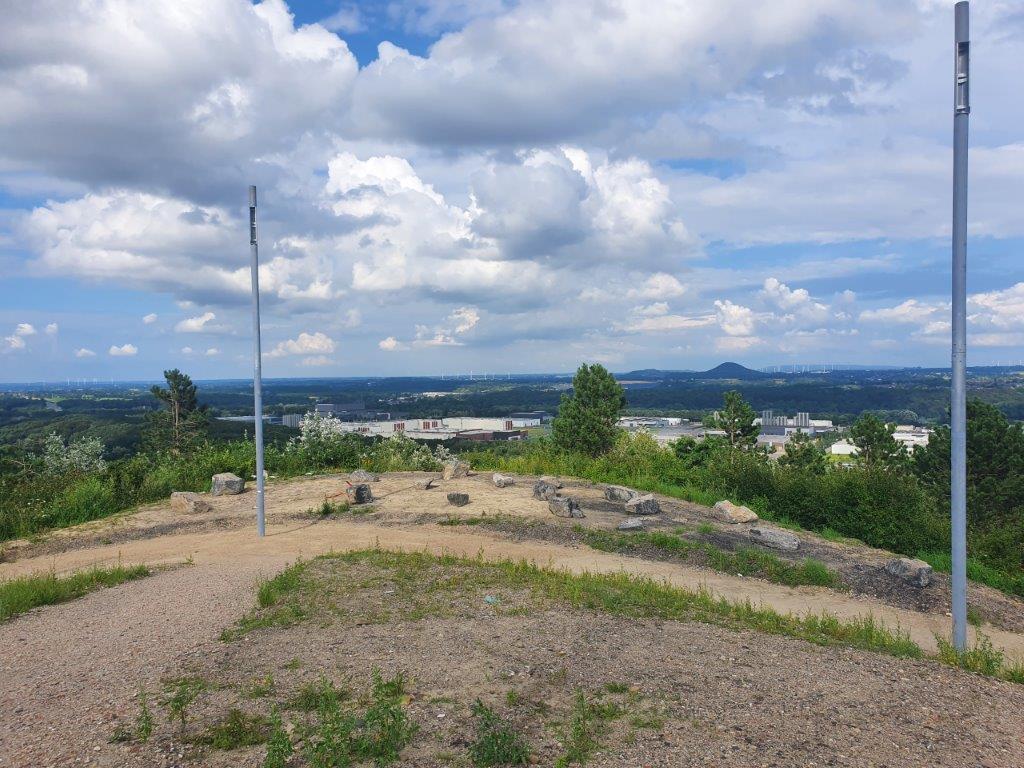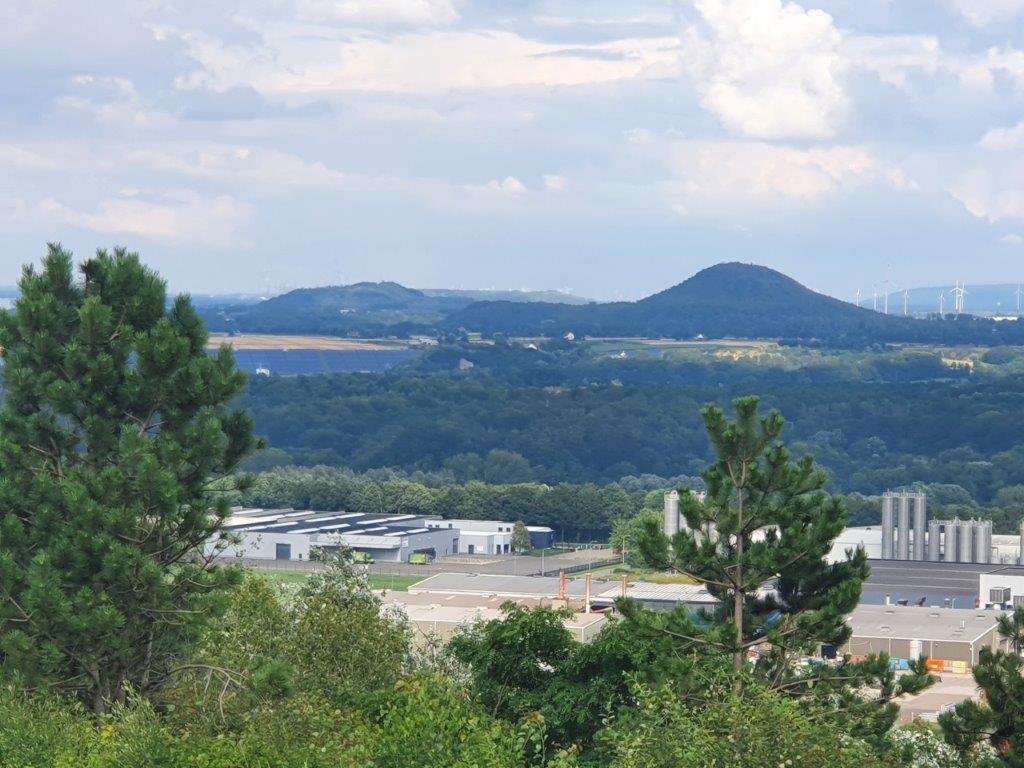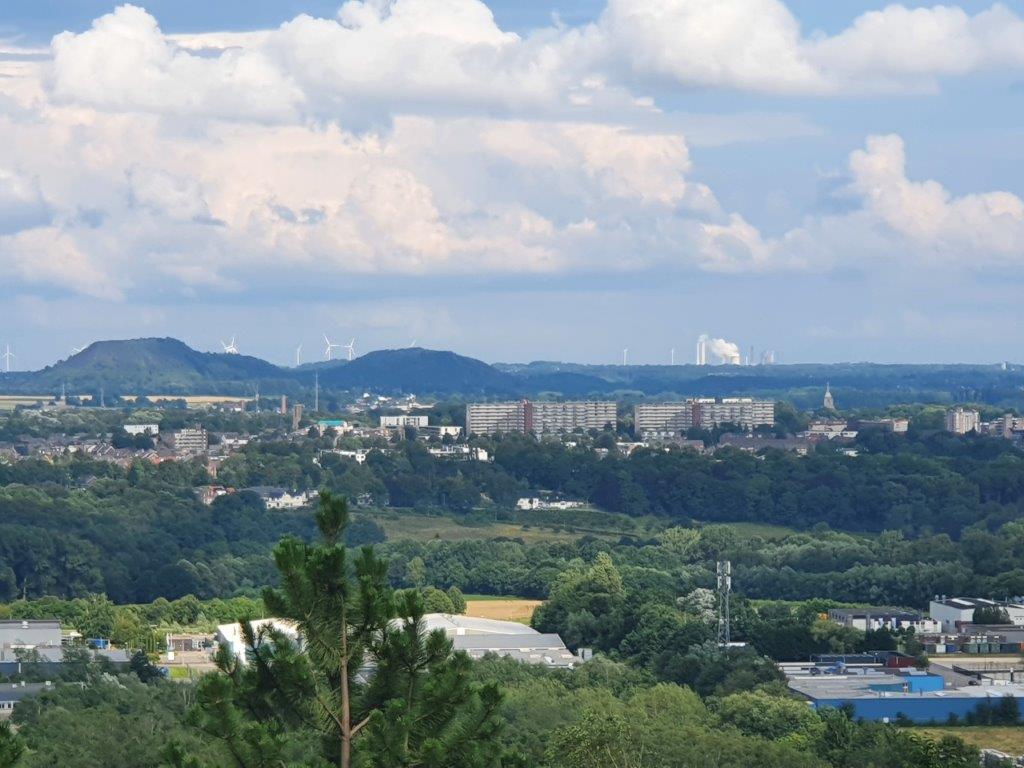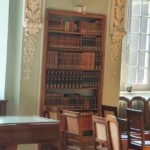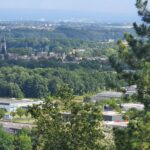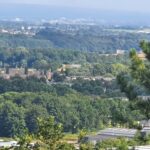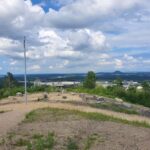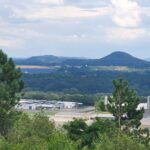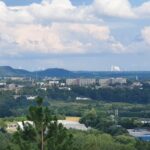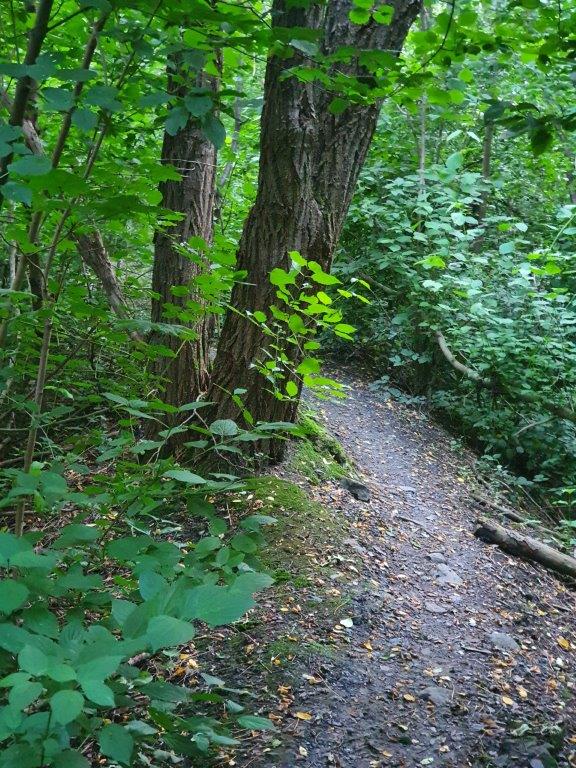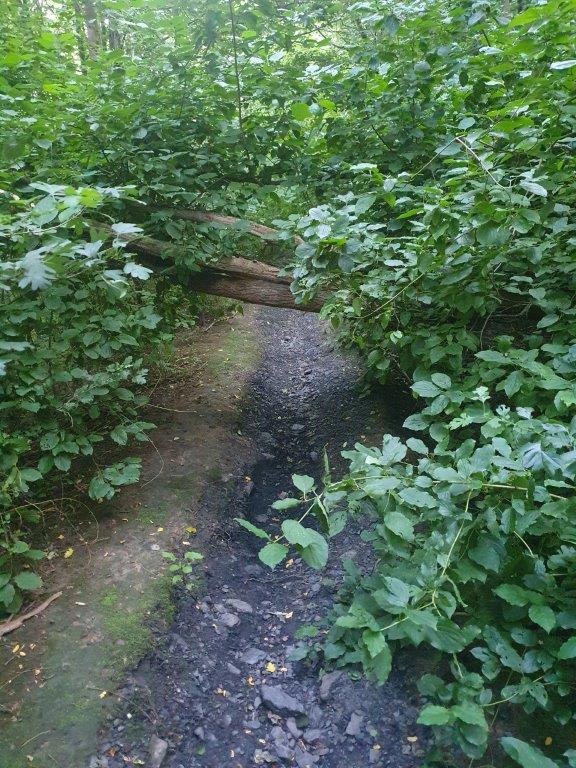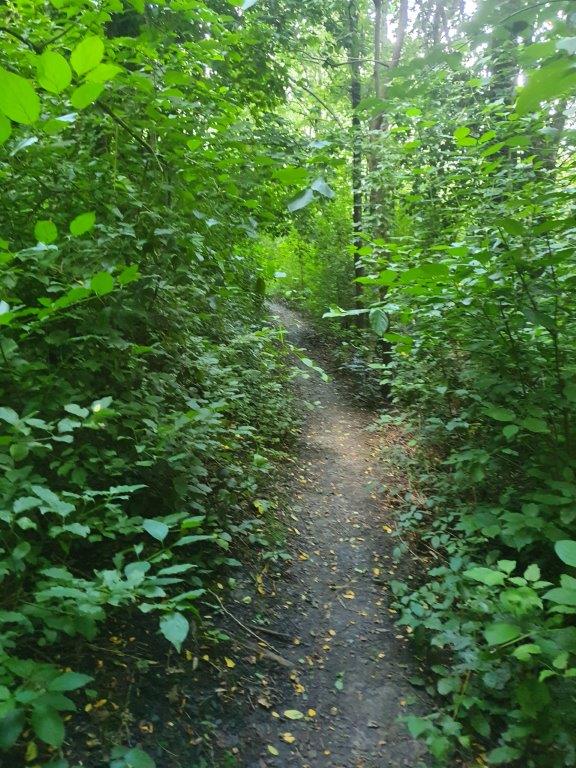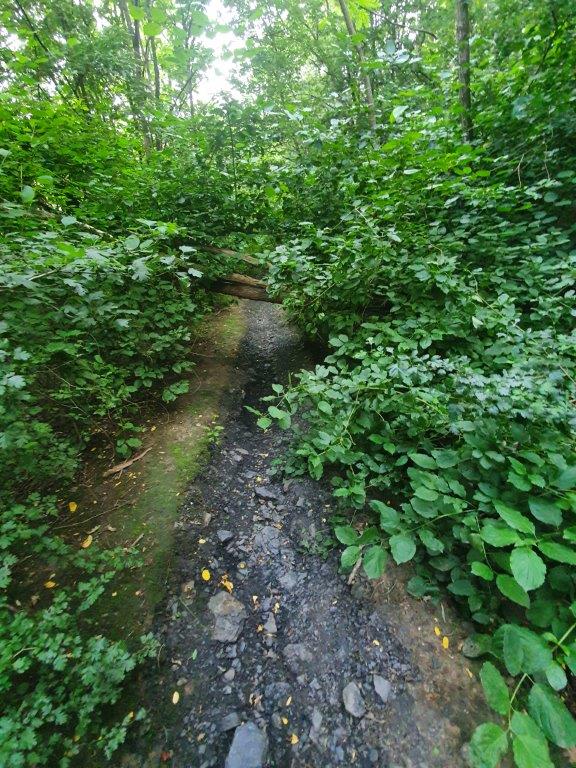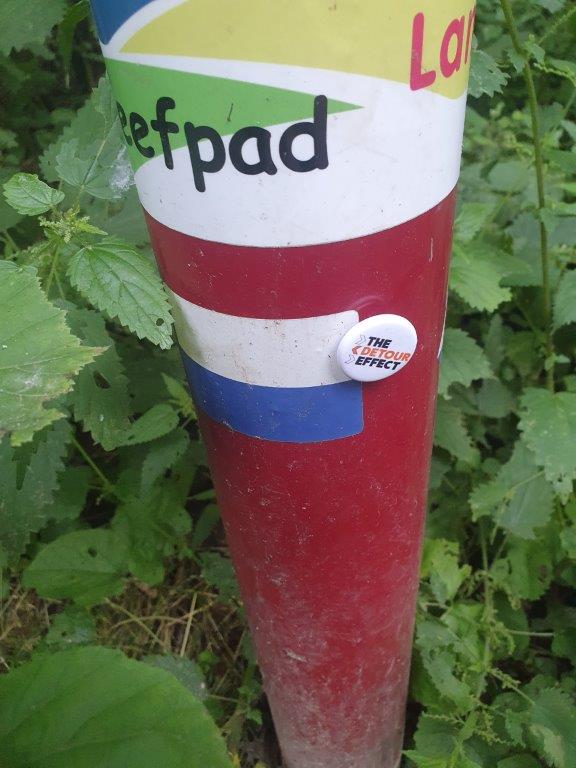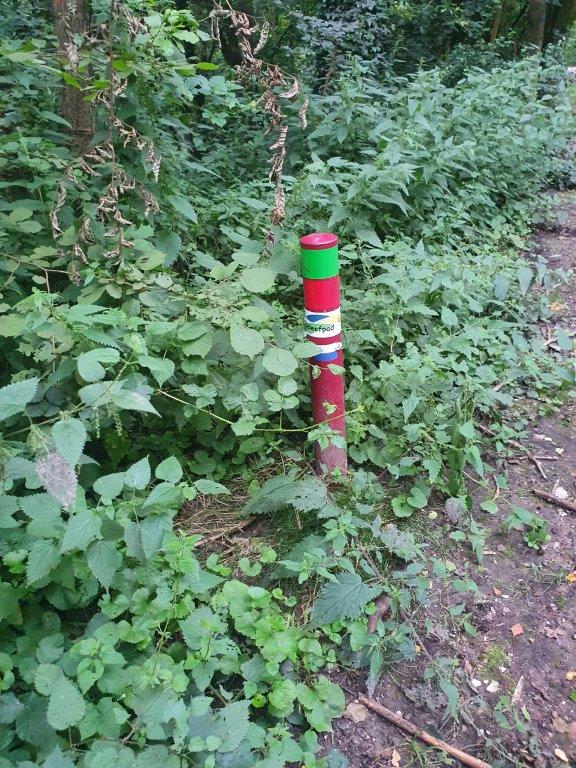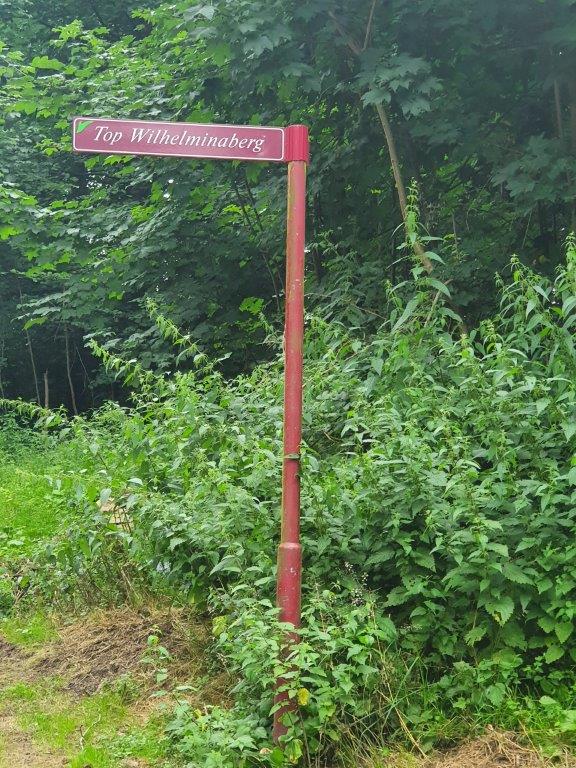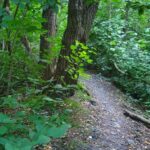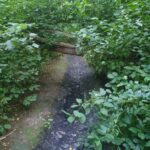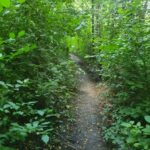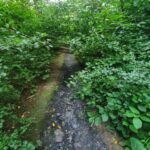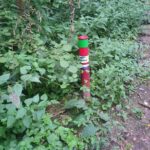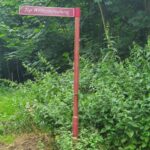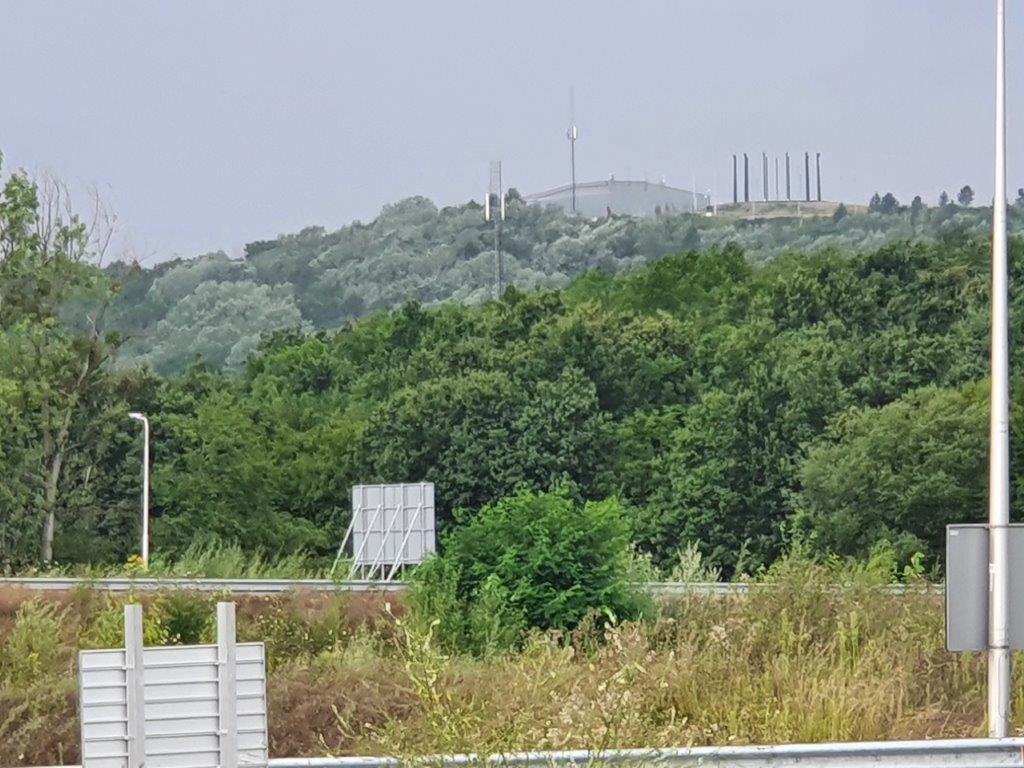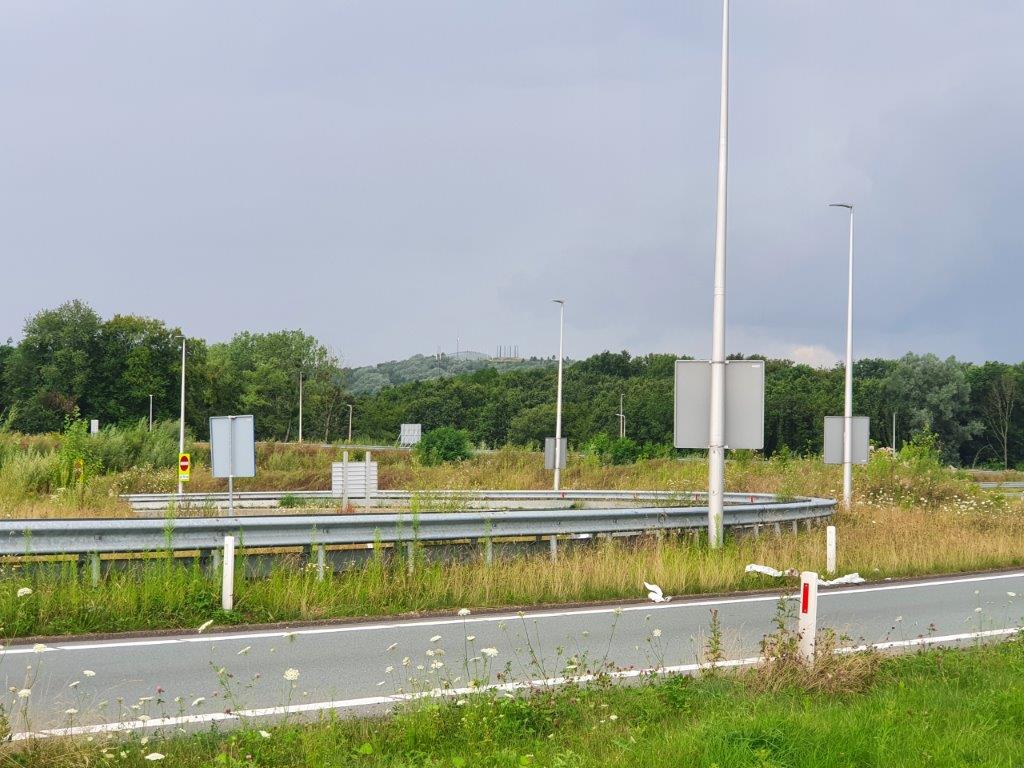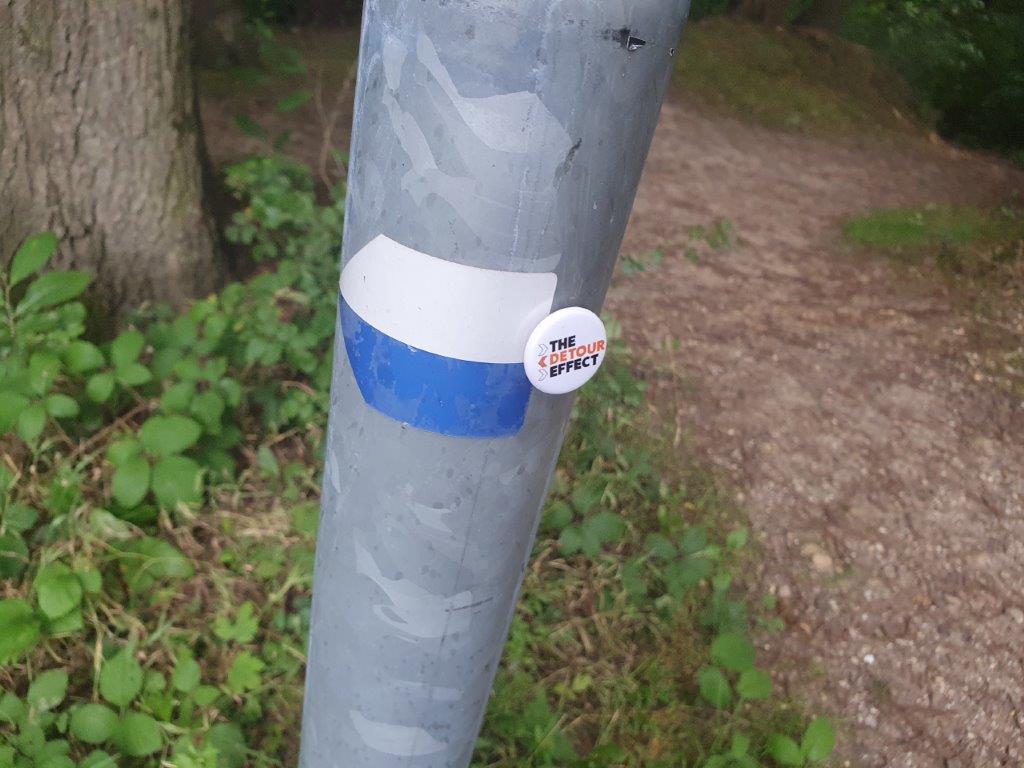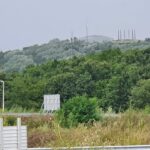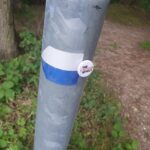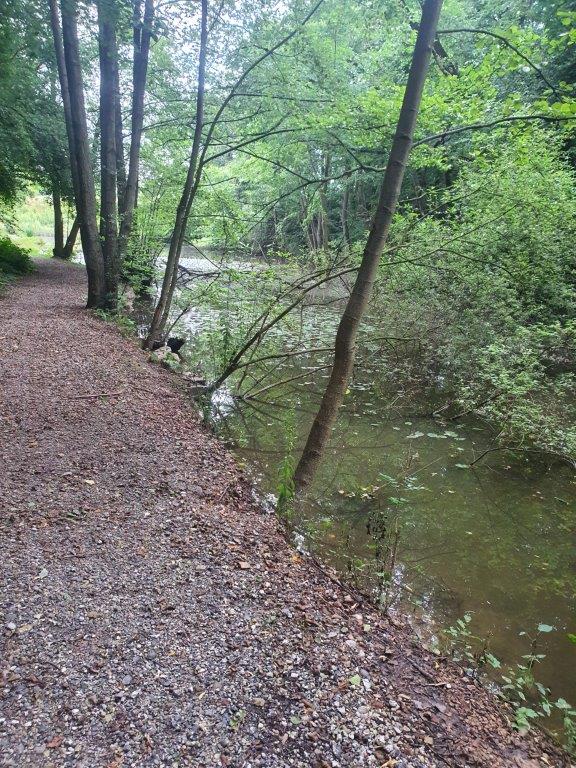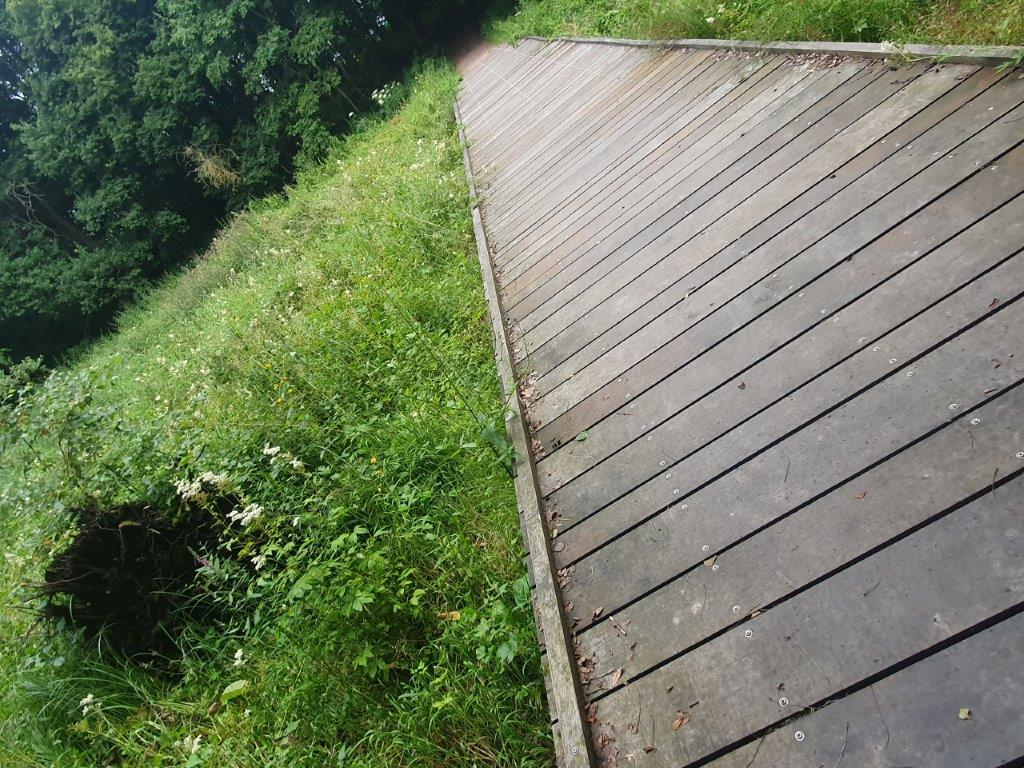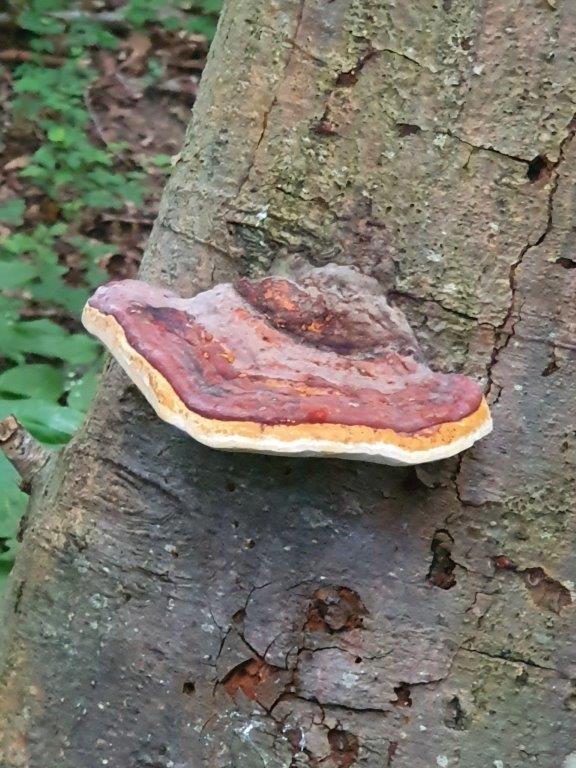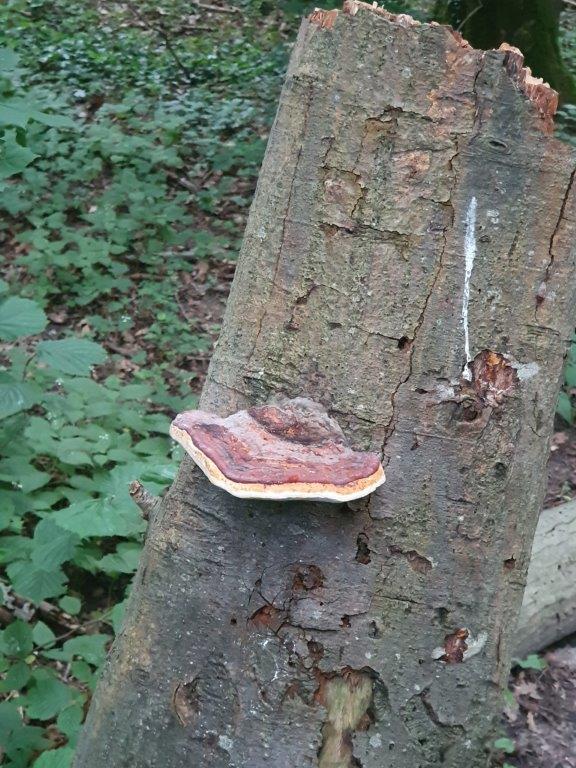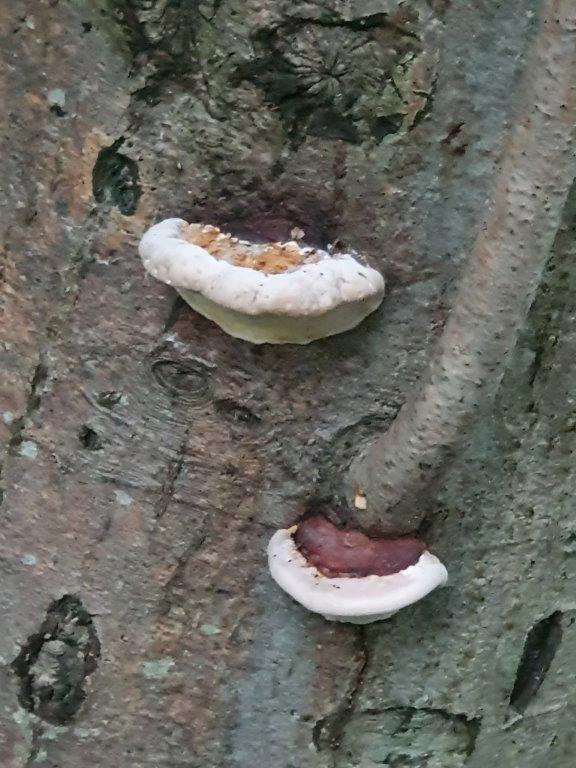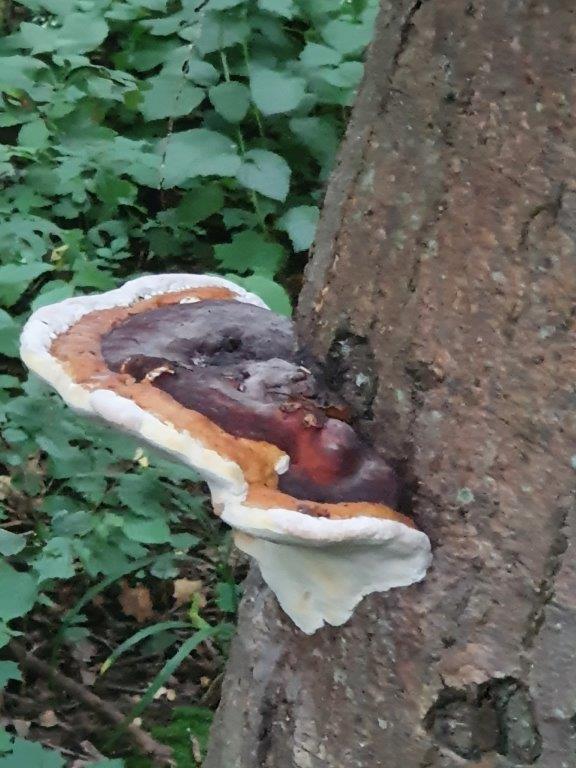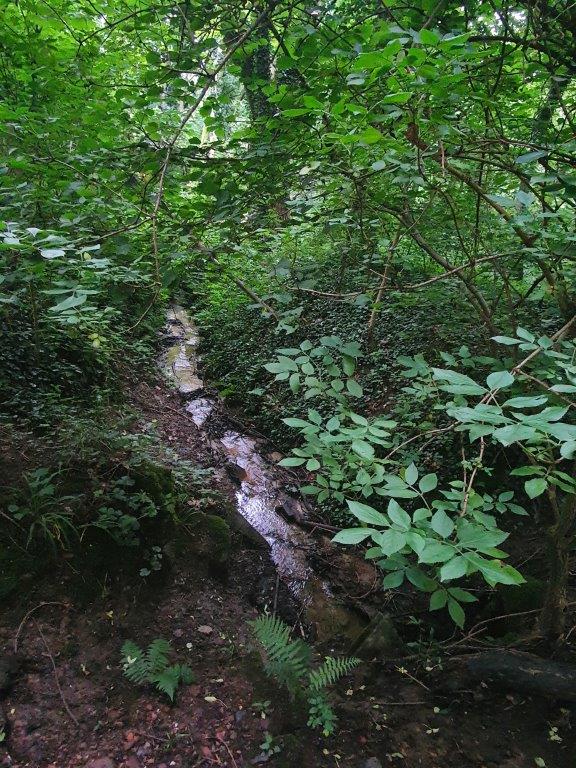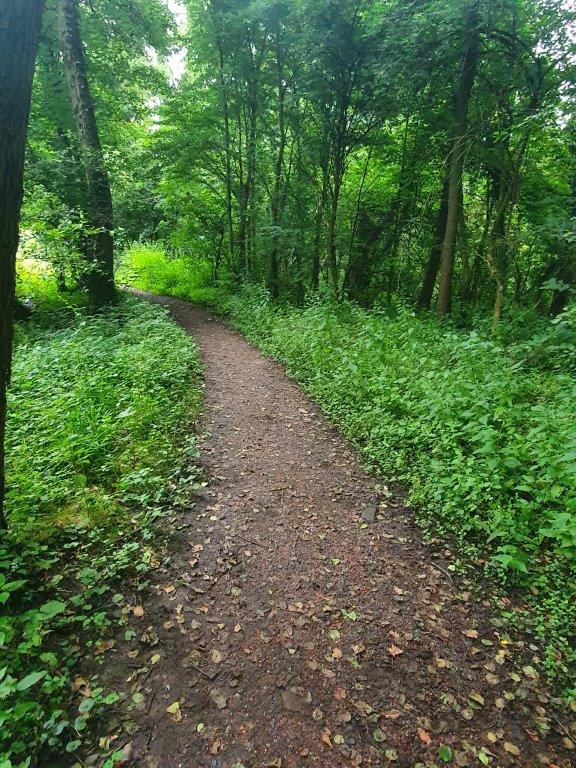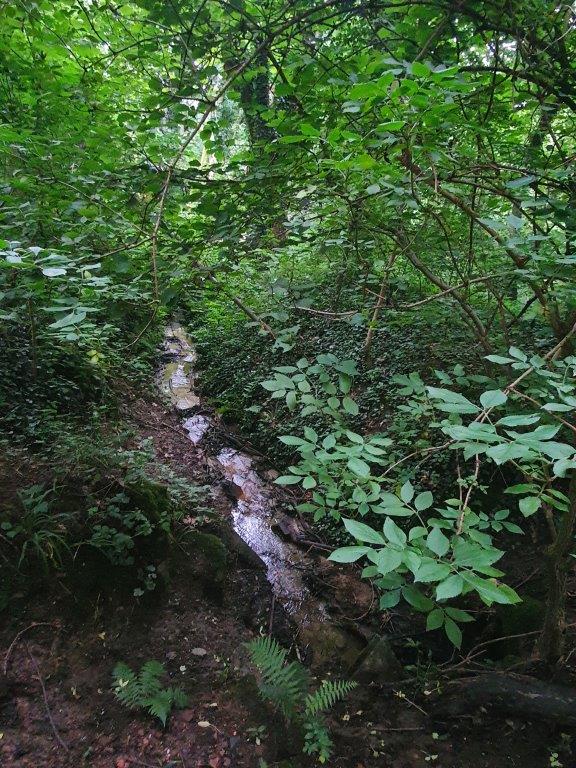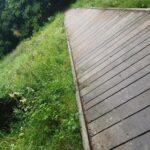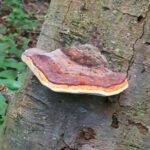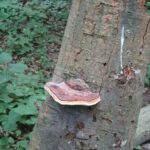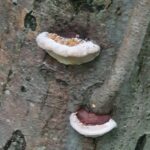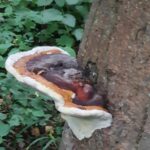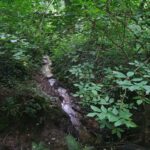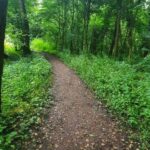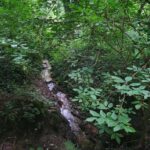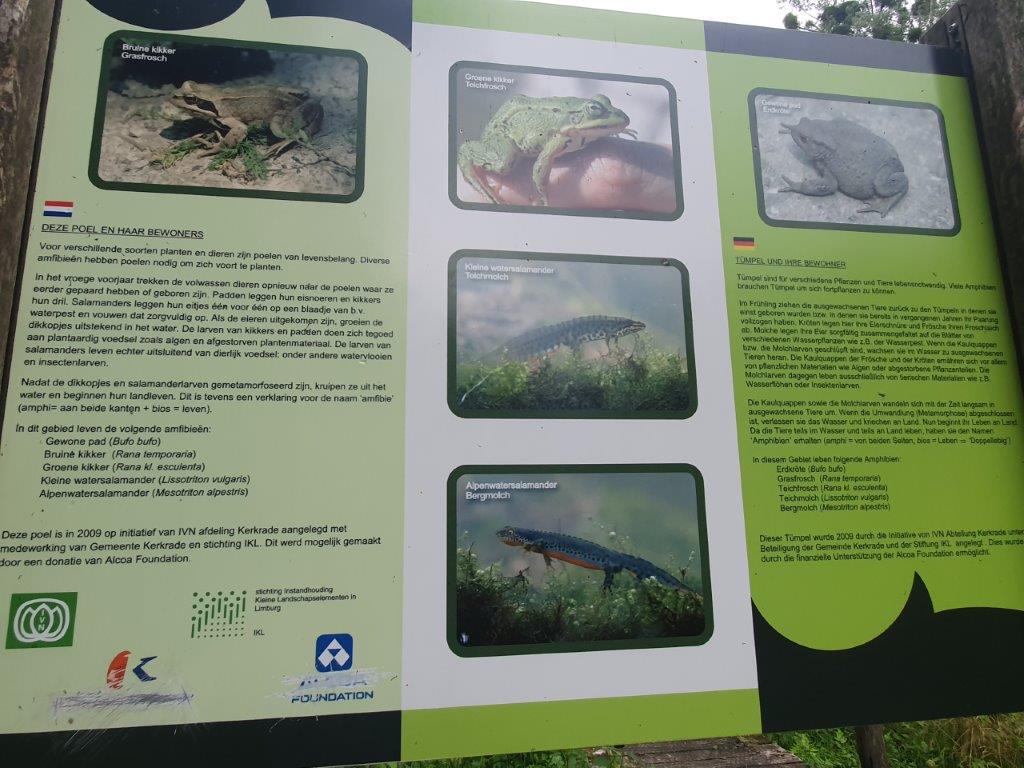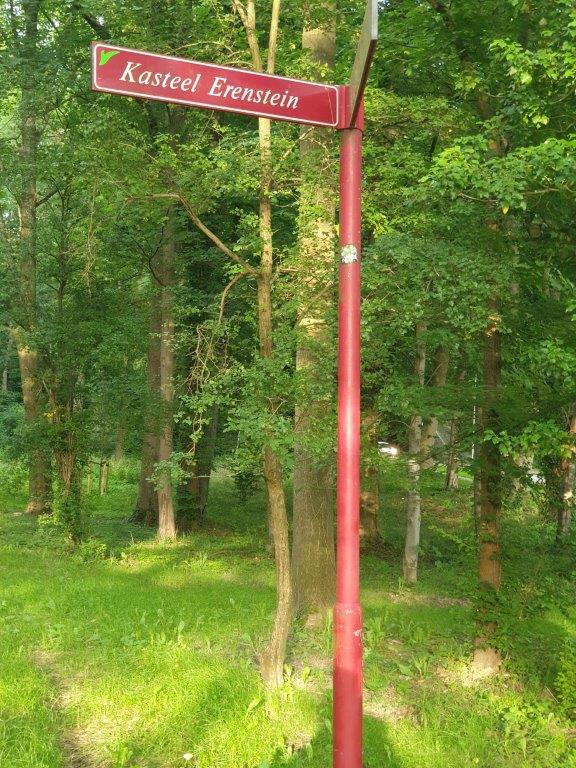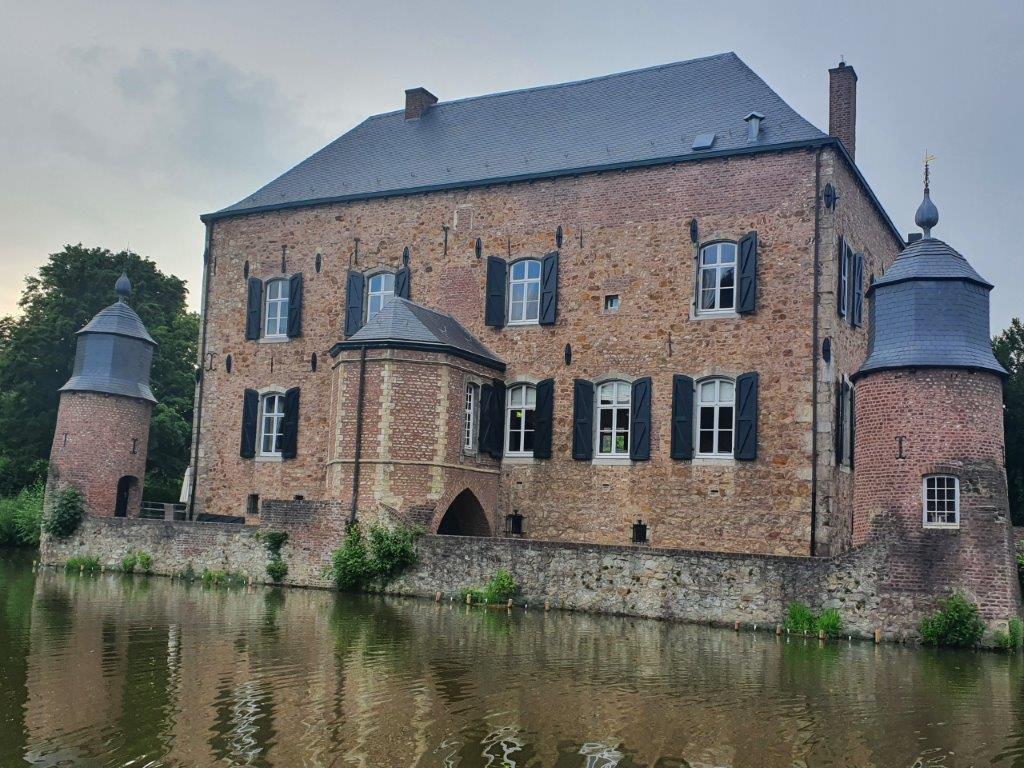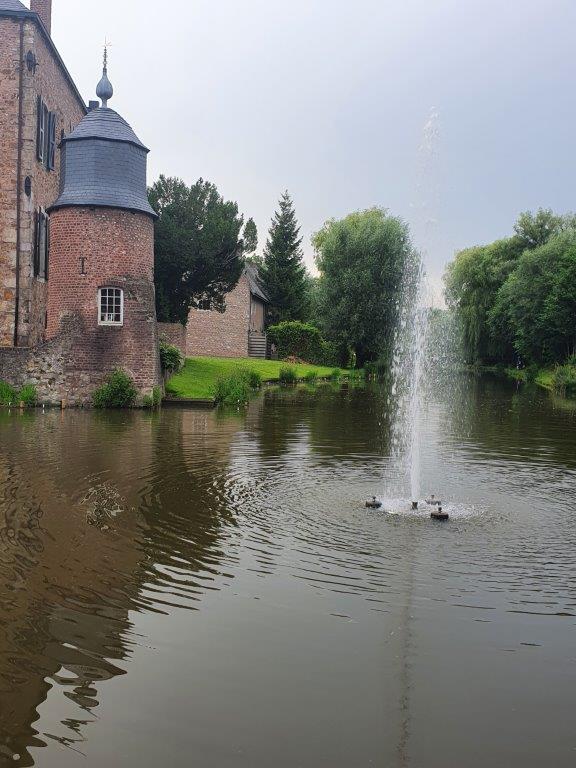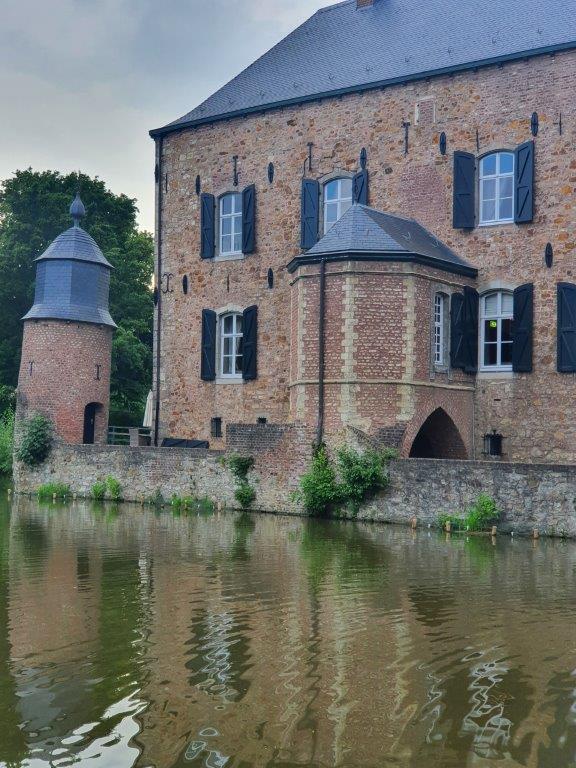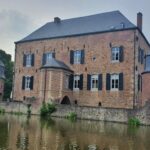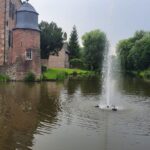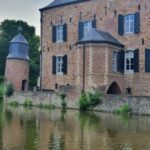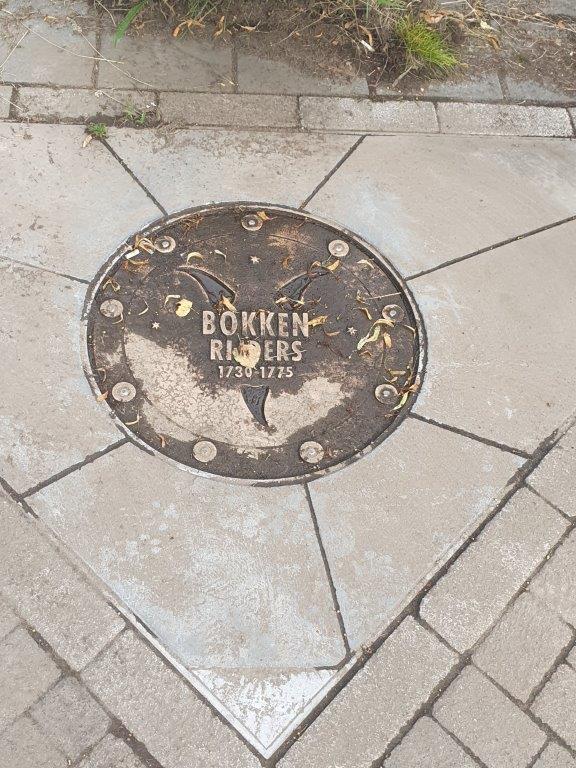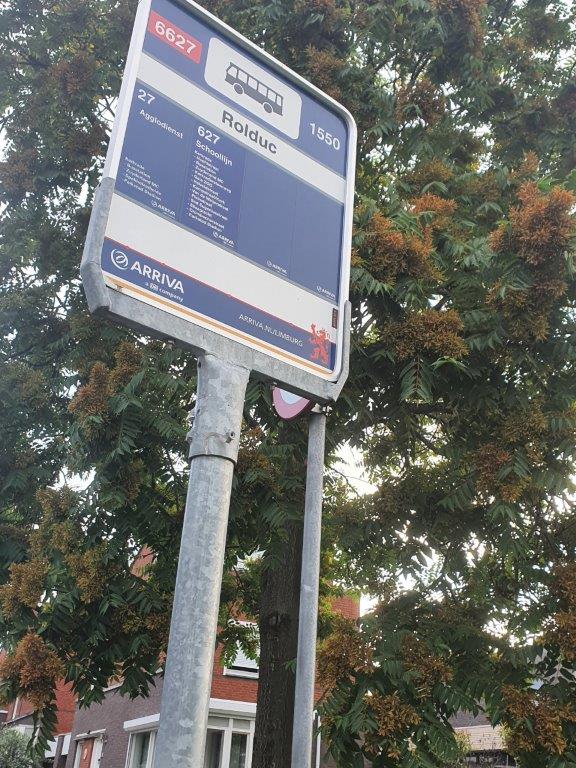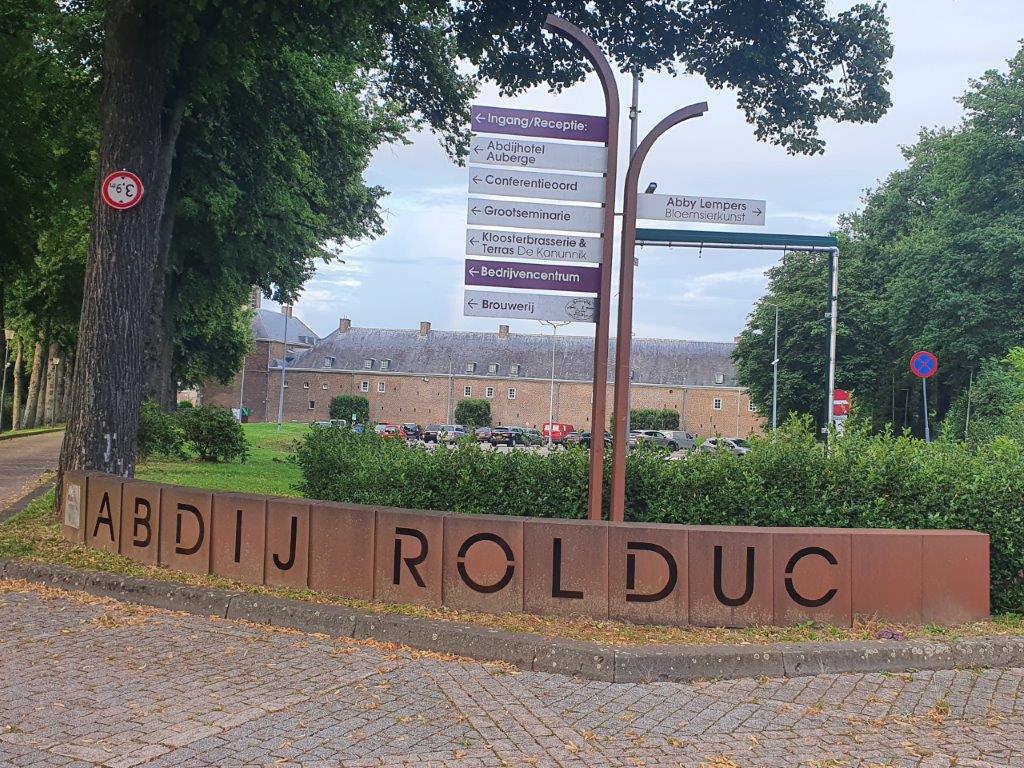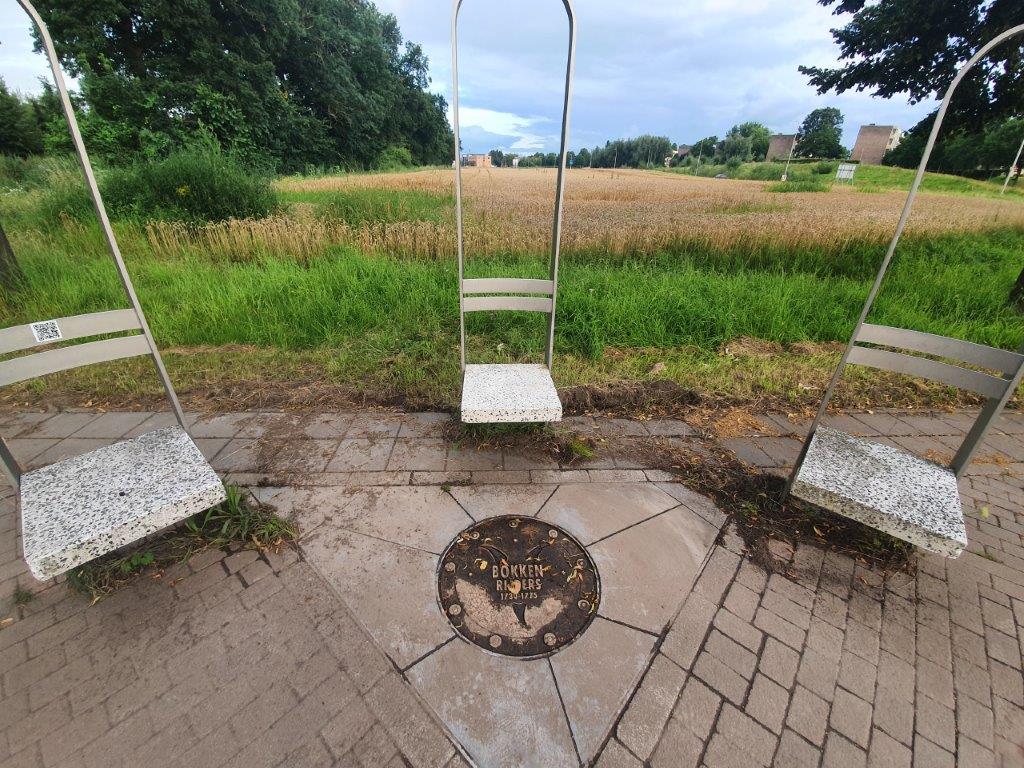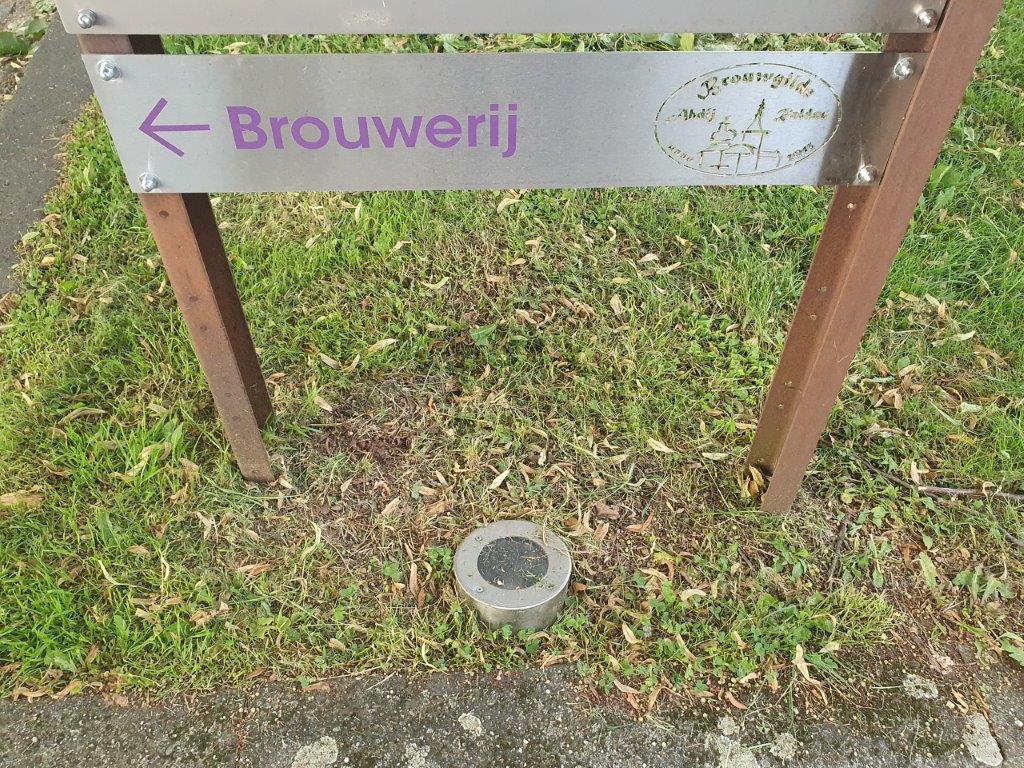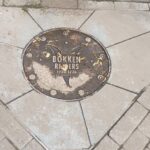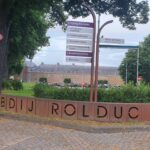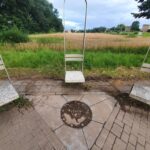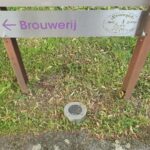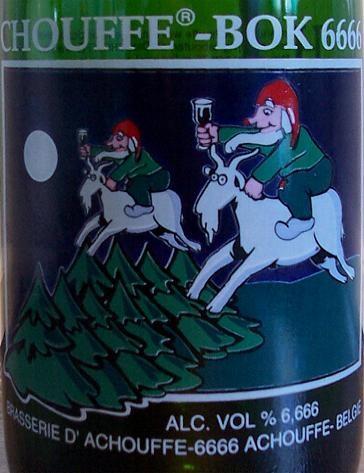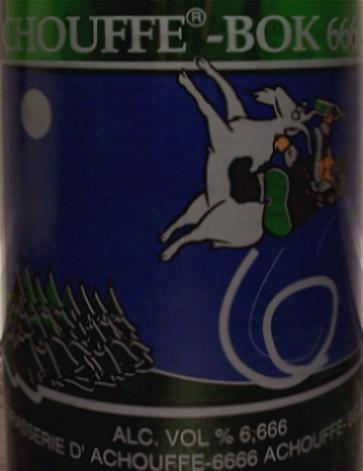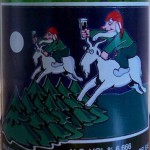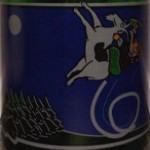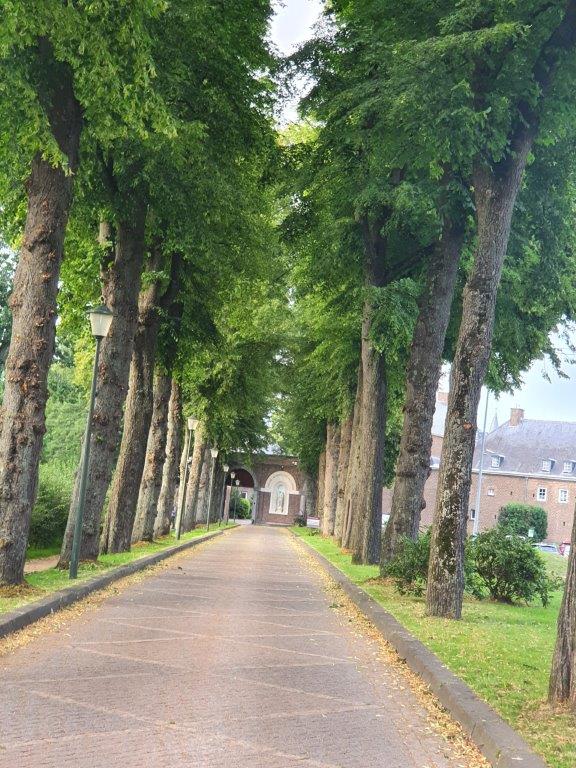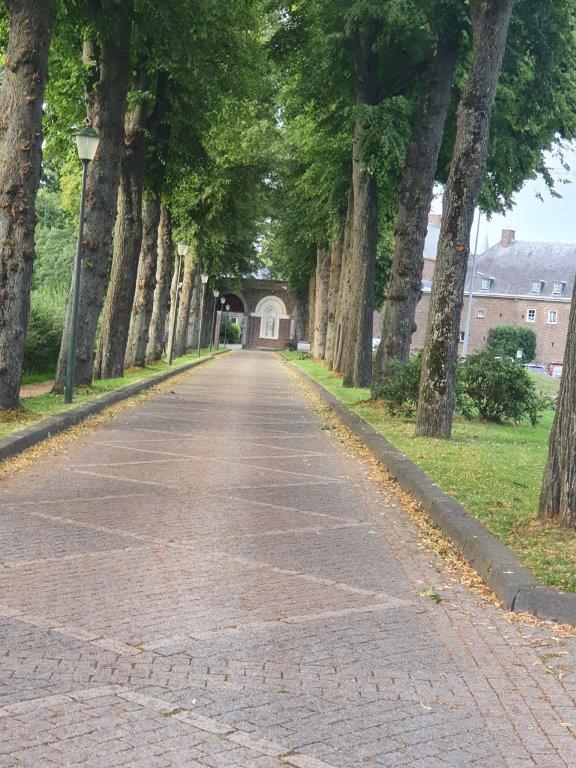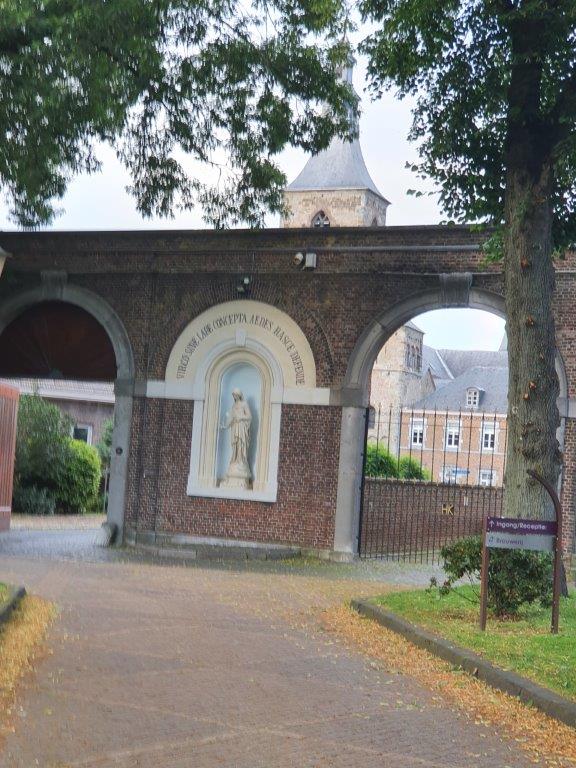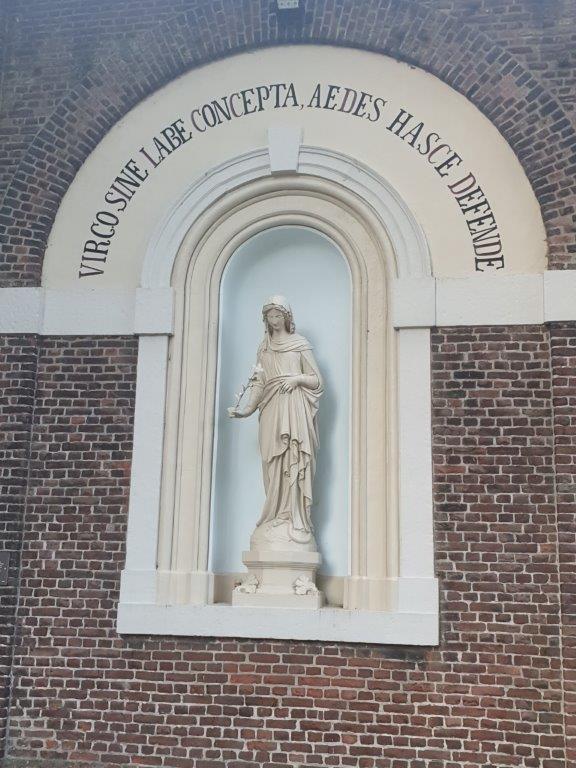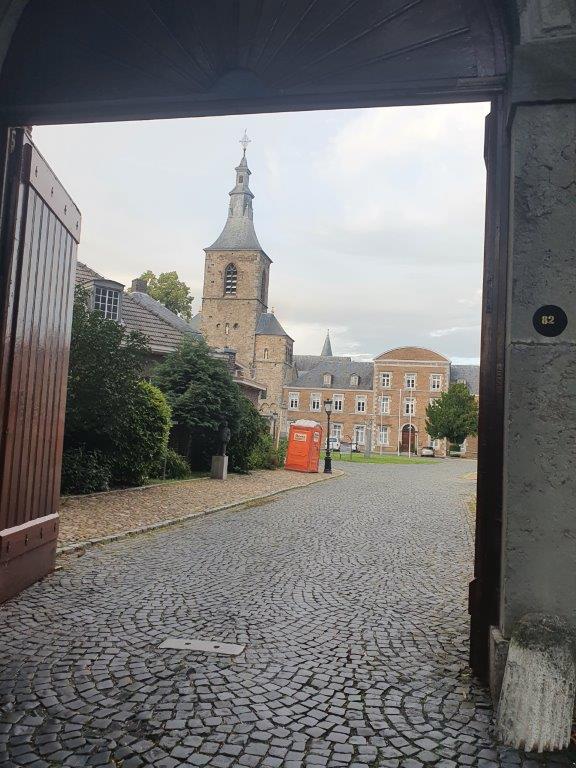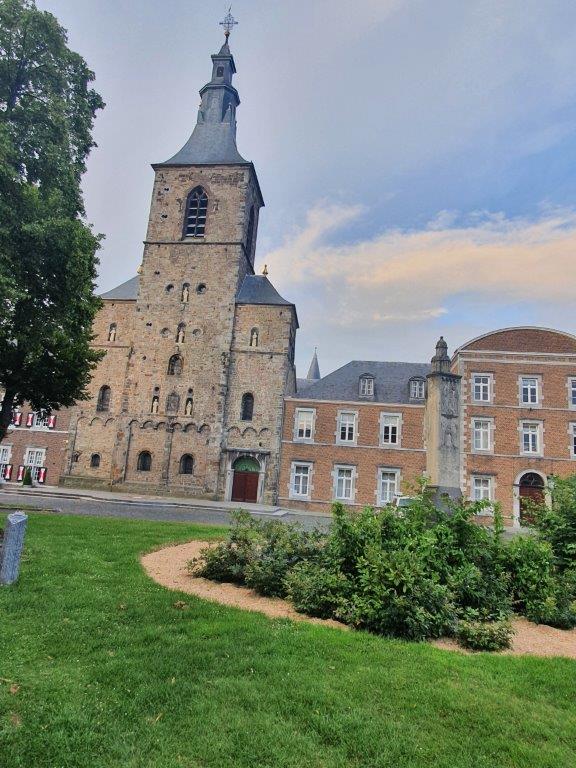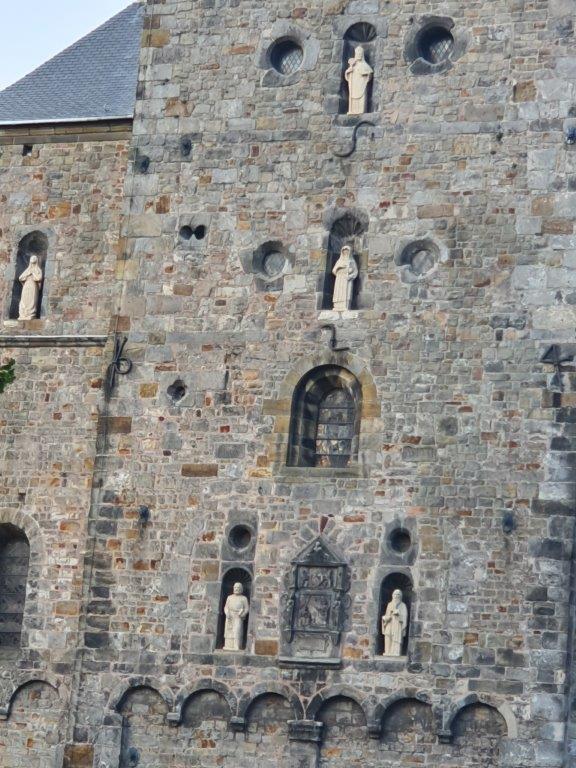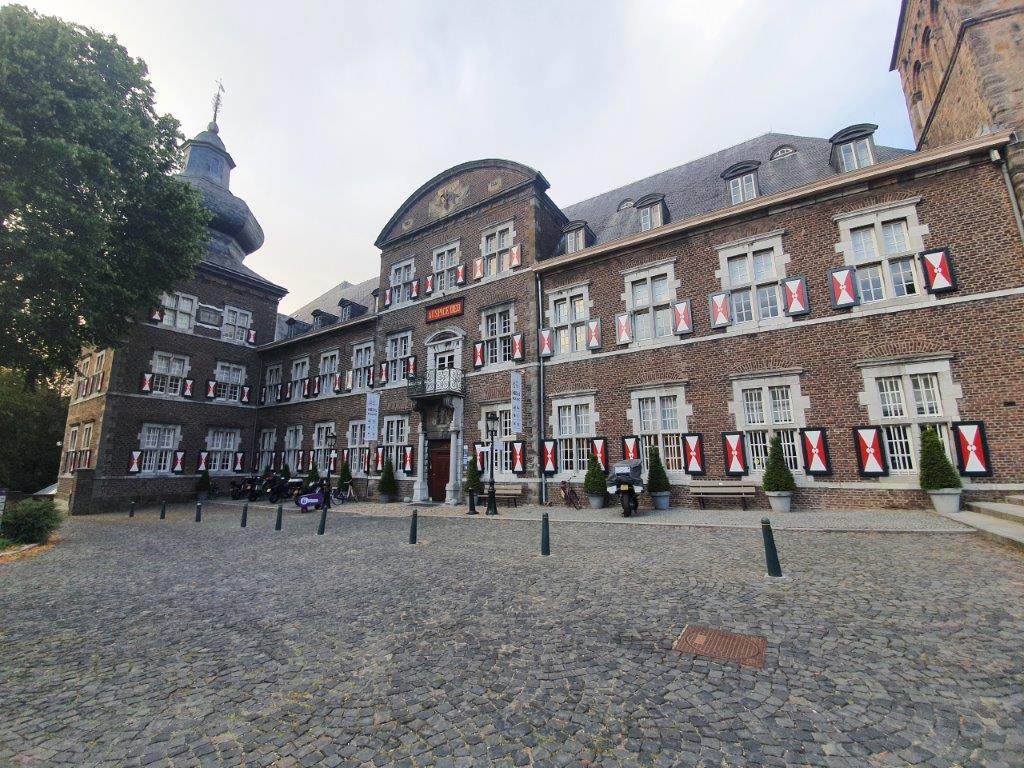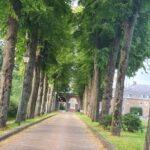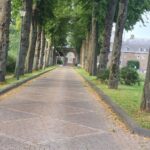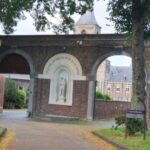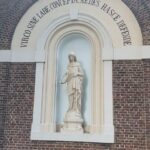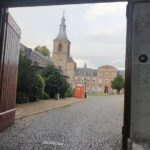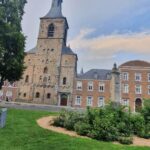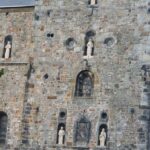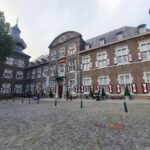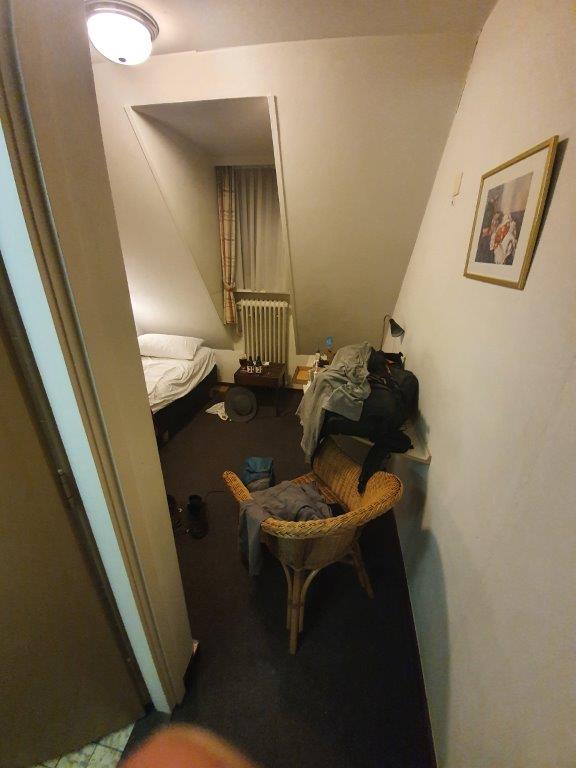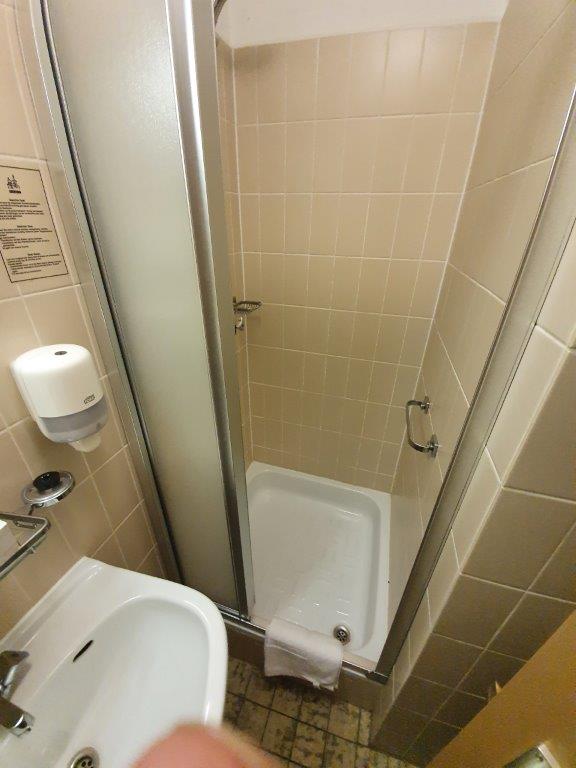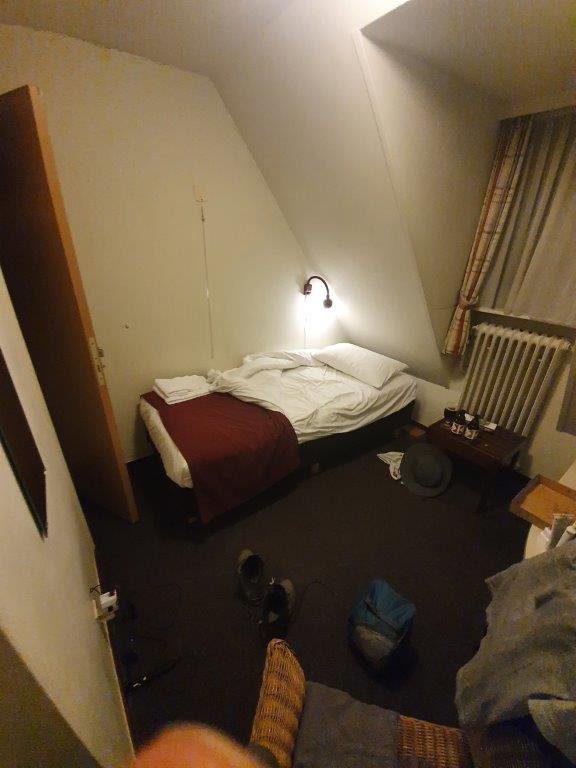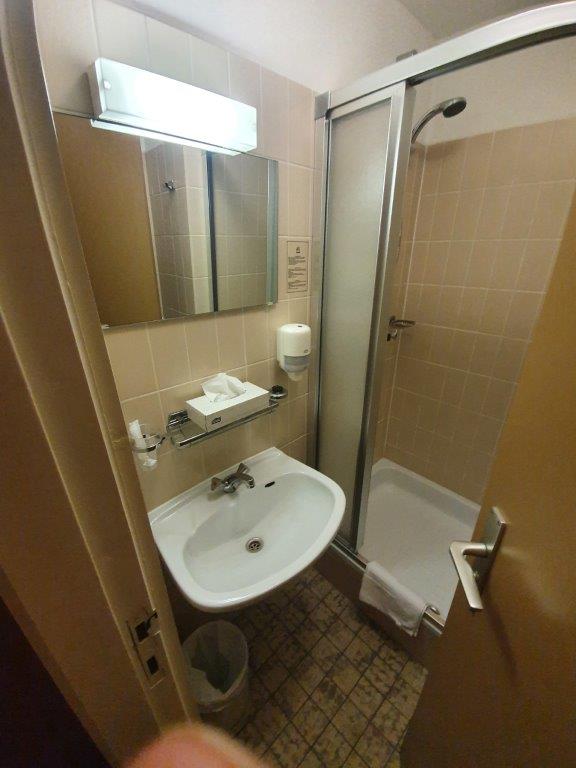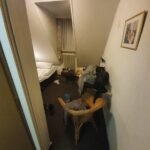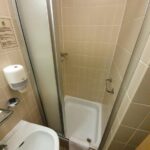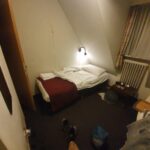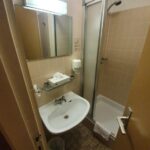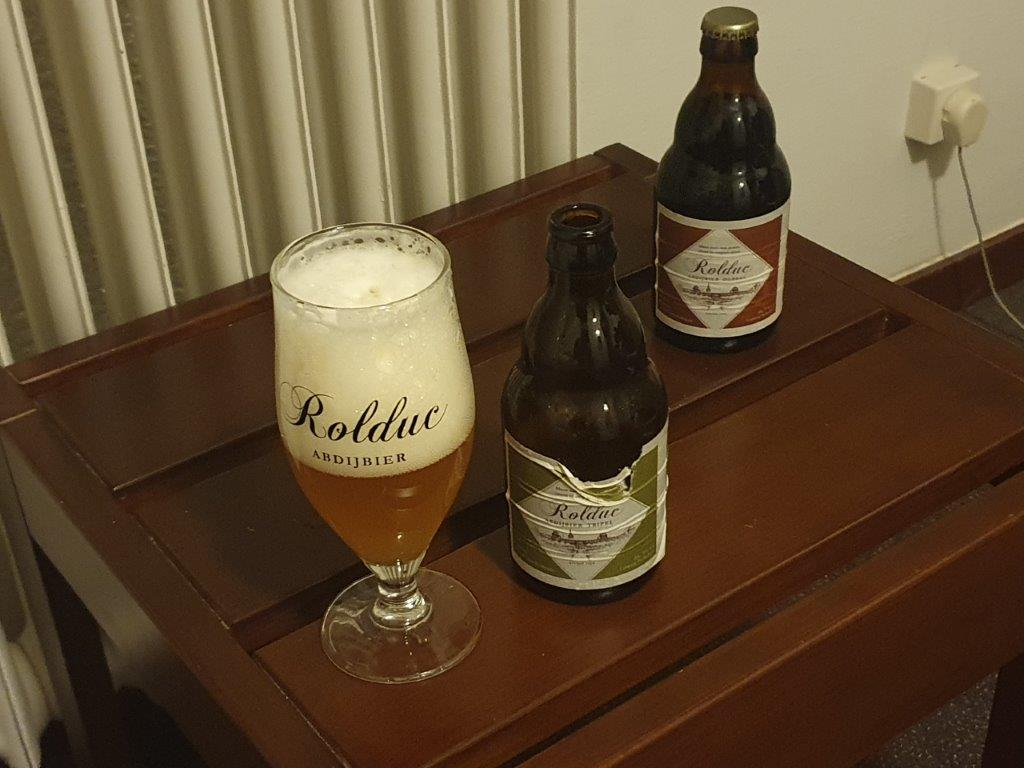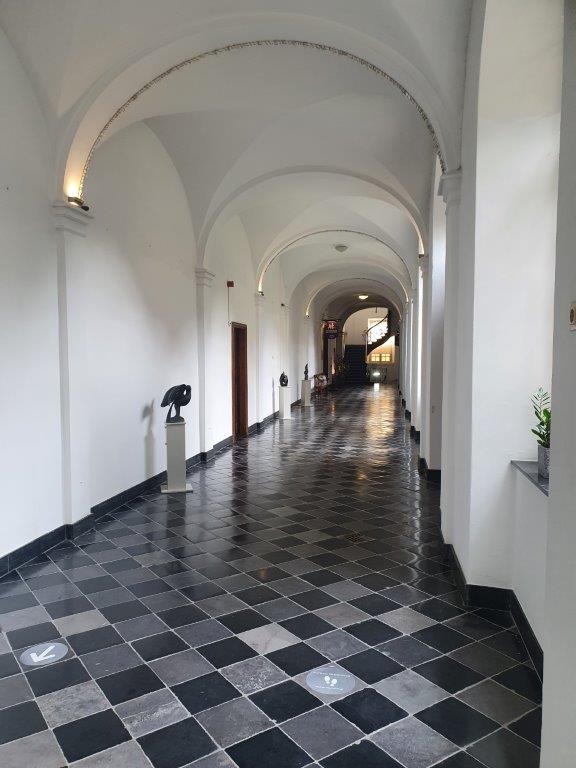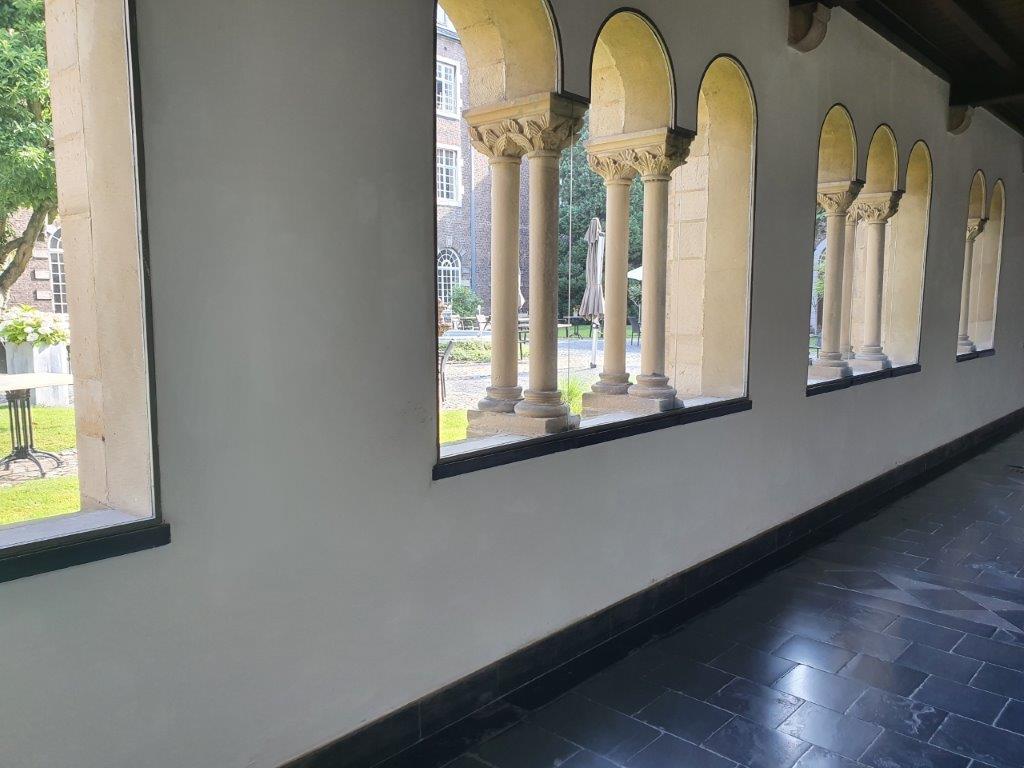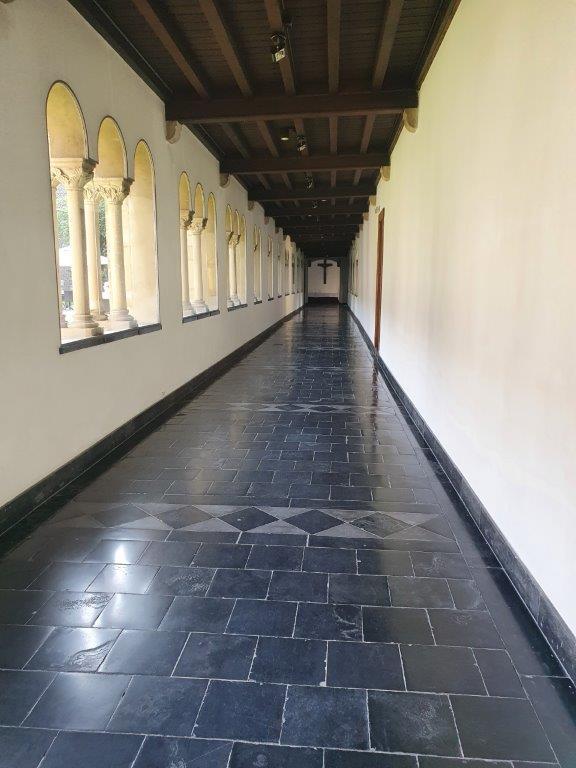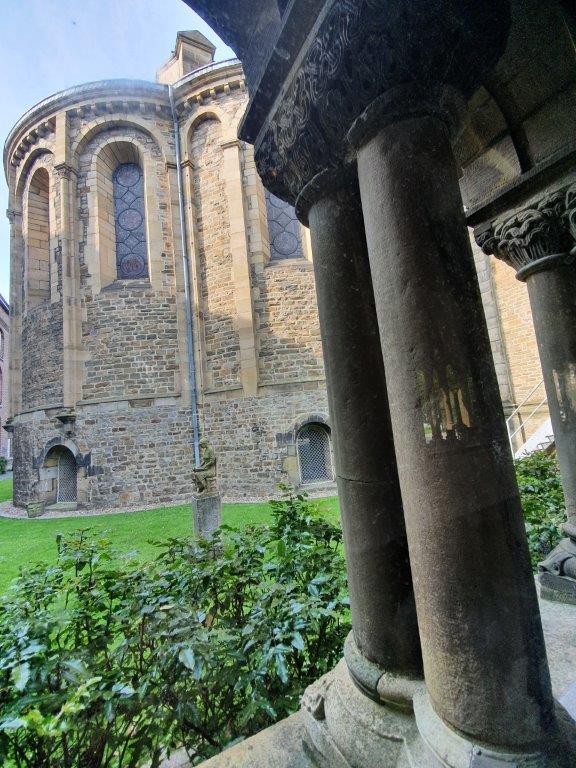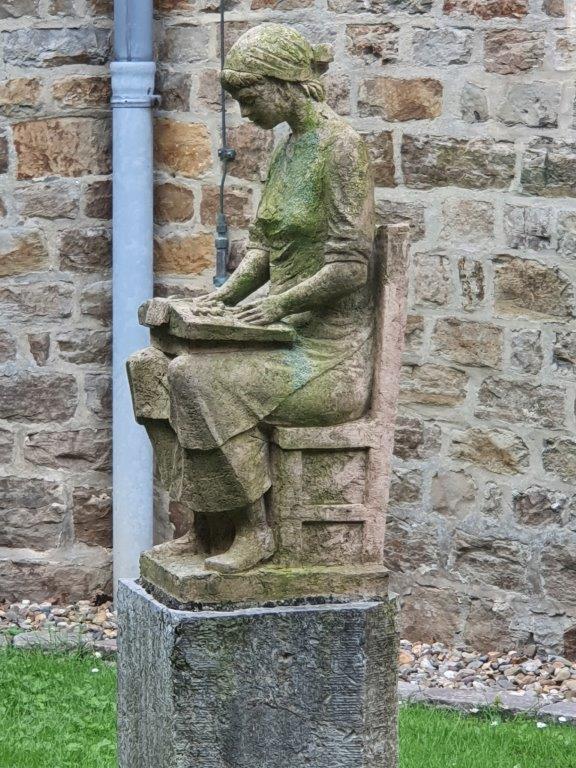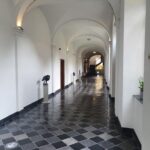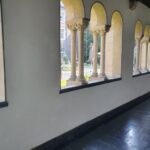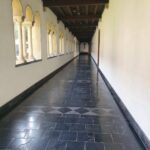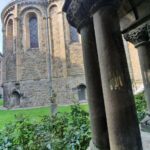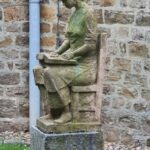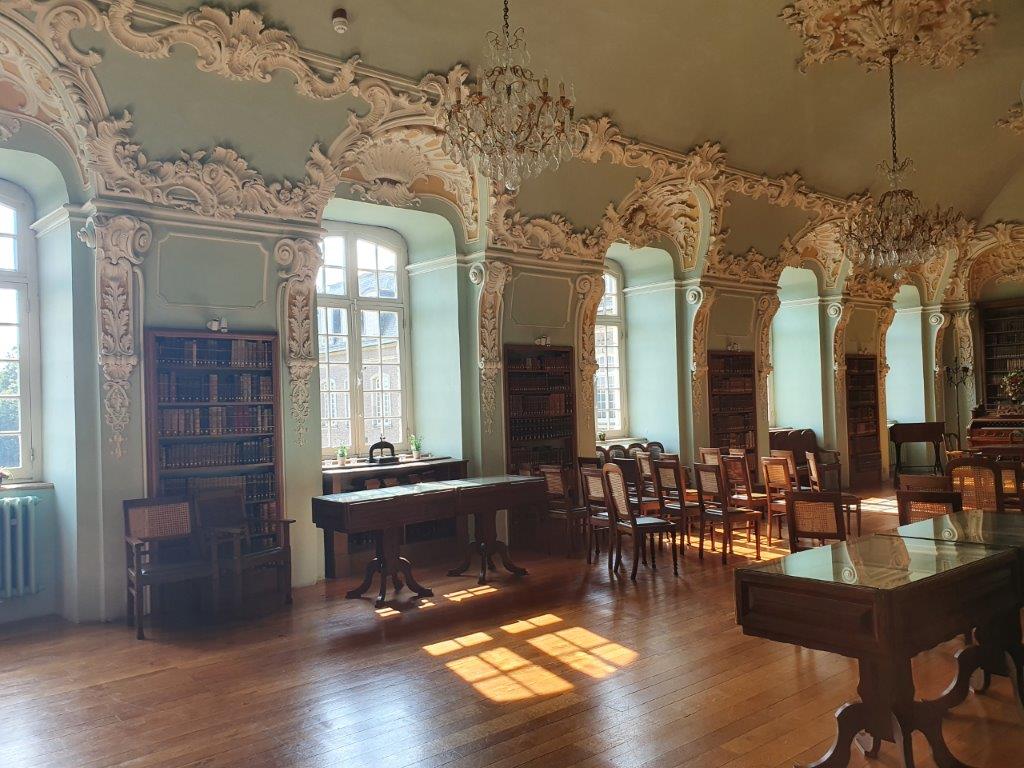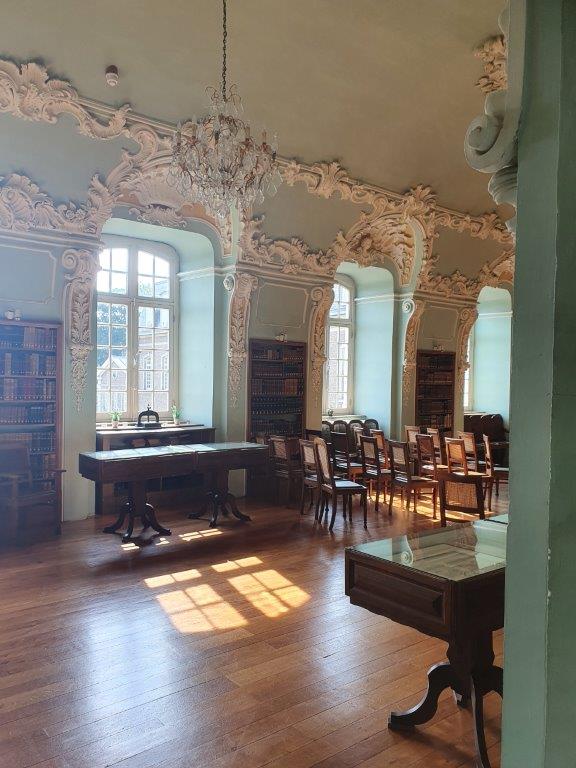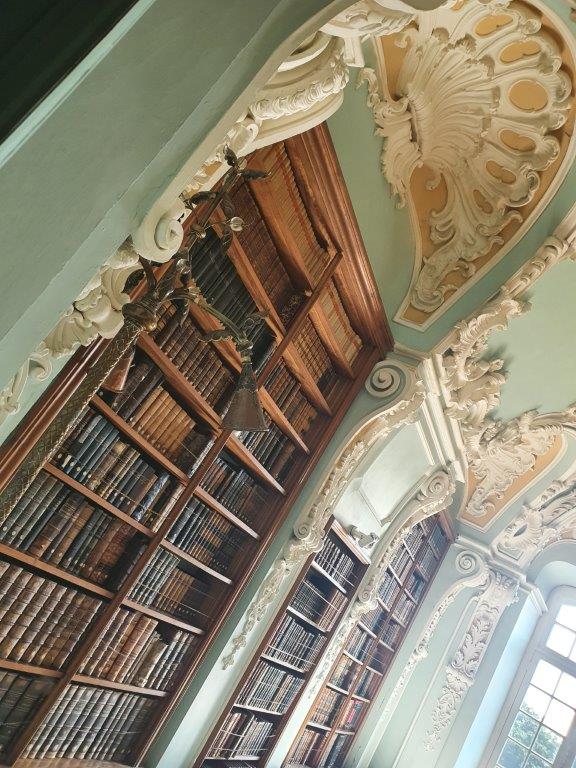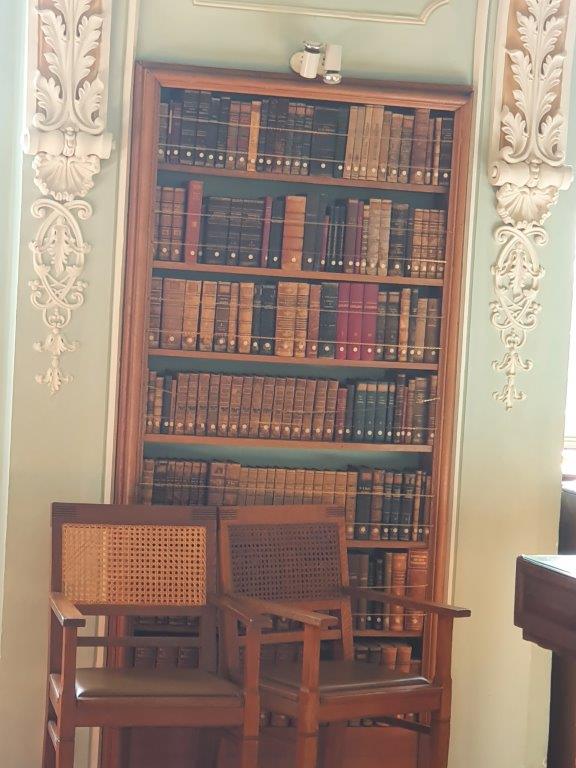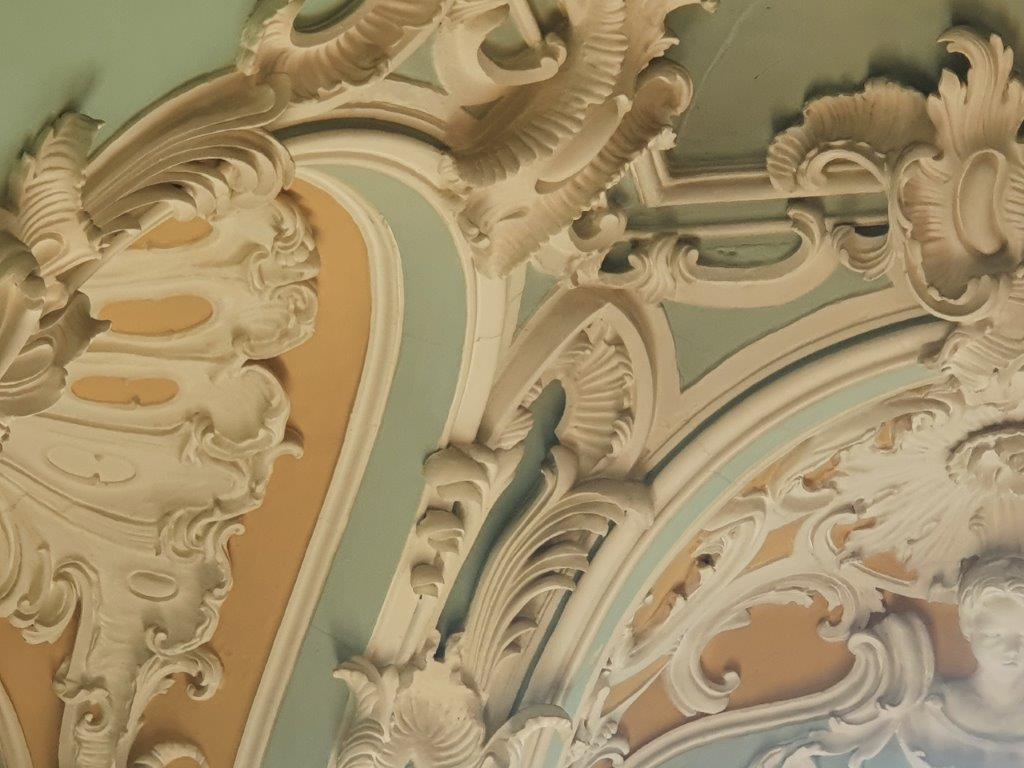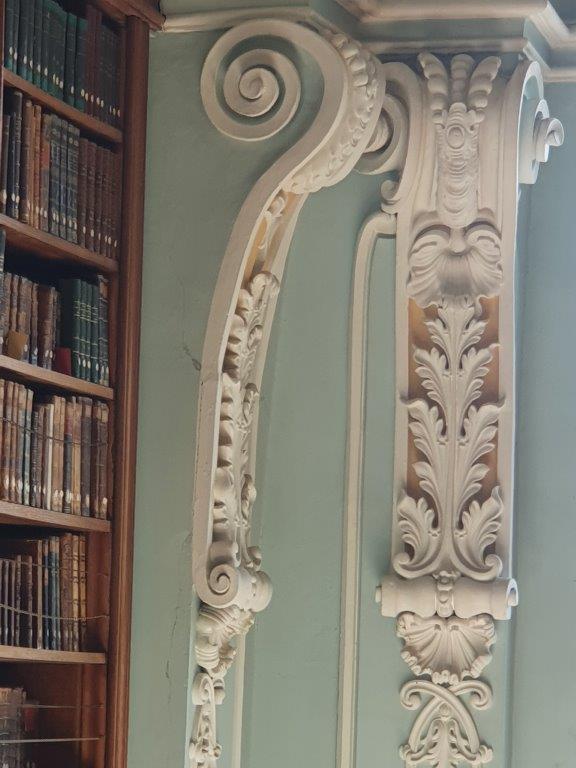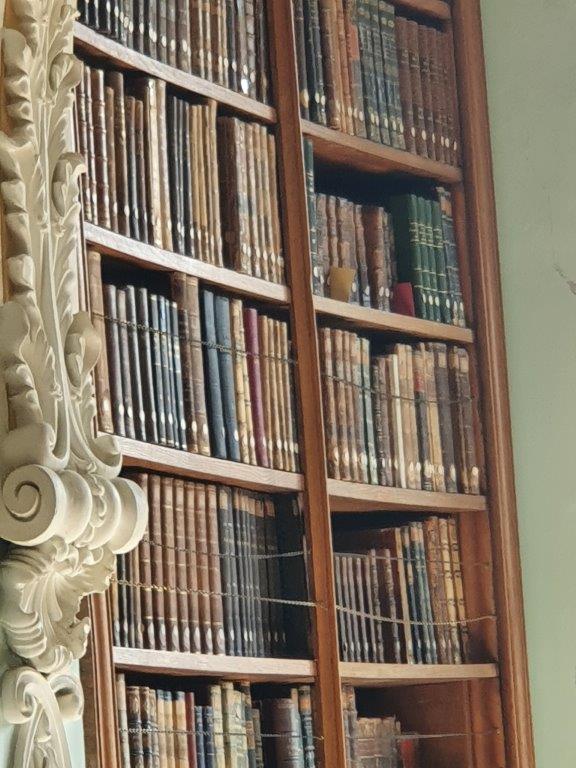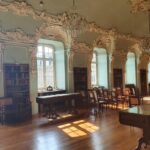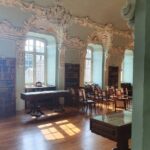Dutch Mountain Trail walk 1: Eijgelshoven – Kerkrade (14 km)
Early in the morning The Wandelgek received his 2nd vaccination against Covid. Then he went home to pickup his backpack and left for the railway station from where he took the train to what he thought was Eijgelshoven Station. But Eijgelshoven has 2 railway stations and The Wandelgek ended up at the wrong one at Eijgelshoven Markt (Eijgelshoven Market). It just didn’t occur to him that such a small village would possibly have 2 railway stations?.
From there it was an additional 3 kilometers to reach the trailhead at Eijgelshoven Station. The Wandelgek was gonna do a thru hike to Maastricht but in a timespan of 12 days (instead of the 4 that are suggested for the trail). He planned to have multiple day stops at several locations, to add local walks and outings. These local walks than could be done without the large backpack which weighed 18 kilo, without water. Additionally there was a 3 liter bag of water too.
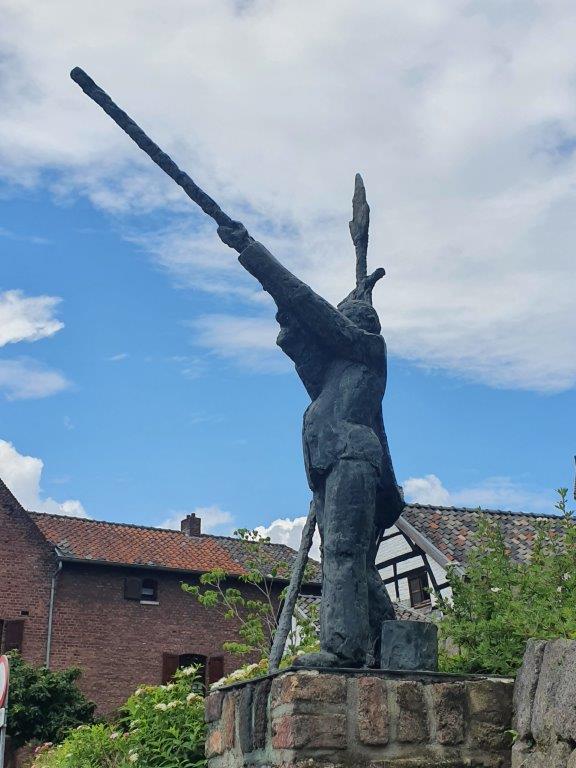
The folkloric militias, guilds and fraternities arose from the historical militias. Today they mainly have a social, cultural and touristic function in the province of Limburg.
The 6 kilometer walk through Eijgelshoven was quite entertaining though. The Wandelgek used google maps to lead him from one station to the other and it led him past some remains of this area’s mining industry past.
Then The Wandelgek started from the trailhead at Eijgelshoven station…
…and almost immediately left the paved road and entered through a wooden gate into a meadow like landscape. Leaving most traffic behind him.
The trail began easy and I was able to spare some time to film a snail crossing the path…
There were these white and blue markers to follow, but The Wandelgek had a paper trail guidebook and a gpx map on his phone to stay on track.
The trail followed a small stream (Strijthagerbeek) through a woody area, before it reached the 1st of the magnificent 7 summits; The Wilhelminaberg.
The Wilhelminaberg
The Wilhelminaberg slowly rose due to man’s mining activity. In this area of Zuid Limburg, a lot of coal was found and to excavate the coal, mines were dug or drilled in the ground. This led to a lot of stone rubble which had no economic value and was collected in areas near to the mine shafts. As the mines extended, these areas of stone rubble grew higher and changed into stone rubble hills. The Wilhelminaberg is such a stone rubble hill and it belonged to the Staatsmijn Wilhelmina (Wilhelmina State Mine) (1906-1969). The effort it takes to climb this hill, specially from the north side (where the most dangerous ascend/descend of the hill, in the form of mtb trails is also the route for the DMT trail to ascend), should give an idea of how many mine workers must have dug stones in these mines to create the vertical shafts and horizontal tunnels. The hill is 225 meters above NAP.
Just before the climb, a shallow brook has to be crossed.
Then the climb starts and was the steepest climb of all the seven summits. Combined with the wet shoes and a heavy (18 kilo) backpack it was difficult to climb, specifically the 1st part of the ascend.
A bit of illegal trespassing
Near the summit the climbs got less steep and the trail crossed and followed some mtb trails.
The summit had been barred by fences, but what the heck, that would not stop The Wandelgek now he had come this far. He searched a bit and found a gap in the fence.
Anyway: the gap looked like it was used before.
On its summit, a work of art which uses light, was created by artist Har Hollands.
From the top The Wandelgek had a panoramic view over the surrounding urban area of Heerlen and the former mine region. The mine shafts are gone, but all around are the mine stone mountains (like The Wihelmina- berg), also those in Germany and even those in Belgium. The change of the world from “a black to a green economy”, meant that old mining properties were given a new destination, like the festival area for Pinkpop, the indoor ski tracks of Snowworld on The Wilhelminaberg and the Gaia Zoo in the direction of Kerkrade. The industrial past is almost forgotten, but now tourism blooms as never before.
After the descend of the Wilhelminaberg….
…, the trail briefly passes through the urban area of Heerlen, then crosses over a large highway and then skirts the Gaia Zoo area to follow into a forest area of the Anstel valley.
Through the Anstel valley flows the Dentgenbacherbeek and the Anstelerbeek (Anstel Stream). The 1st is a tributary of the 2nd and by following it, the trail leads to where they join.
The Anstelerbeek was also named Koelbaach (Koel = Mine) (Baach is derived from the German Bach meaning Beek in Dutch or Stream in English). The local dialects are a real mishmash of Dutch, German and French. The water of the Koelbaach was deep black. The surplus water from the local mine was discharged into the Koelbaach.
Then the trail turns south and passes Castle Erenstein.
At Erenstein Castle is the reservoir of Cranenweyer (the only water reservoir in The Netherlands) which was build after the mines were closed, to regulate waterlevels in the area and for recreational purposes too.
Castle Erenstein
Erenstein Castle is located north of hamlet Ham in the municipality of Kerkrade in Dutch Limburg in the Anstel valley. Erenstein is a corruption of the family name Van Ederen, as it was also used by knight Adam van Ederen. The addition stein means ‘fortified stone house’. ‘Ederen’ was shortened to ‘Eren’ almost immediately.
The castle was built in the first half of the 14th century (1340). Other sources mention the year of construction as 1396.
Near the castle, The Wandelgek left the trail to cross the city of Kerkrade to reach the Monastery of Rolduc, where he would spend the night. Another deviation.
The Abbey of Rolduc
At the entrance of the Abbey, were several locations with chairs where you could sit down and listen to a story about the history of the Abbey or the area. One of those was dedicated to a famous legend of The Buckriders…
Bokkerijders (buckriders or billy goat riders)
This is something that The Wandelgek yearned to write about for a very long time and now the opportunity presents itself.
The area of the old Duchy of Limbourg was in medieval times drenched with ancient fairy tales, legends, sagas and myths. One of these legends was that of the Buckriders. The Buckriders (Dutch: Bokkenrijders, French: Les Chevaliers du Bouc) are a part of Belgian and Dutch folklore. They are ghosts or demons, who rode through the sky on the back of flying goats provided to them by a demon.
Later in the 18th century however, groups of thieves and other criminals co-opted the belief to frighten the inhabitants of southern Limburg, a province in the southern part of the Netherlands and eastern Belgium. Using the name “Bokkenrijders”, these criminal bands launched raids across a region that includes southern Limburg, and parts of Germany and the Netherlands (parts of which were a part of the Southern Netherlands, nowadays Belgium). Commonly, the “Bokkenrijders” raided peaceful communities and farms. Several confessed “Bokkenrijders” were convicted and sentenced to death. Because of the link to the occult, authorities accused a large number of potentially innocent men of being “Bokkenrijders” and a number were tortured and subsequently convicted of crimes they denied having committed.
The fact that the buckriders were tried and prosecuted for their pact with the devil, resembles the witch-hunts during the Early Modern Period. Historians place these buckrider-hunts alongside other prosecuted ‘godless’ people: heretics and witches. These kinds of ruthless and fullscale trials last took place in Limburg.
Most of the crimes they were accused of, buckrider gangmembers never performed (such as the pact with the devil). There never was an organized central buckriders gang, but small separate groups.
Even nowadays the legend of the Buckriders can be found in movies and television series, several locations where statues can be found, in a themepark or even in commercial expressions. E.g.: the dutch themepark of The Efteling has a major attraction build upon this legend. It is named Villa Volta and the Buckriders.
Another example are the beerbottle labels by famous Belgian specialty beer Chouffe. Lots of those feature Chouffe gnomes as buckriders. Read more: La Chouffe/McChouffe/Chouffe Bok 6666
Abbey of Rolduc
Rolduc is the name of a medieval abbey located on the edge of the town of Kerkrade in the far south-east of the Netherlands. It is today a Roman Catholic seminary with an affiliated conference center. The abbey is a rijksmonument (Dutch national heritage site). It features on the official list of 100 top Dutch heritage sites, drawn up in 1990 by what is today the Rijksdienst voor het Cultureel Erfgoed (National Cultural Heritage Service).
History
In 1104, a young priest by the name of Ailbertus of Antoing founded an Augustinian abbey in the Land of Rode, near the river Wurm. The abbey was called Kloosterrade, which later became ‘s-Hertogenrade (in French: Rode-le-Duc or Rolduc), after the ducal castle that was built across the Wurm. Ailbertus died in 1111 and his bones were later interred in the crypt. In 1136 the land of Rode, including the abbey, became the property of the Duchy of Limburg. Kloosterrade was considered to be their family church. Several dukes of Limburg are buried at Rolduc, such as Walram III, whose cenotaph can be found in the nave of the church. During the 12th and 13th century the abbey flourished. Several other communities were founded by Kloosterrade. In 1250 the abbey owned more than 3,000 hectares of land.
During the 14th, 15th and 16th centuries times were harder for the abbey in both spiritual and material terms. The buildings were heavily damaged during the Eighty Years War. Materialistically, the abbey began to prosper again in the late 17th century when revenue was generated from the exploitation of coal mines. In around 1775, Rolduc employed 350 miners.
The abbey was dissolved by the French in 1796 and the buildings was not used for 35 years. In 1815, when the Kingdom of the Netherlands was formed (see Vienna Congress), the border was drawn through the ancient land of Rode, separating the abbey from the castle. The eastern part (including the castle) became Prussian Herzogenrath and the western part (including the abbey) became part of the Dutch municipality of Kerkrade.
In the 19th century Rolduc became a famous boarding school run by Jesuits, and a seminary of the Diocese of Roermond. Many influential Dutch Roman Catholics (e.g. the writer Lodewijk van Deyssel and the social reformer Alphons Ariëns) were educated at Rolduc.
The former abbey is now a secondary school (Charlemagne College, formerly College Rolduc), a Roman Catholic seminary, and the Rolduc Congress Center.
The hotel
There’s a hotel in the Abbey too and The Wandelgek had booked a room there.
He arrived late though and the restaurant was closed. So he ordered a pizza at the local Dominos instead…
…and a few beers from the reception area. This abbey did have a brewery on its premises in 1146, but nowadays the Rolduc Abbey beer has been brewed by De Proefbrouwerij (test brewery) in Lochristi (Belgium) since 2002 on behalf of the operators of the catering section within Rolduc. This abbey beer, apart from the name, has nothing to do with the abbey Rolduc.
Abdijbier Rolduc Dubbel (Abbey Beer Rolduc Brune)
This top-fermented Abbey beer Dubbel of 7% invites you to enjoy. The beautiful dark color refers to the monk’s habit and the taste is full and rounded with notes of coffee and dark chocolate. Abbey beer Rolduc Dubbel tastes great with more powerful dishes such as roast pork, satay or sweet dishes with dark chocolate or brownies.
Abdijbier Rolduc Tripel (Abbey Beer Rolduc Triple)
A triple with aromas of ripe yellow fruit that are reflected in the taste. The fruity tones combined with a slightly bitter aftertaste bring this special beer into balance.
After a good night’s rest, The Wandelgek had breakfast at the Abbey and asked whether it was possible to visit the extraordinary library. He was allowed to have a peek…
The cloisters and the library
The cloisters are largely 18th century.
The abbey has a richly decorated Rococo library with an important collection of books. During the Middle Ages, the Rolduc library was one of the most famous libraries in the Meuse region. The history of the abbey was recorded in the so-called Annales Rodenses, a chronicle about the years 1104 through 1157.


